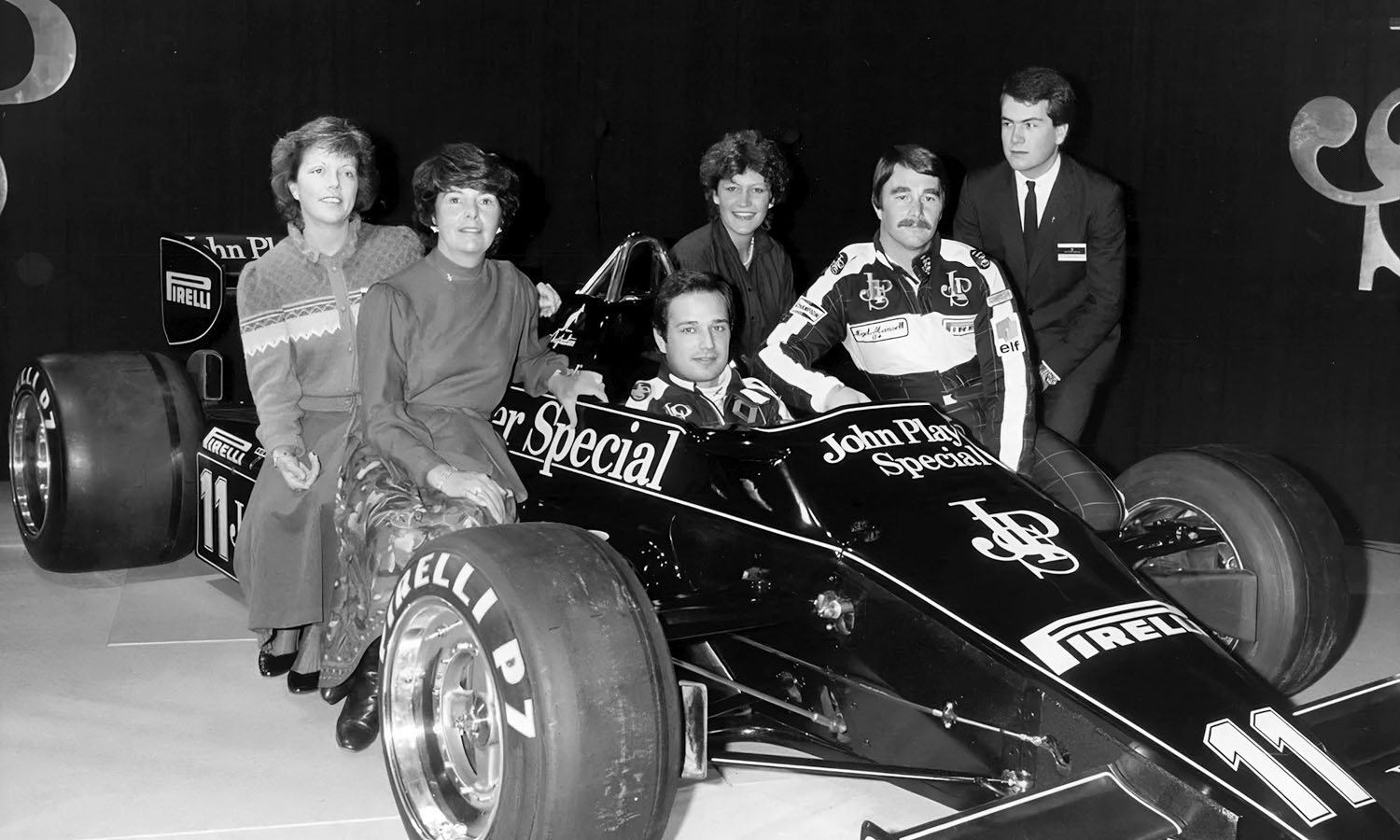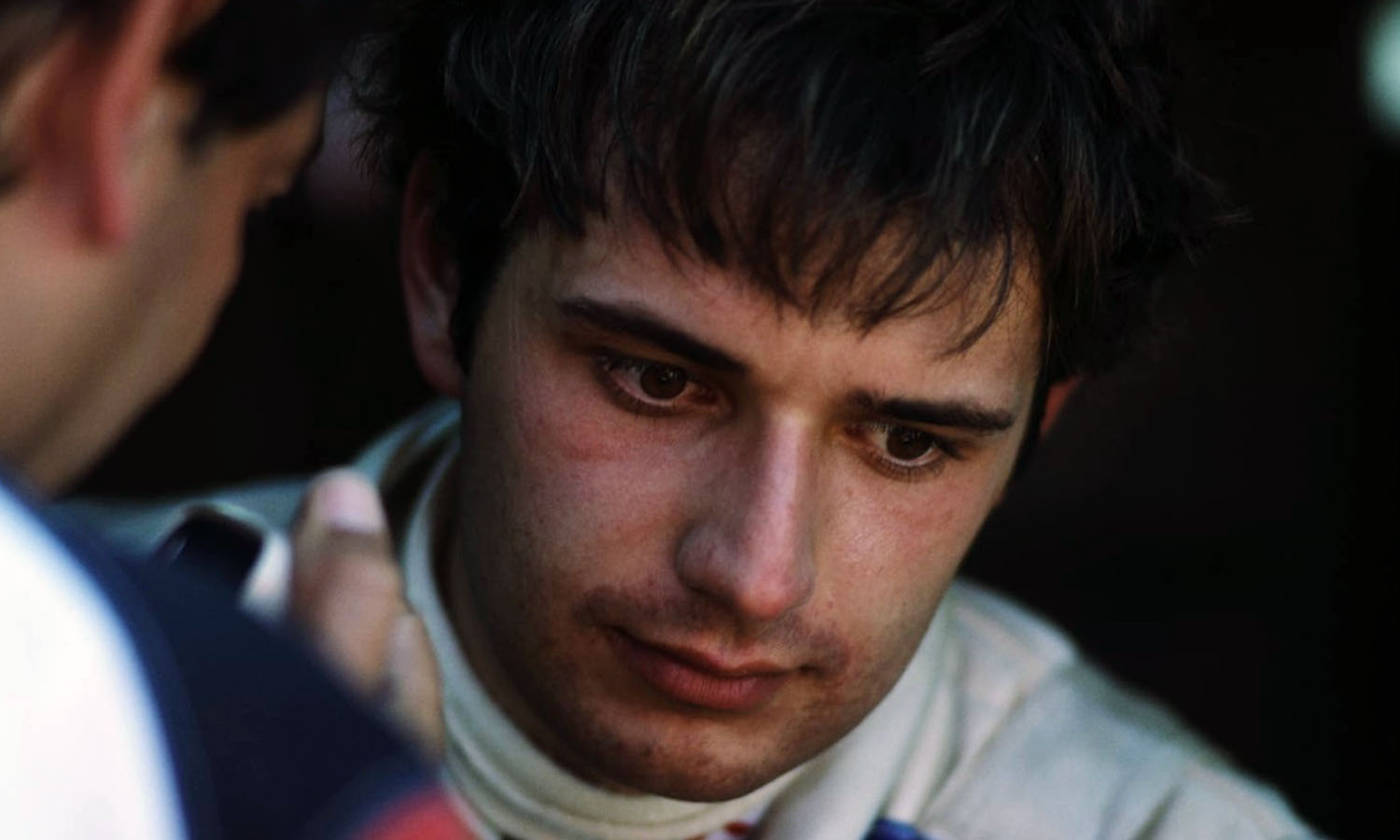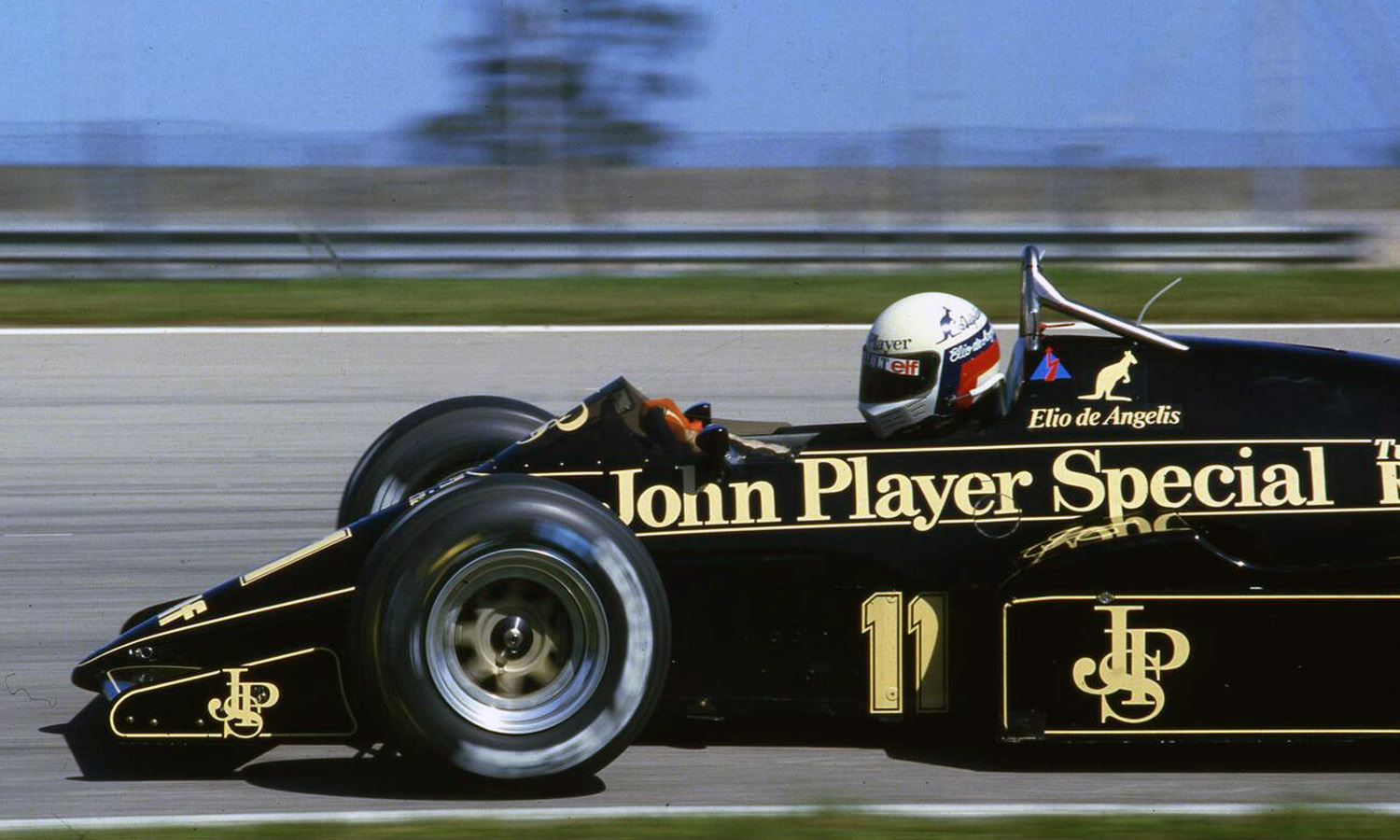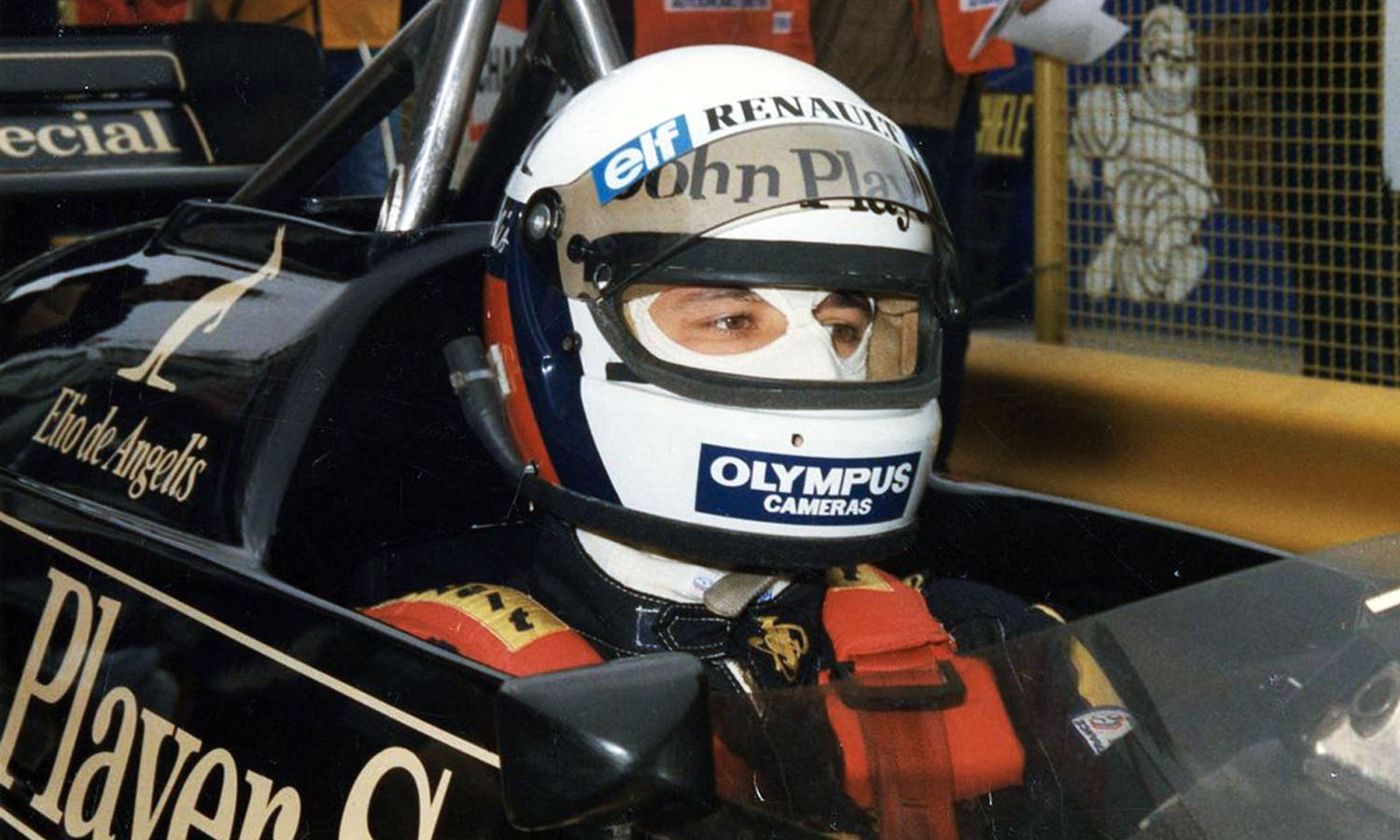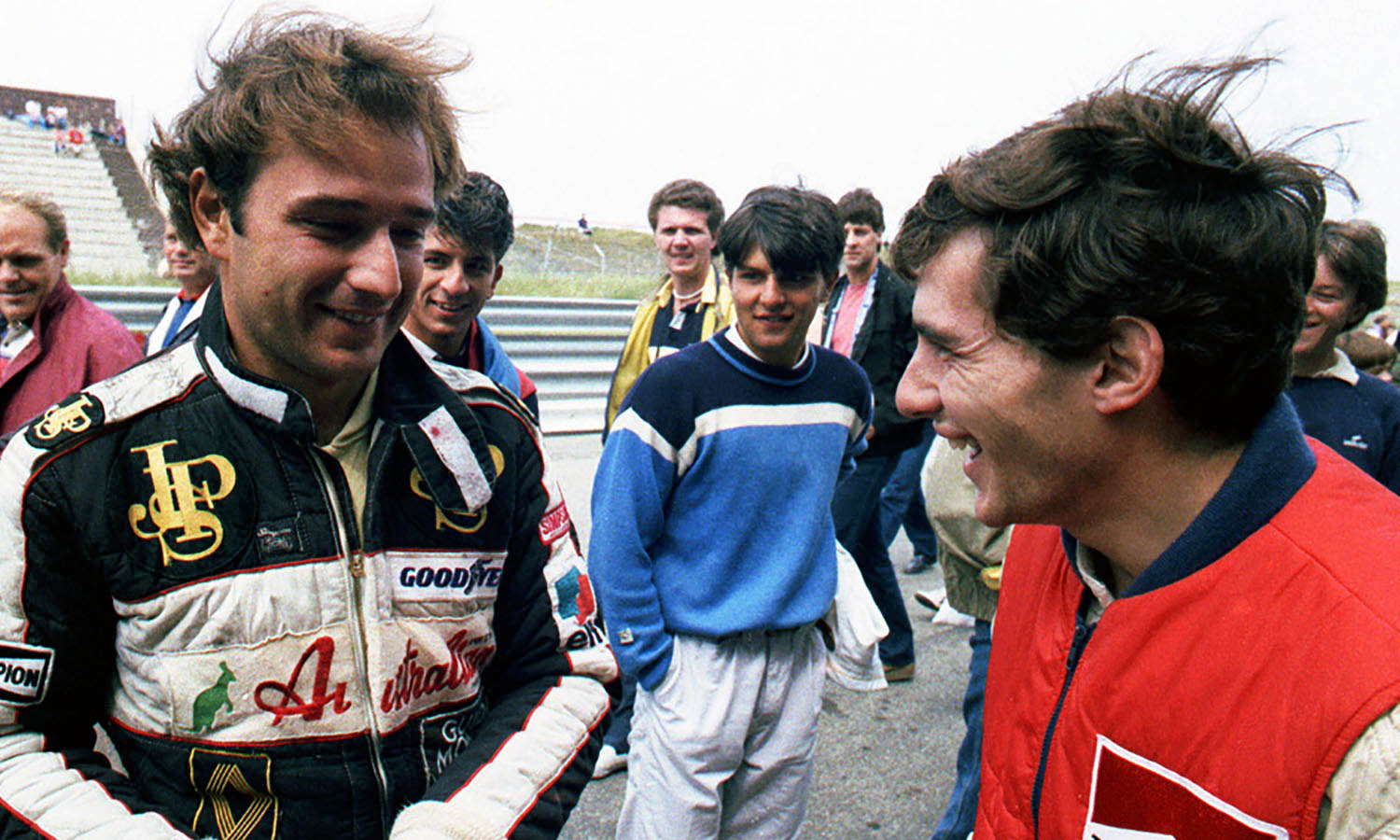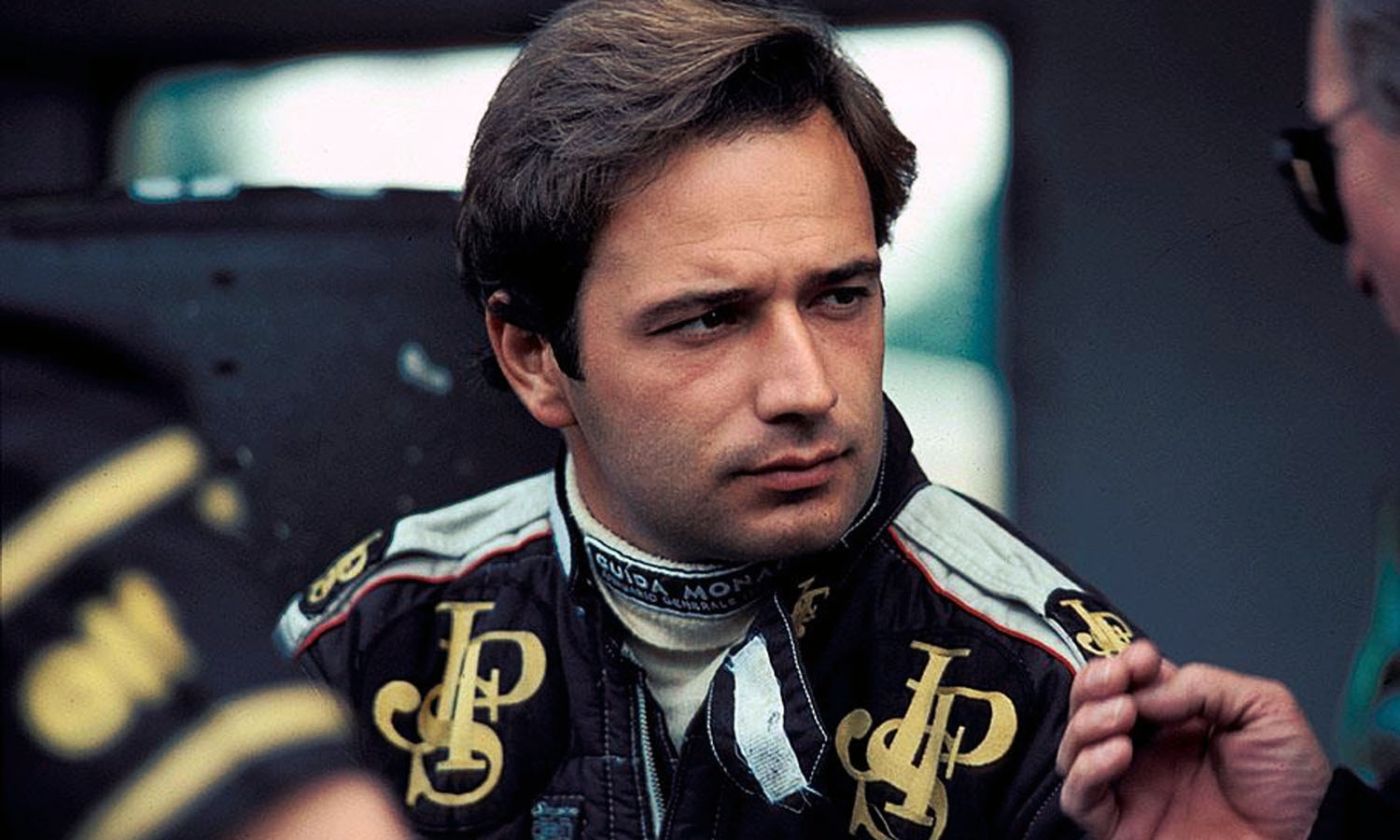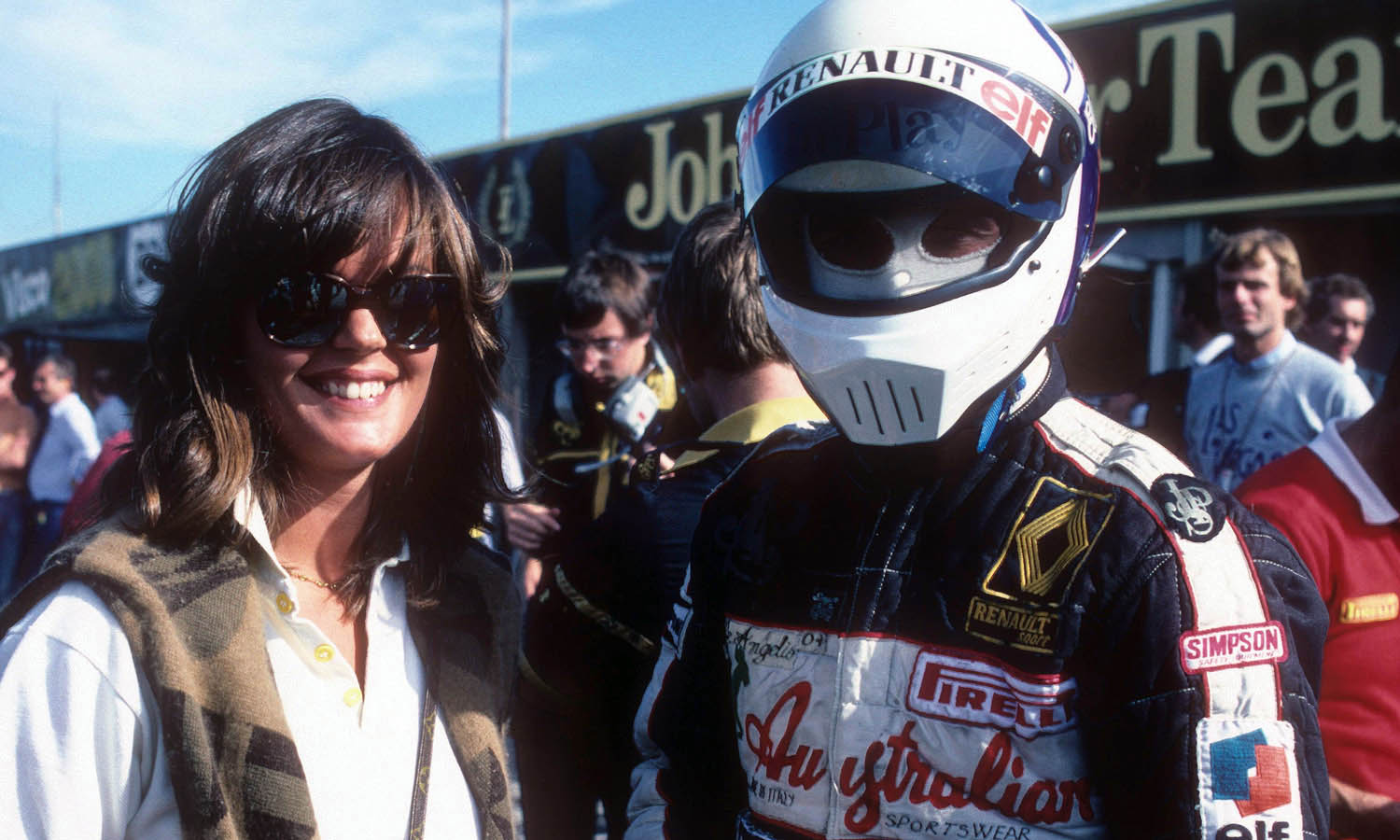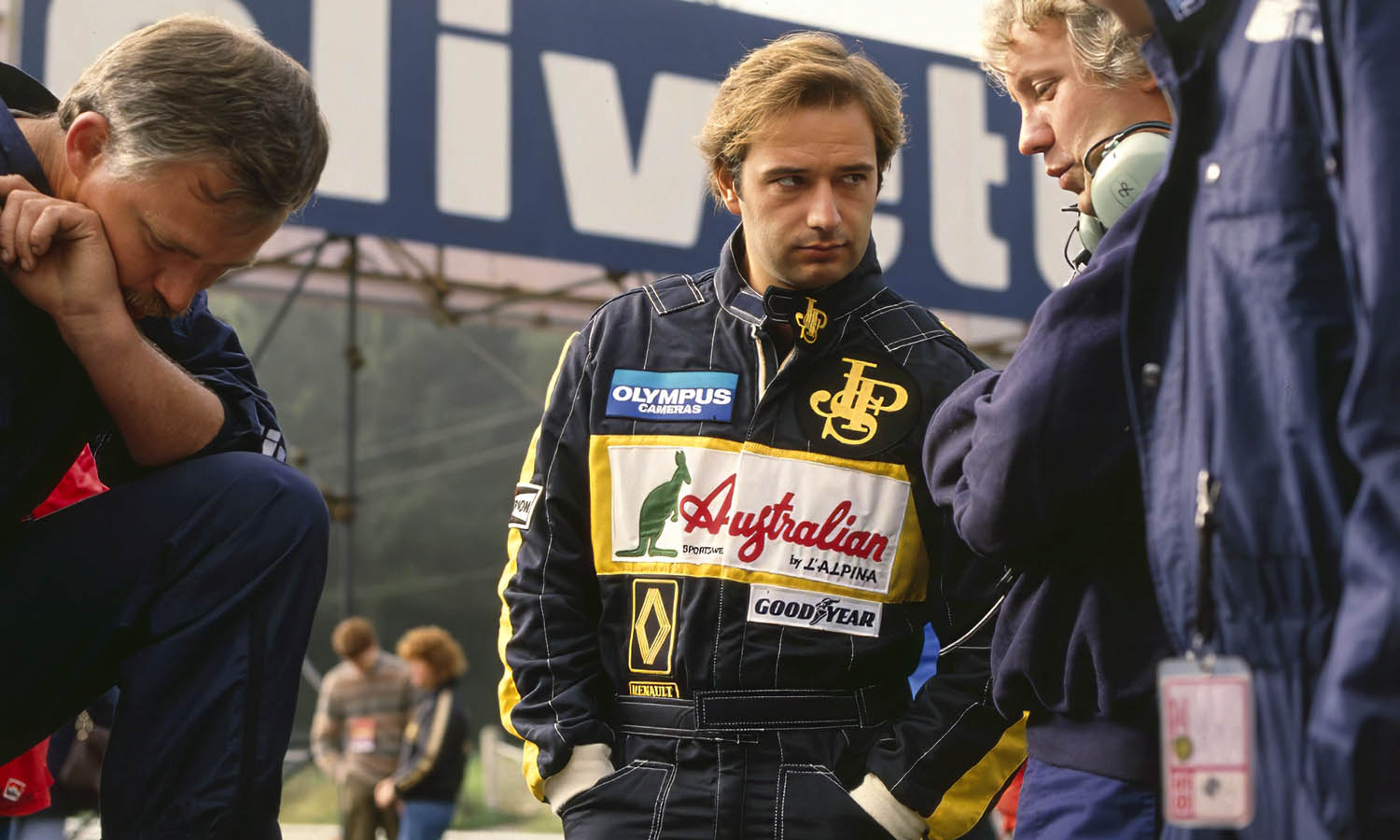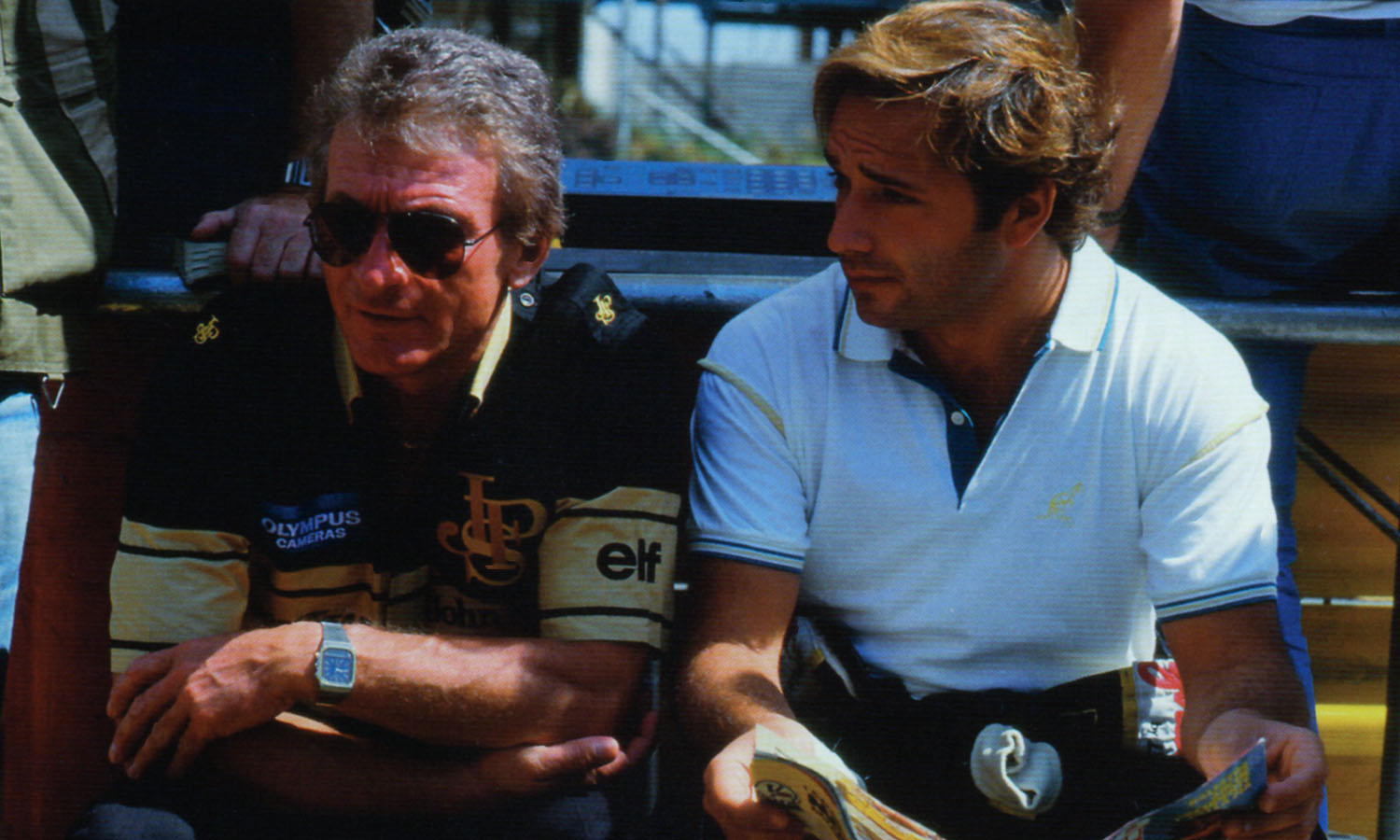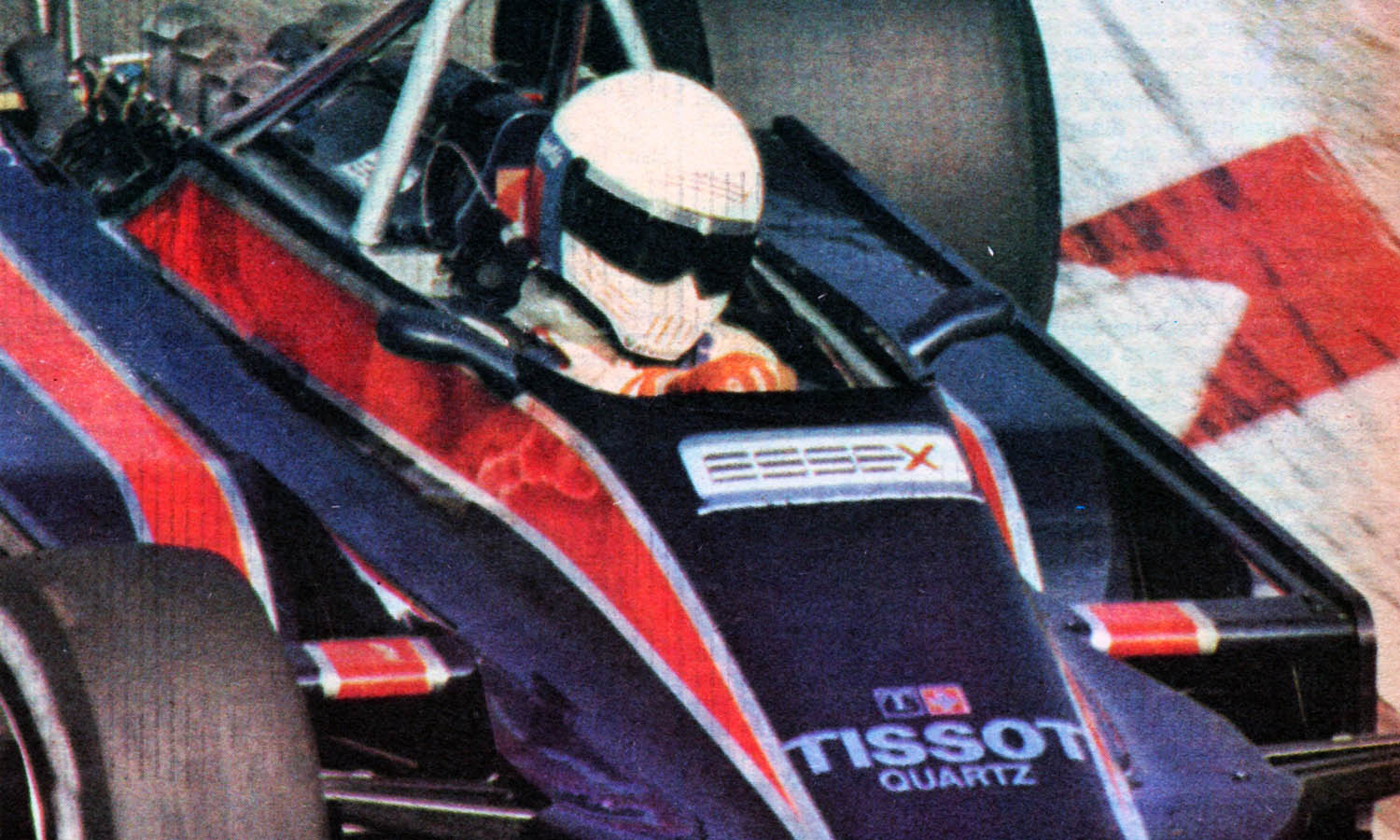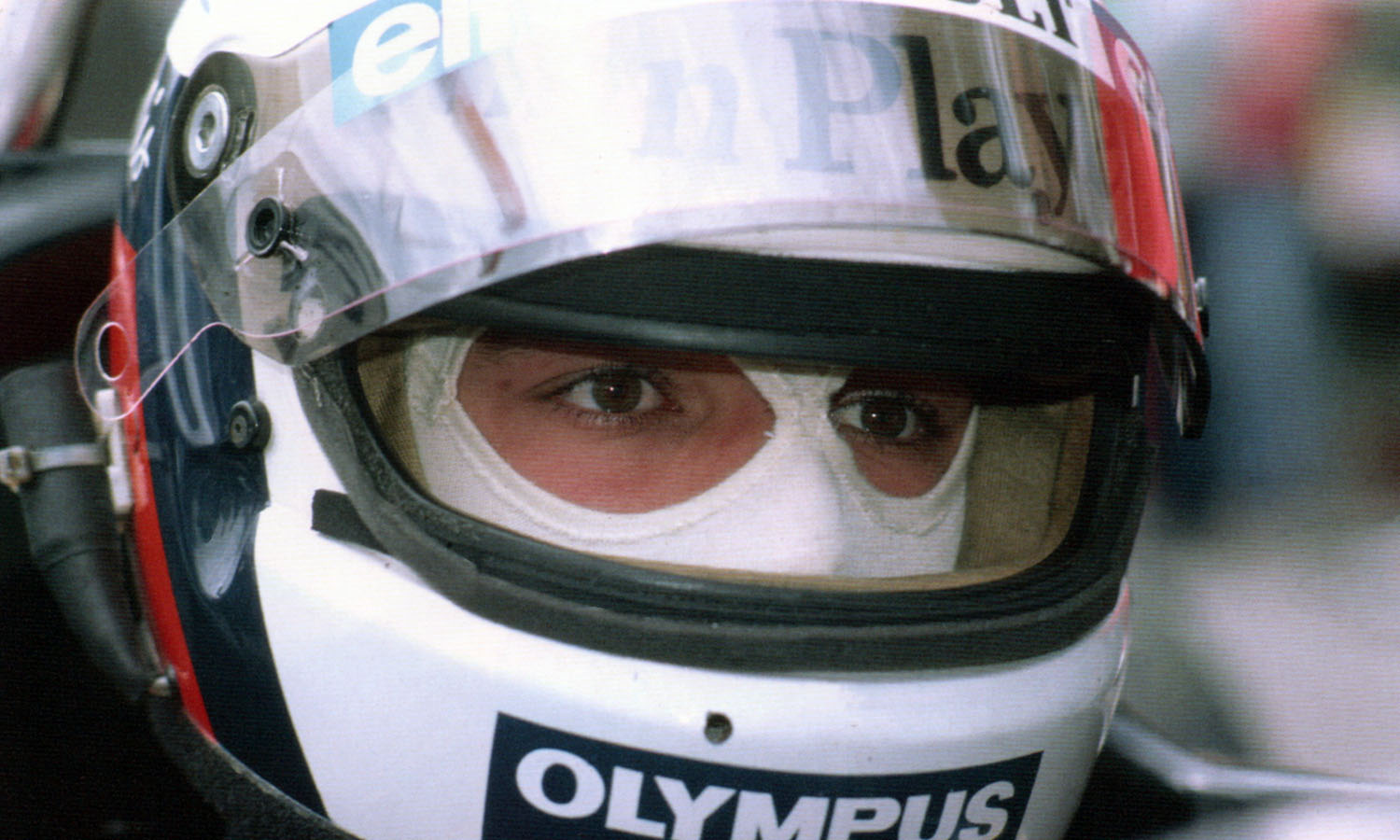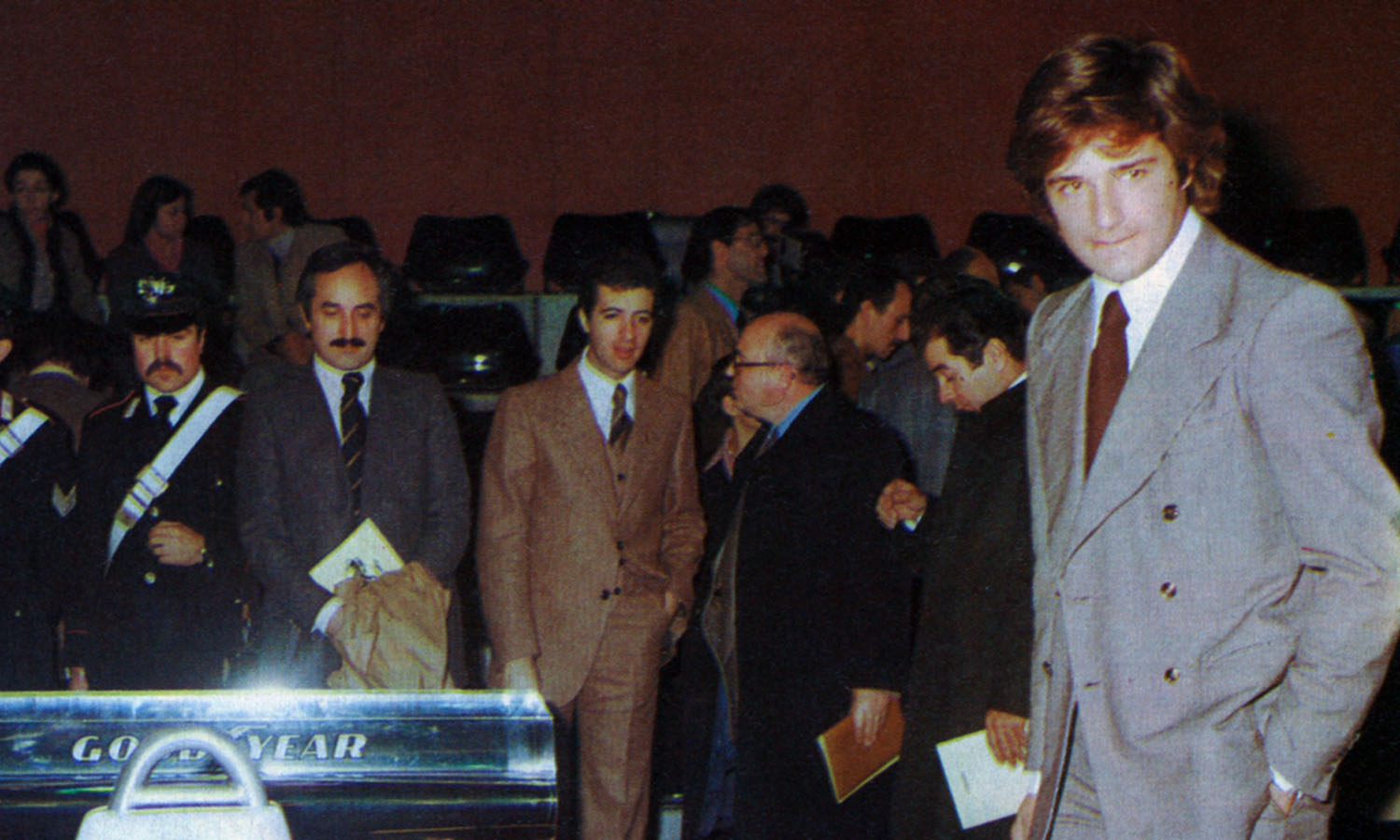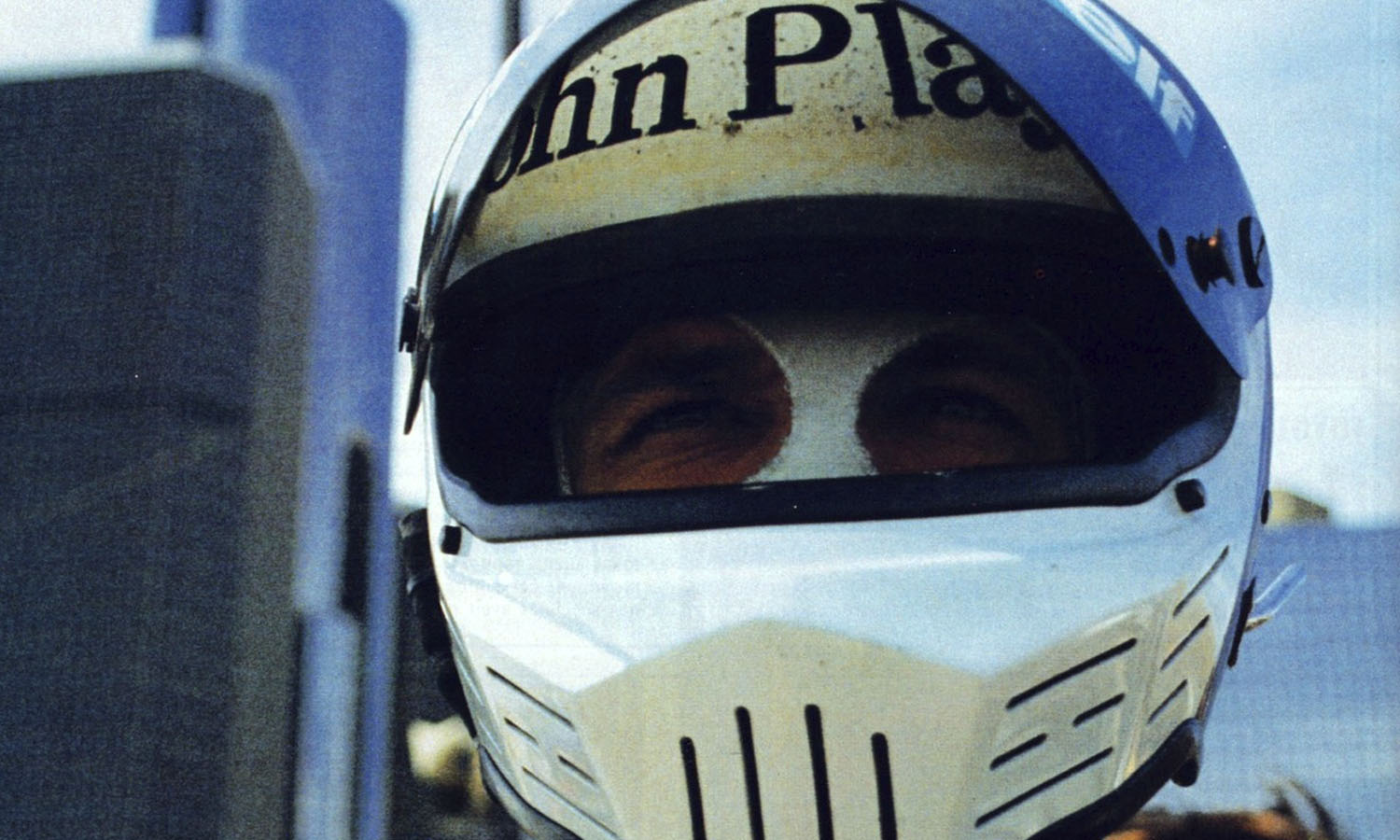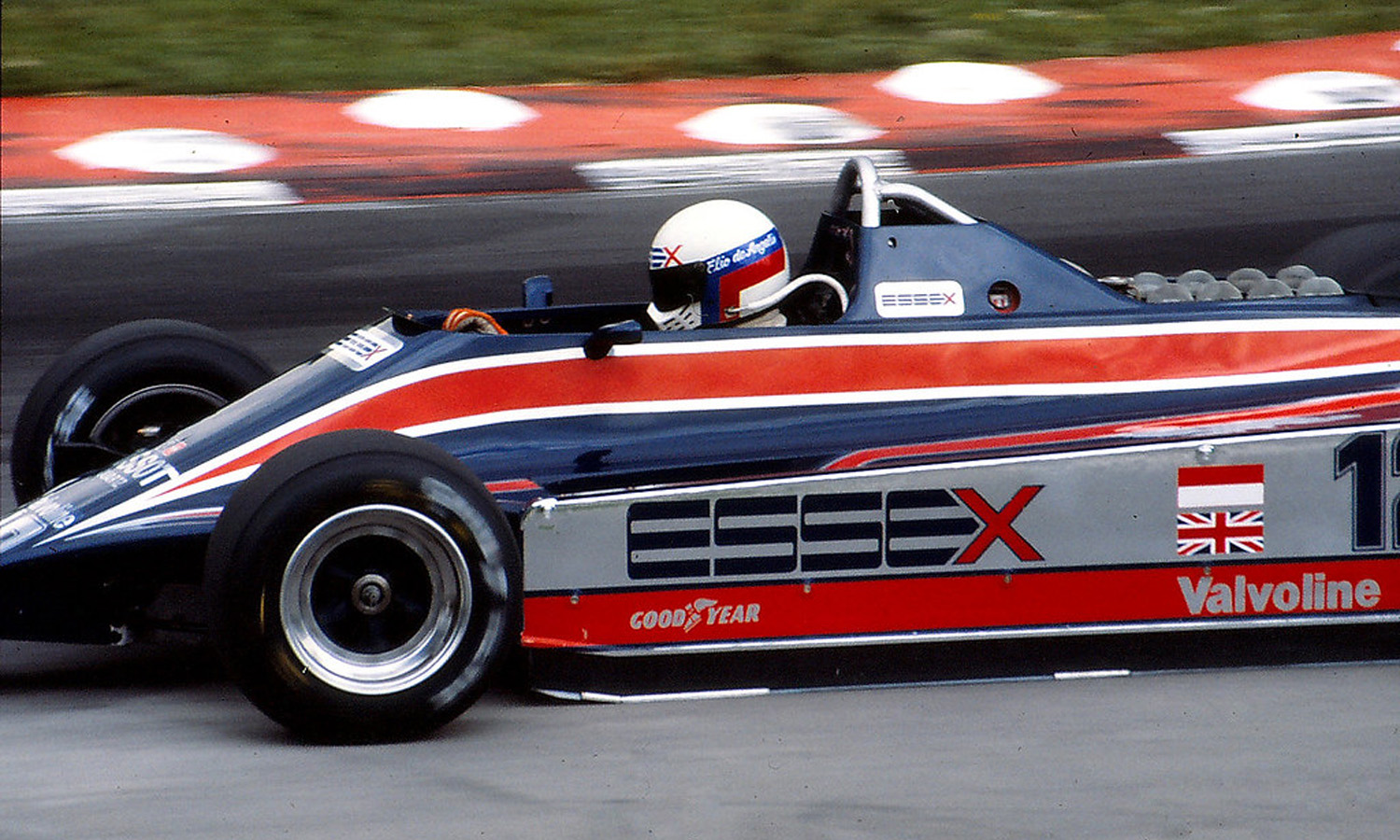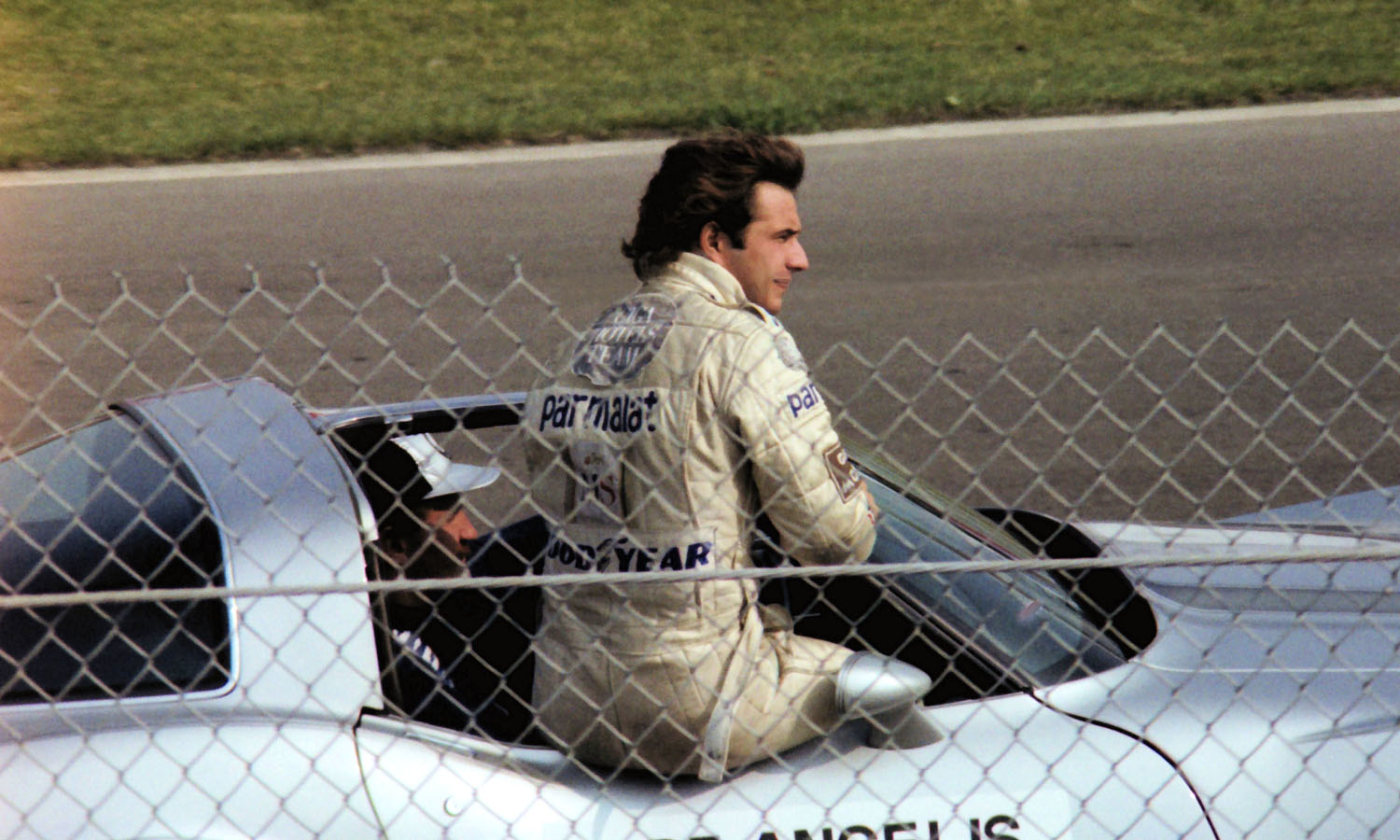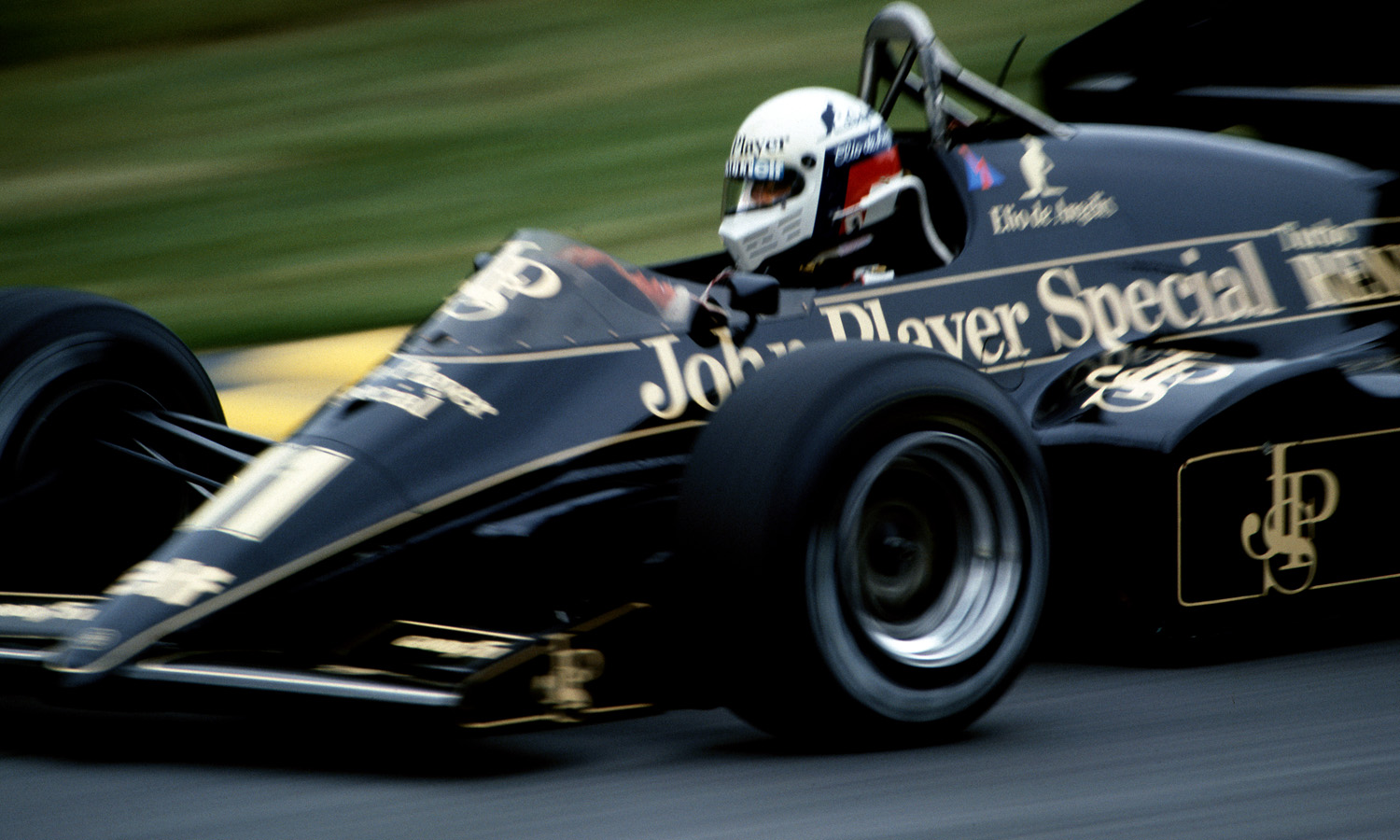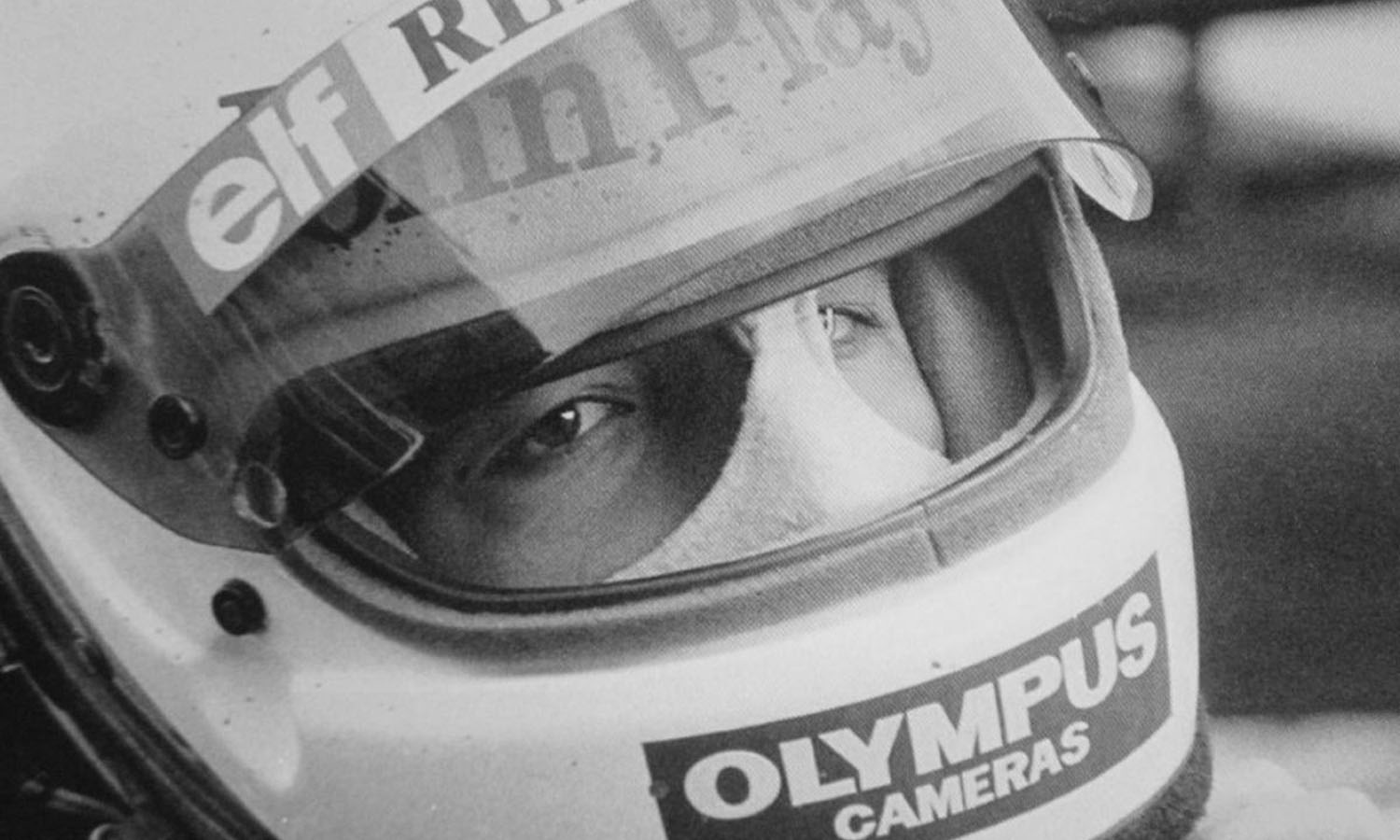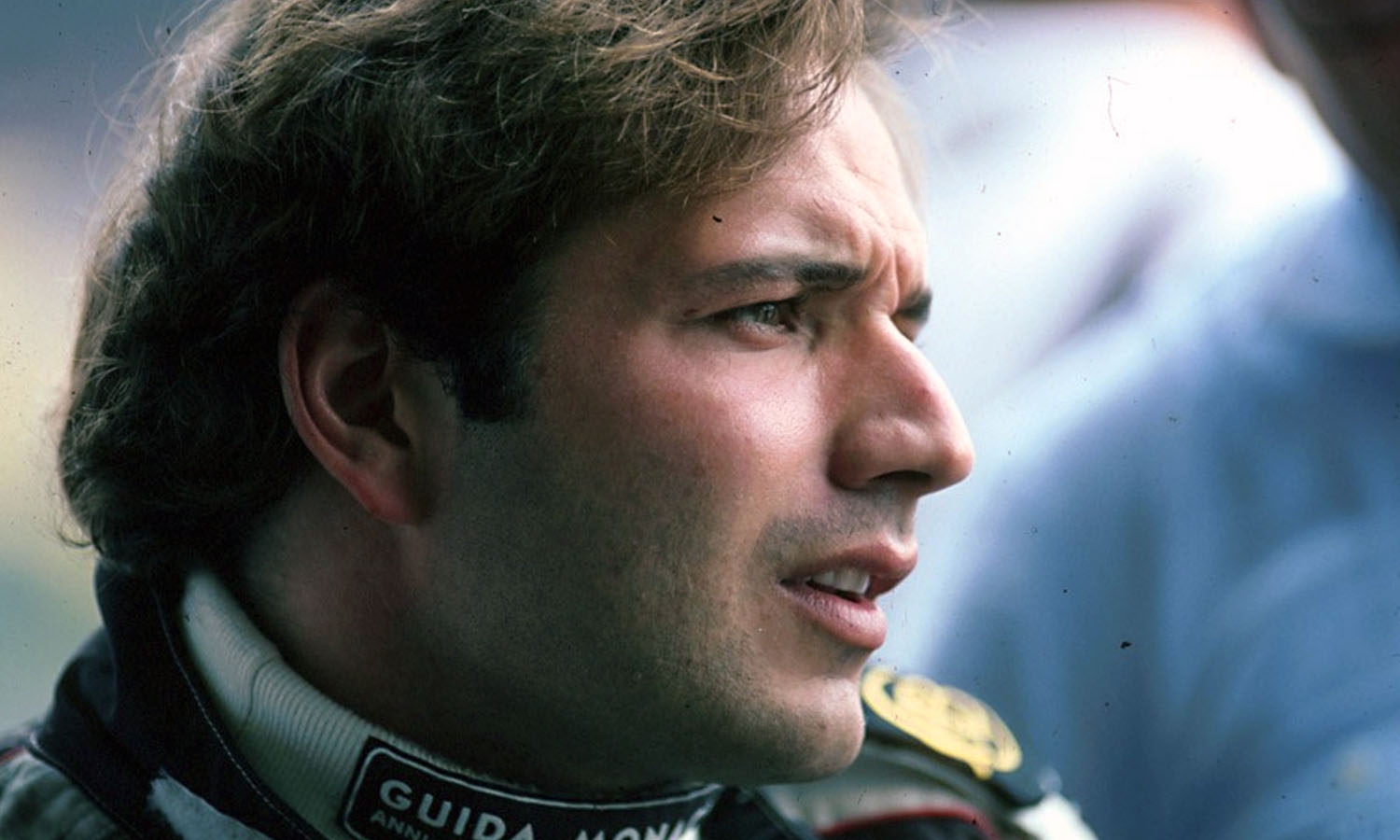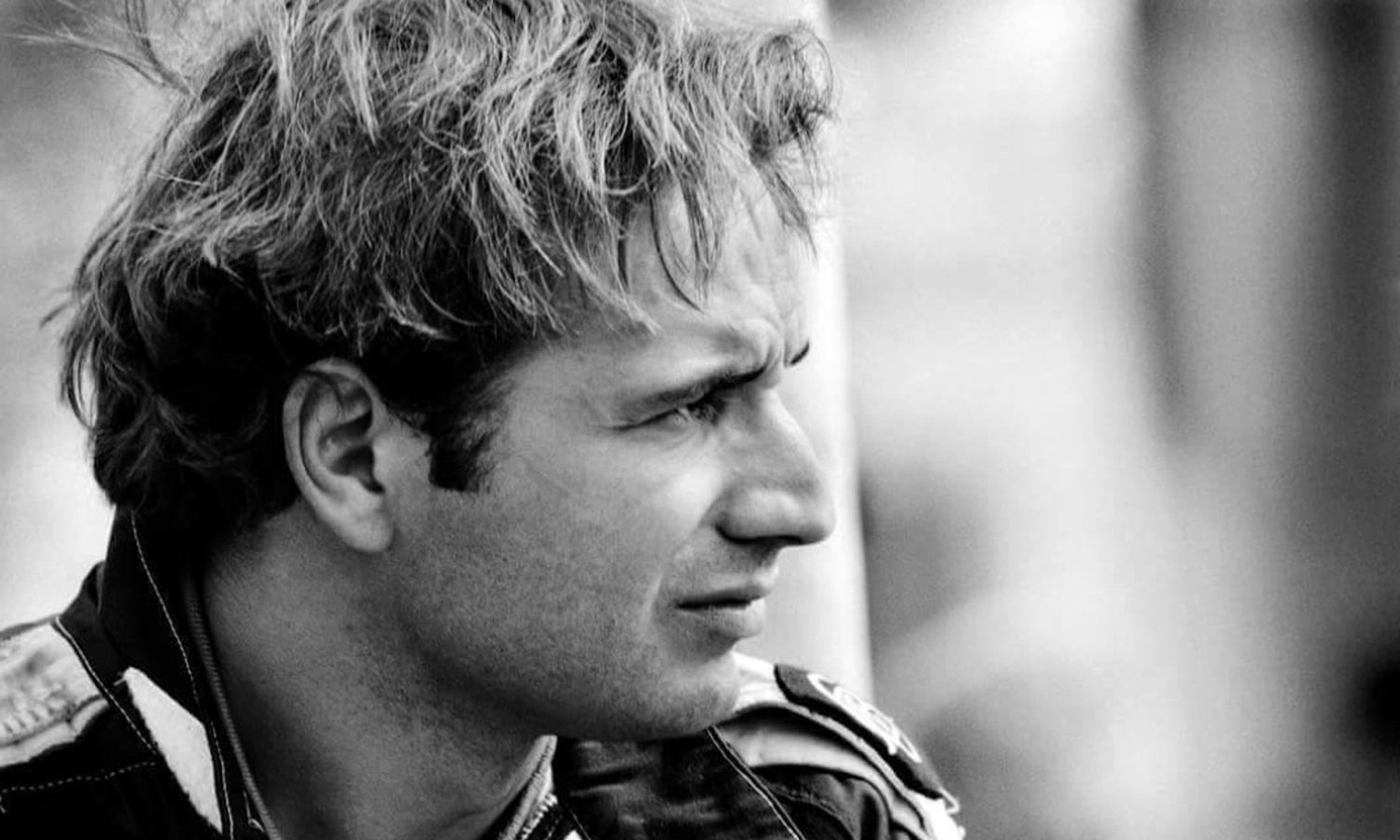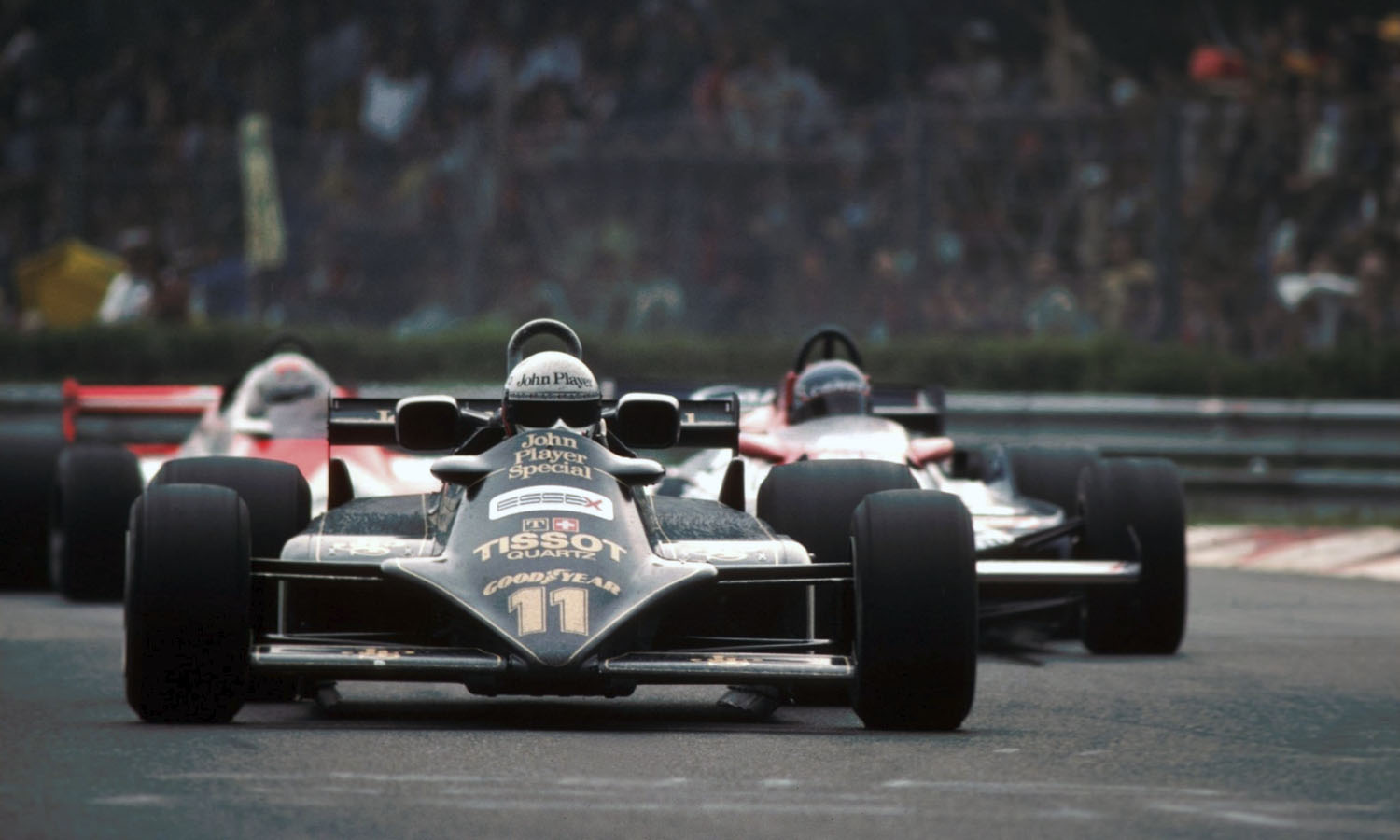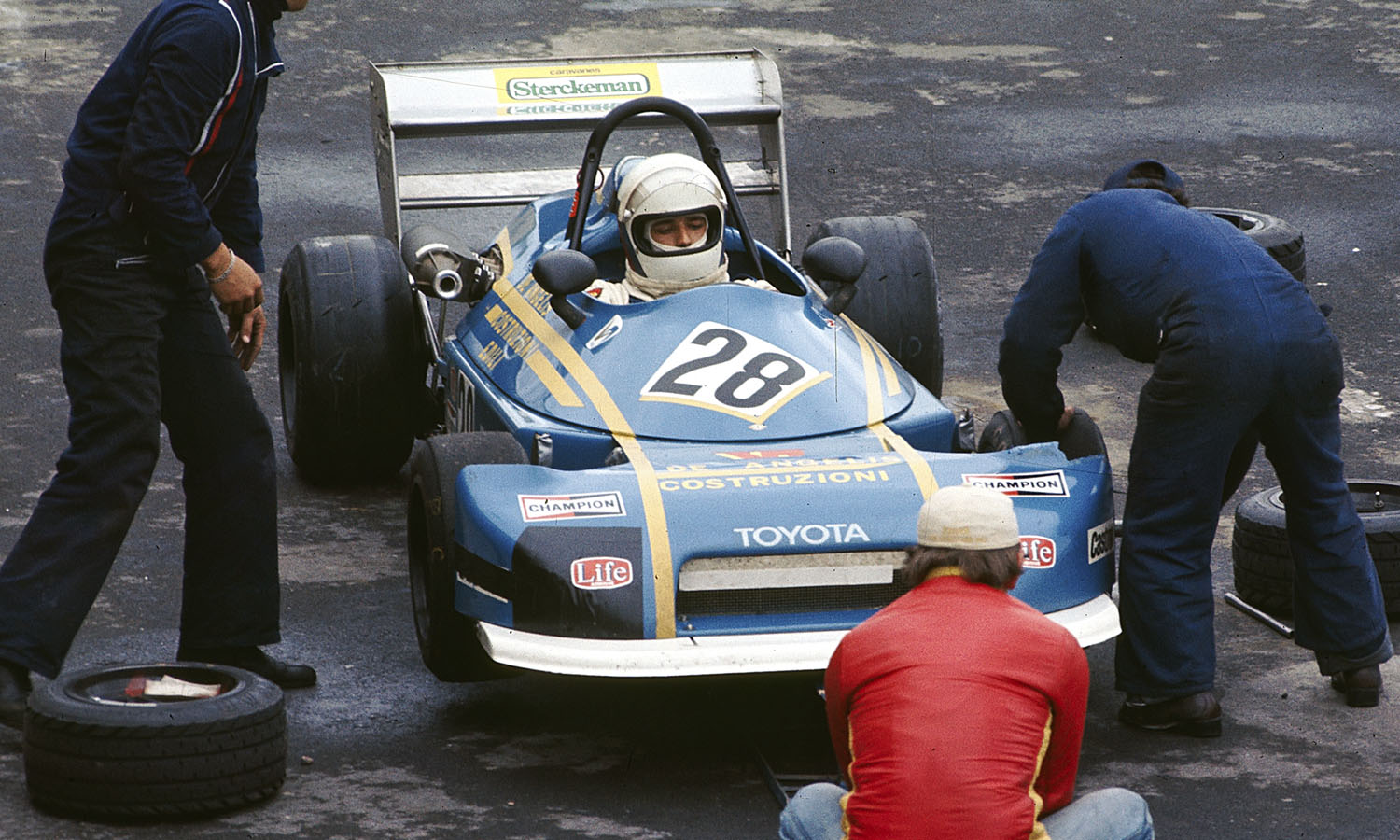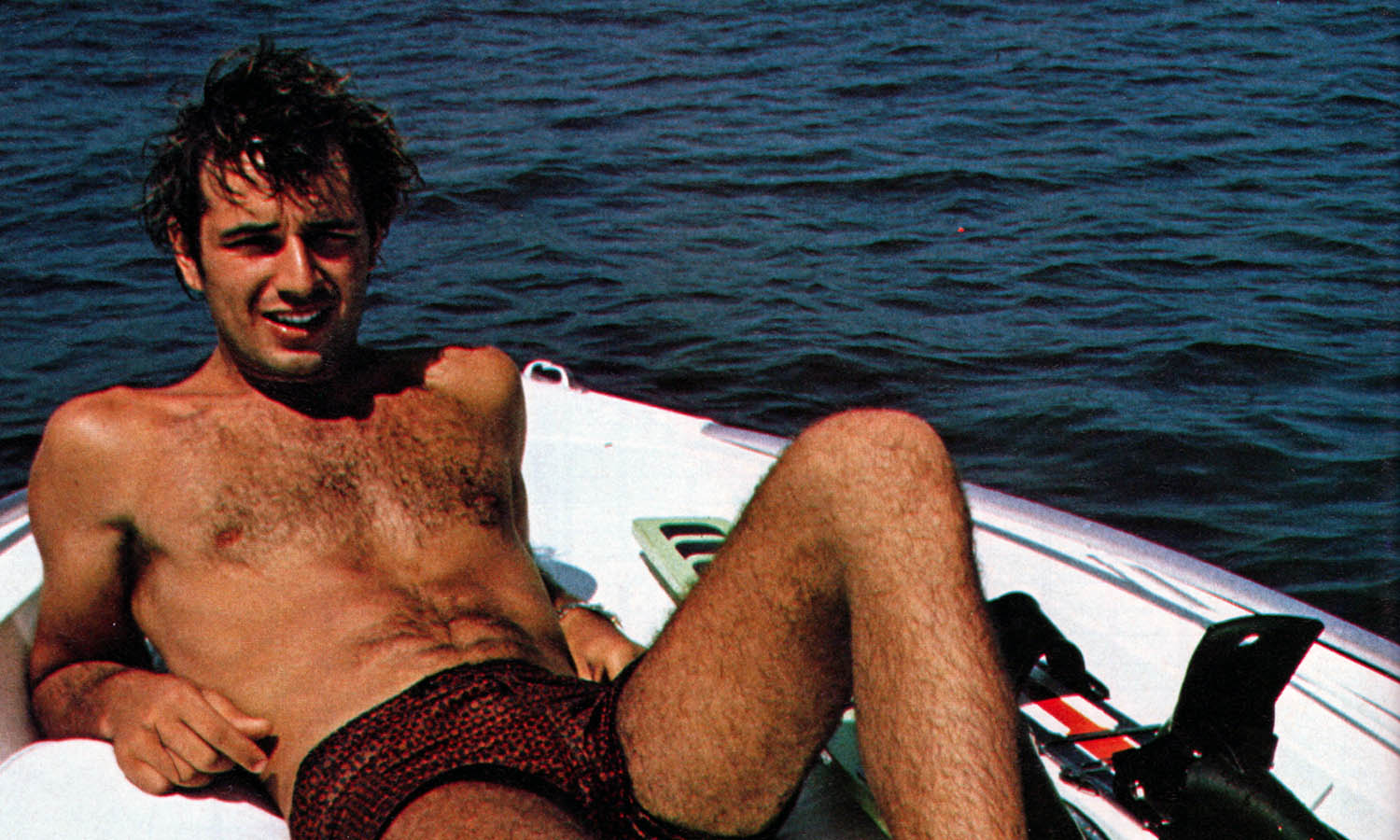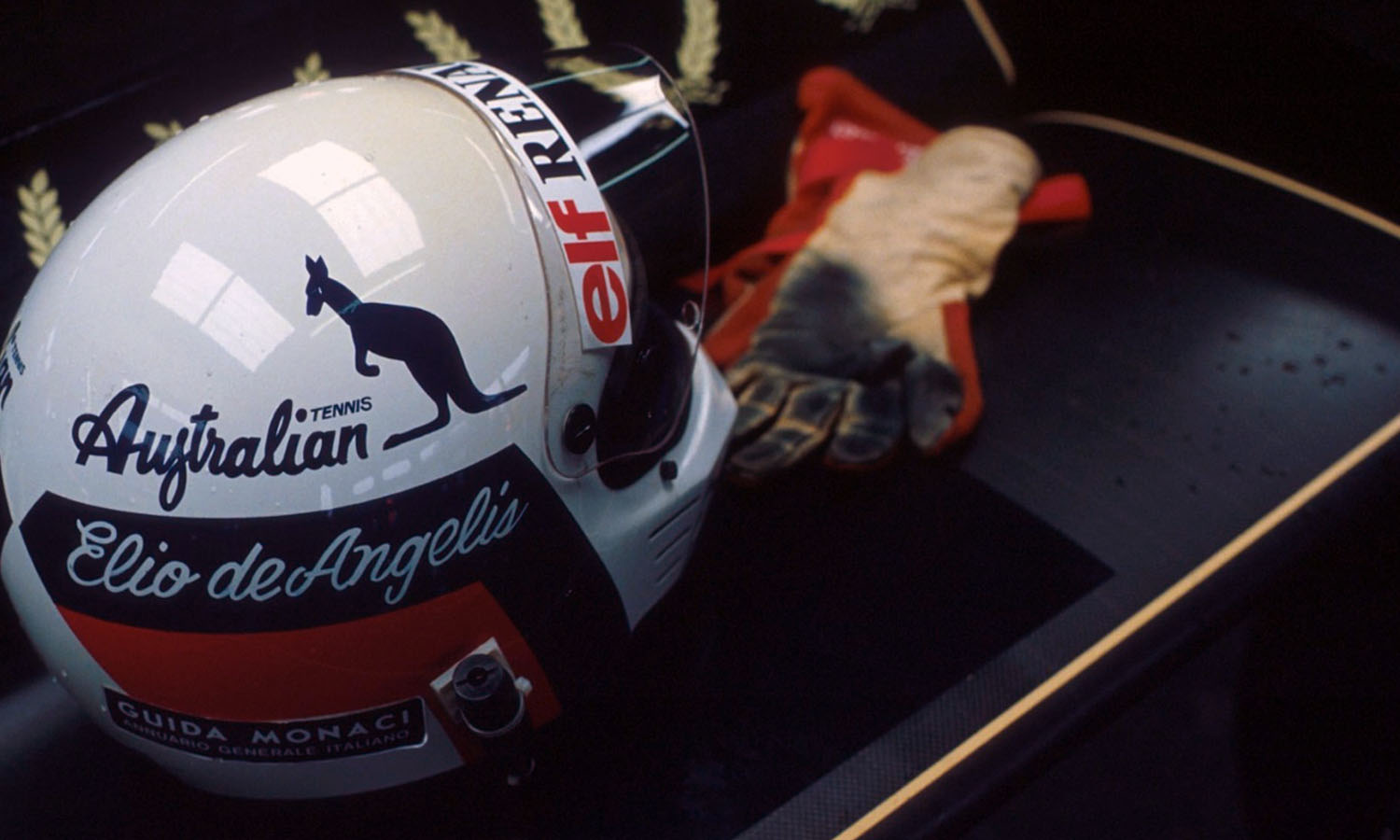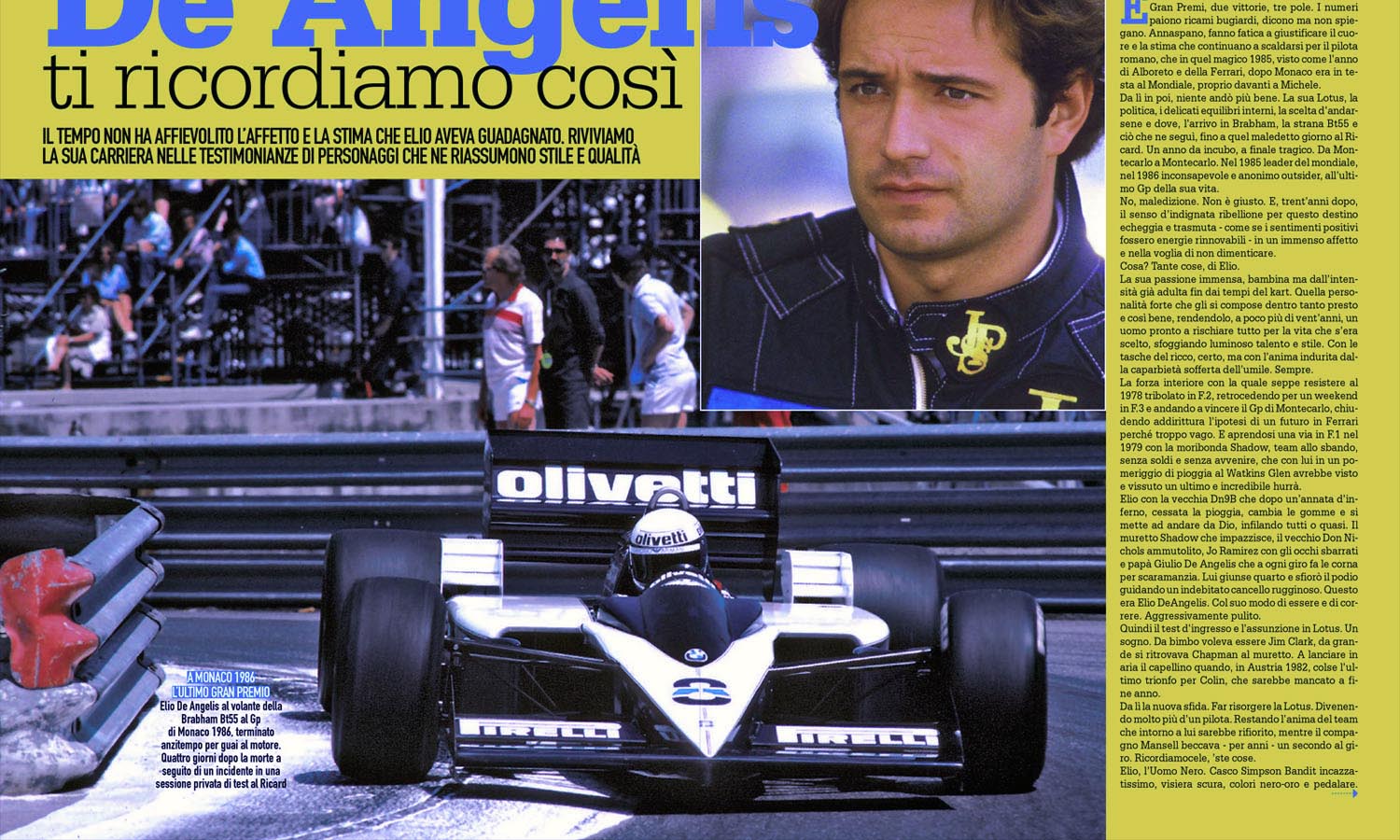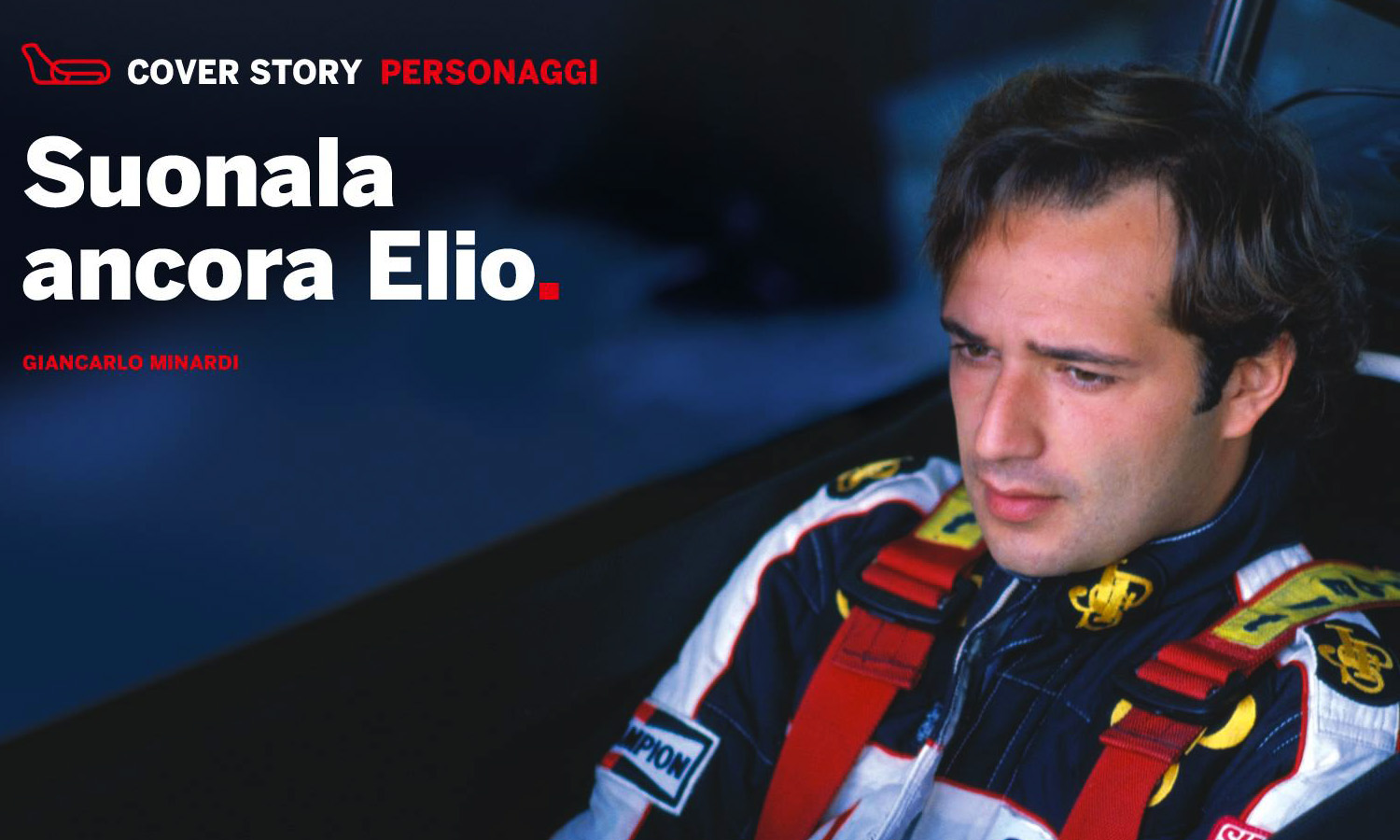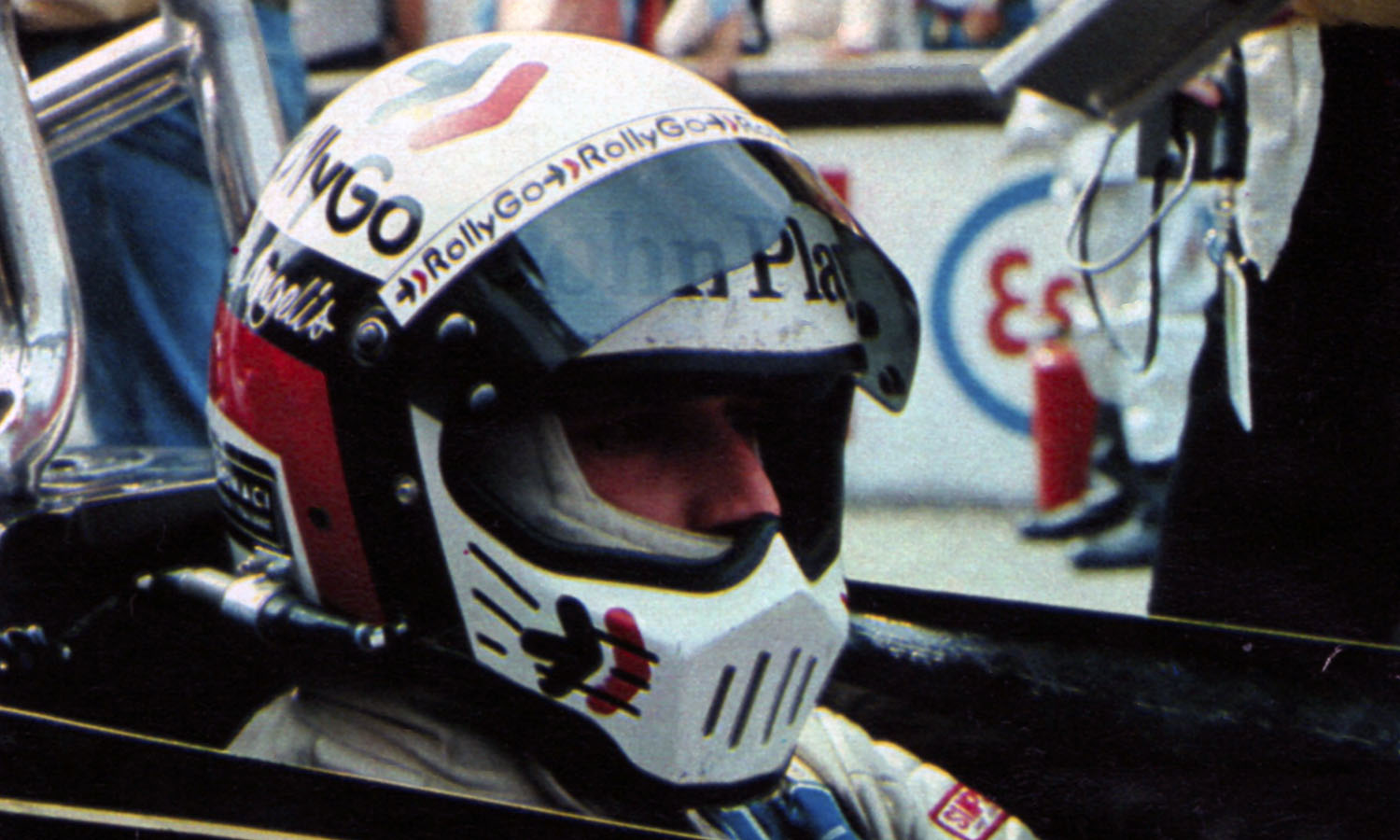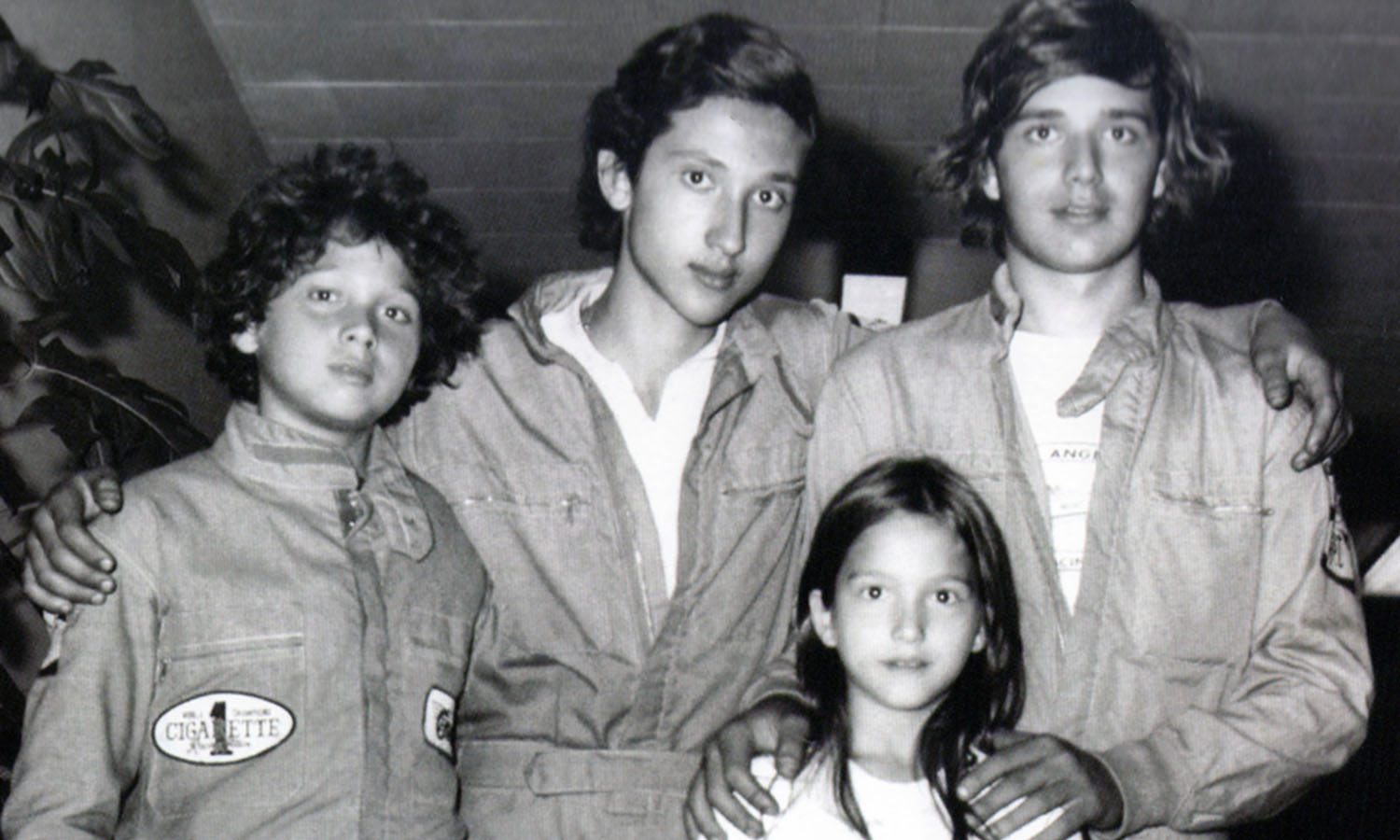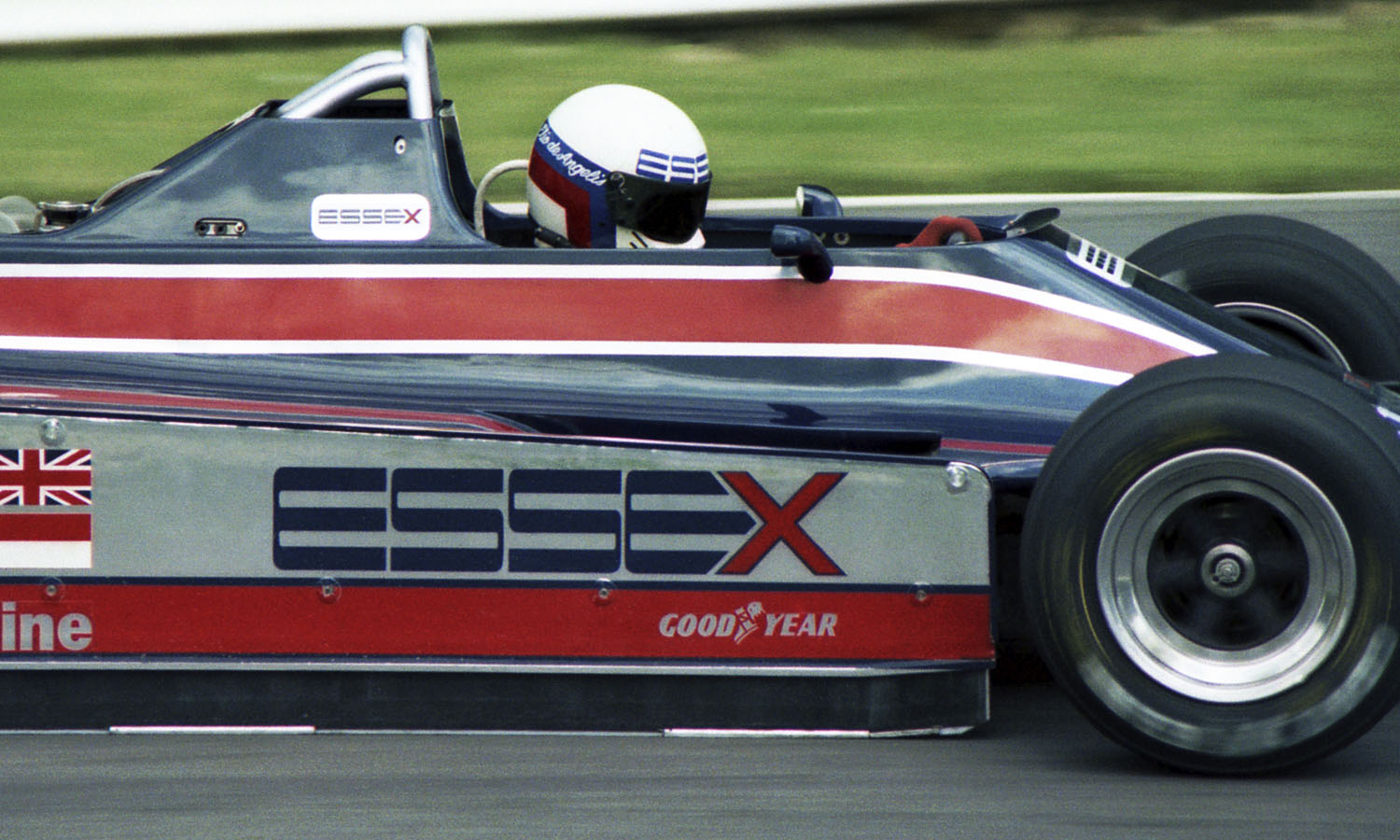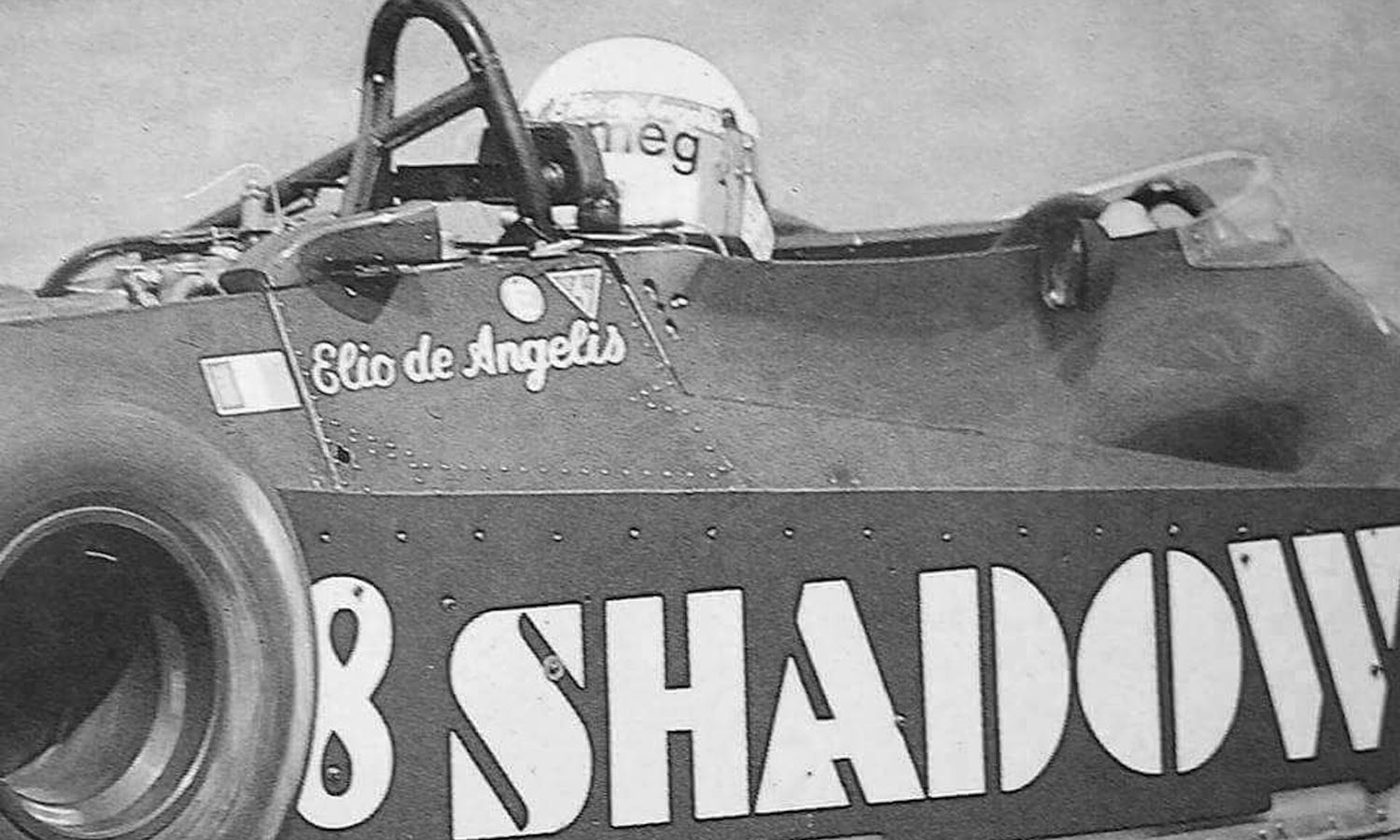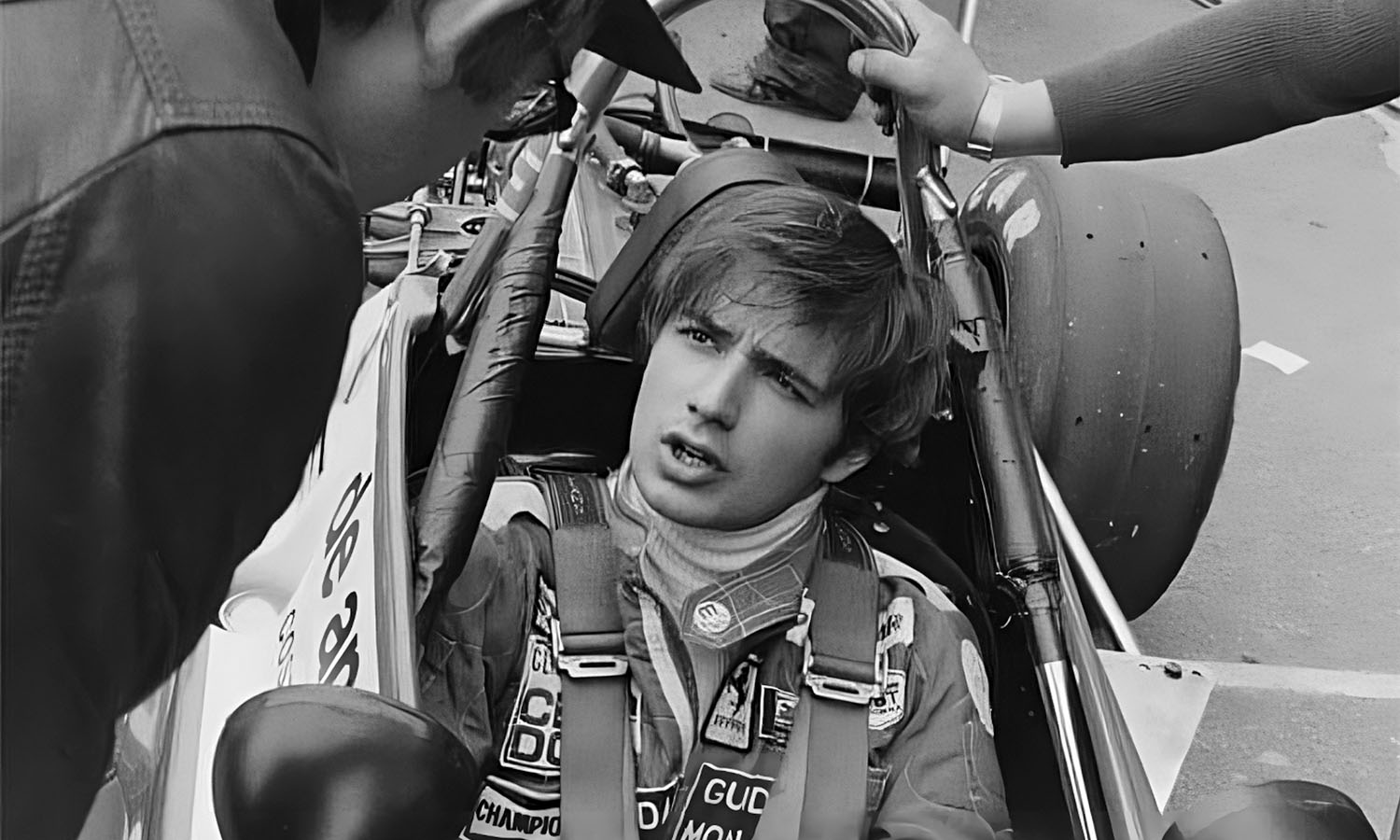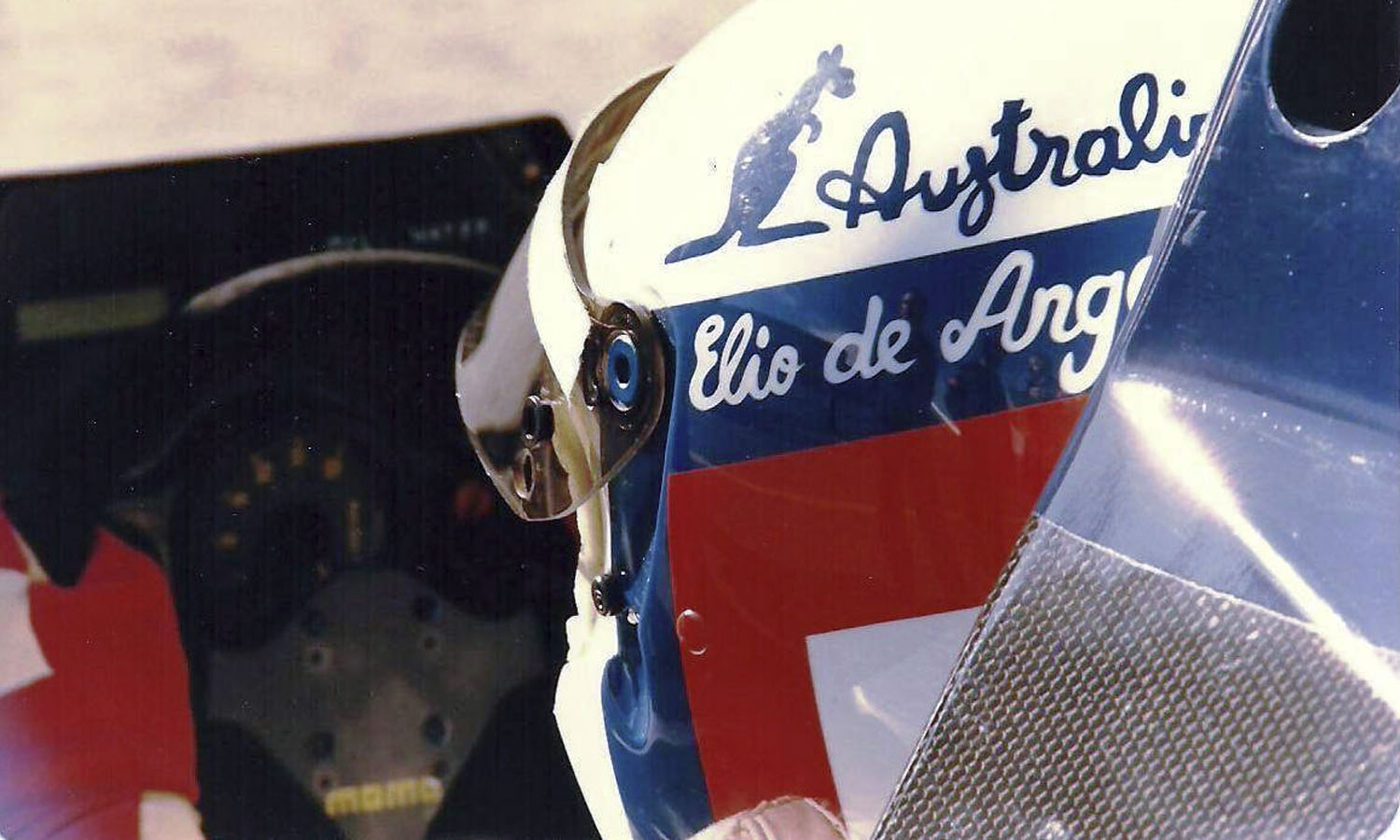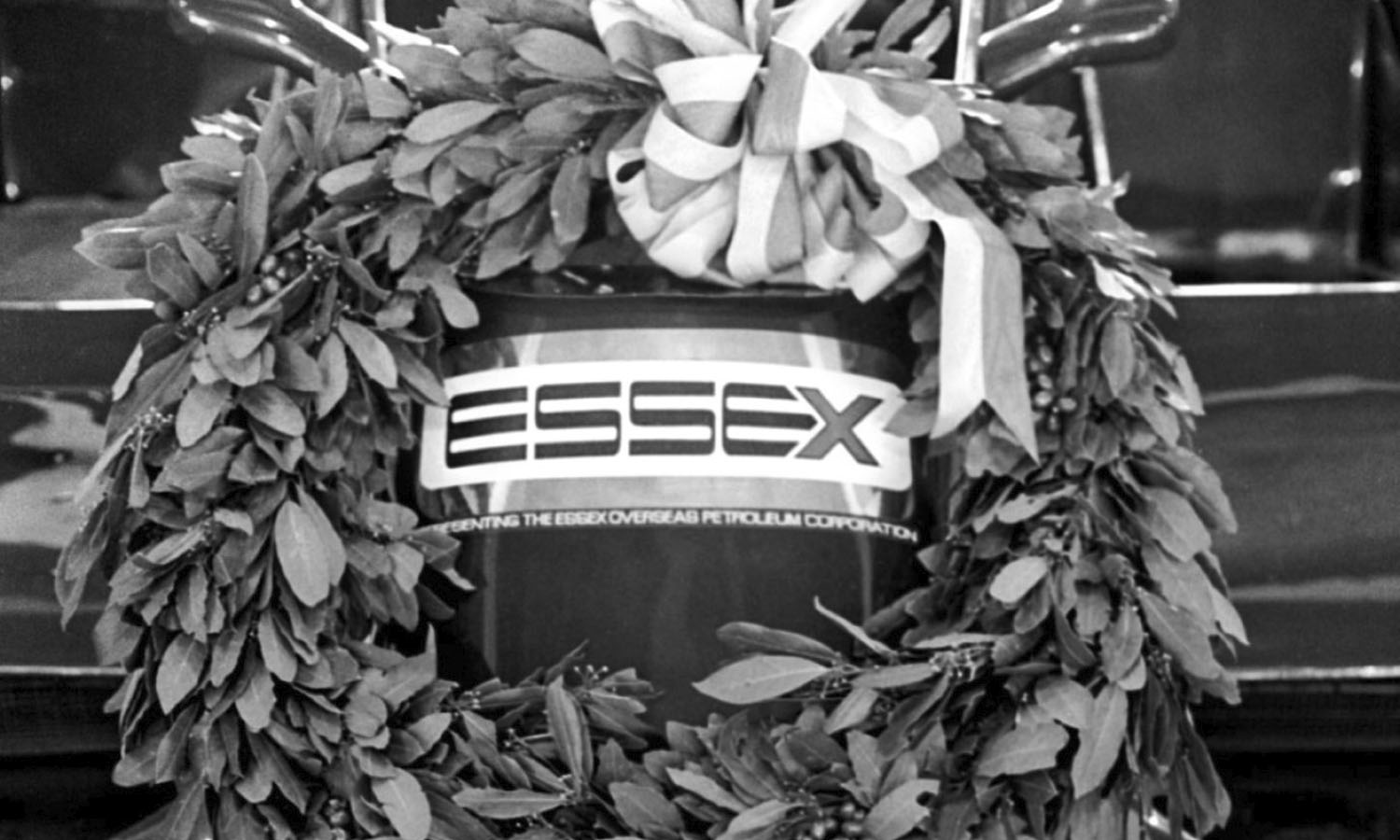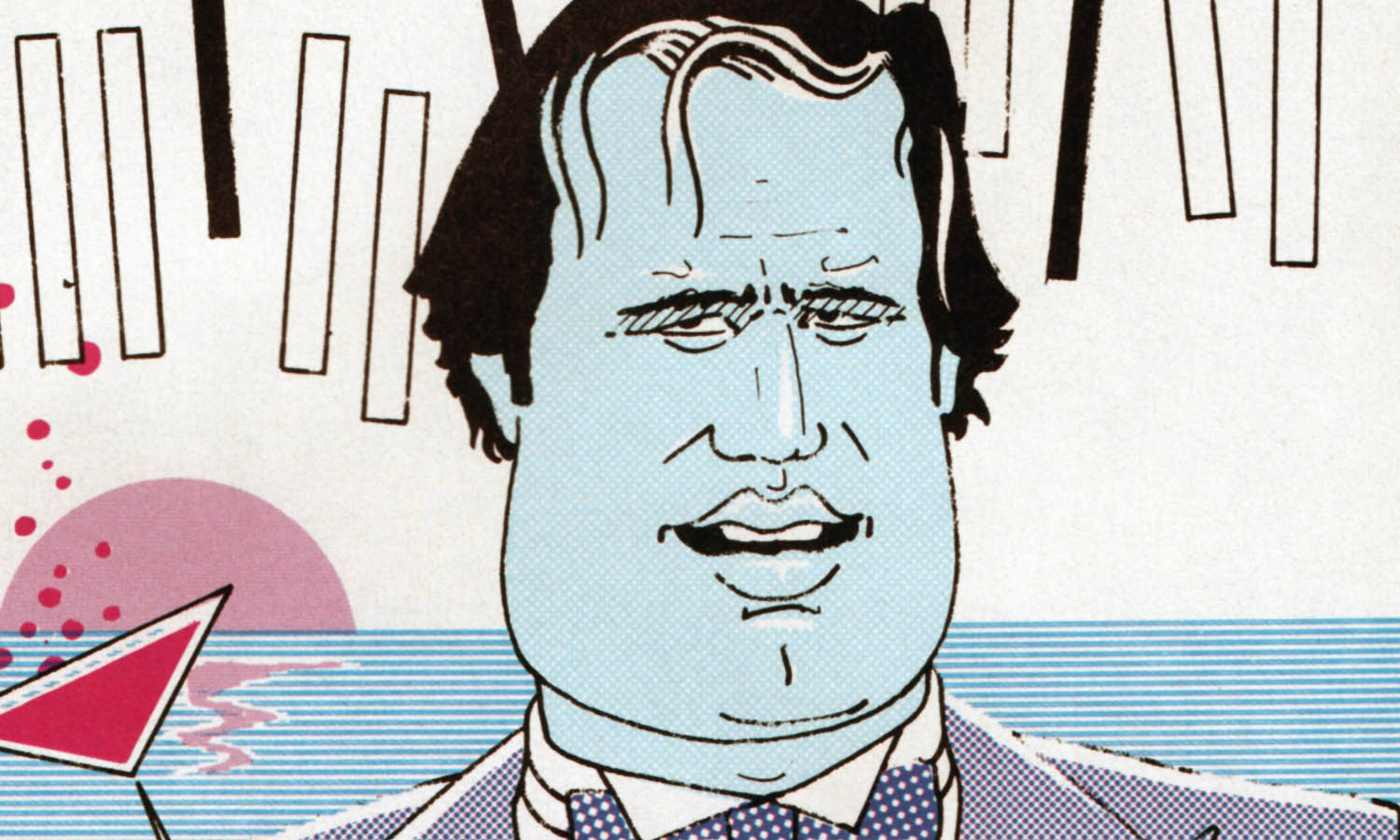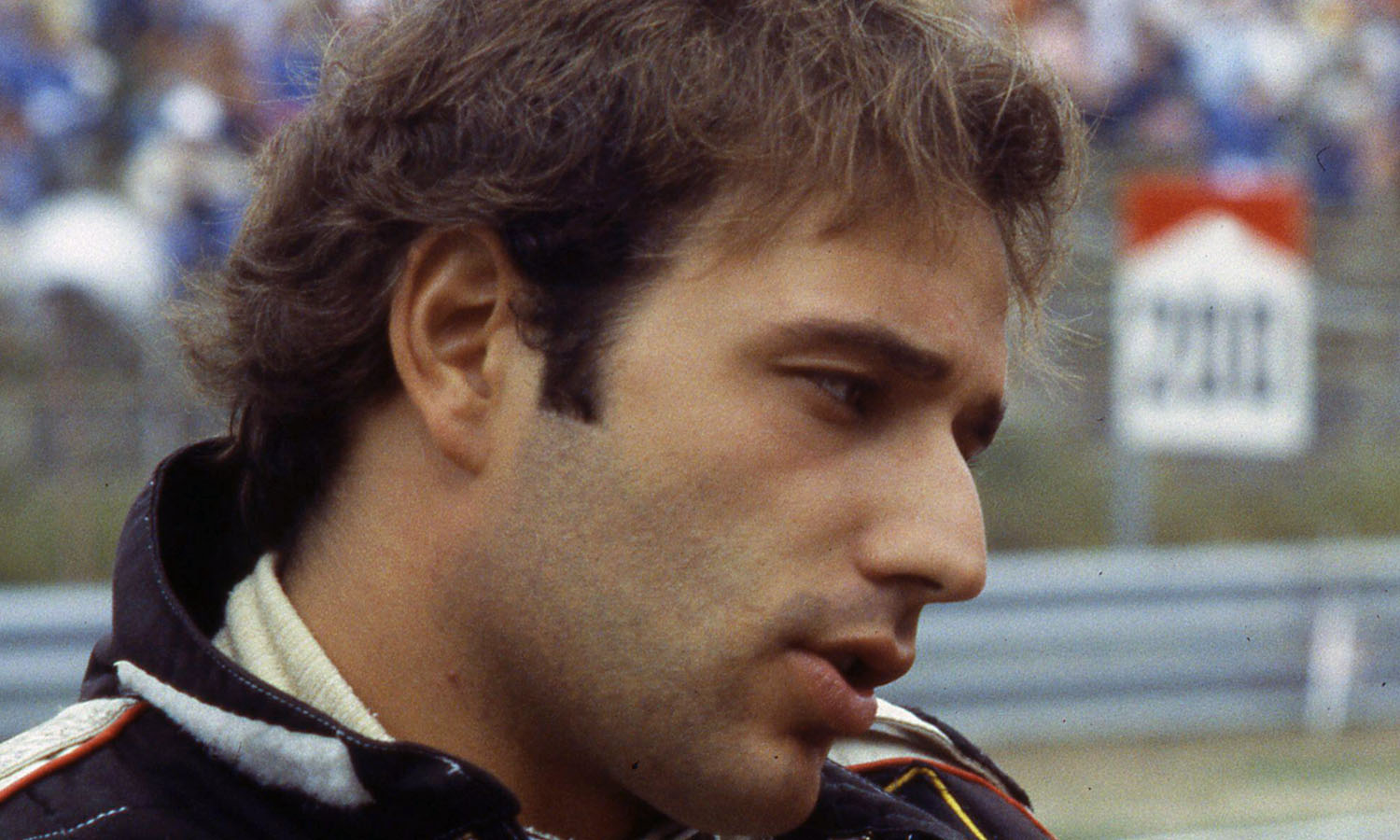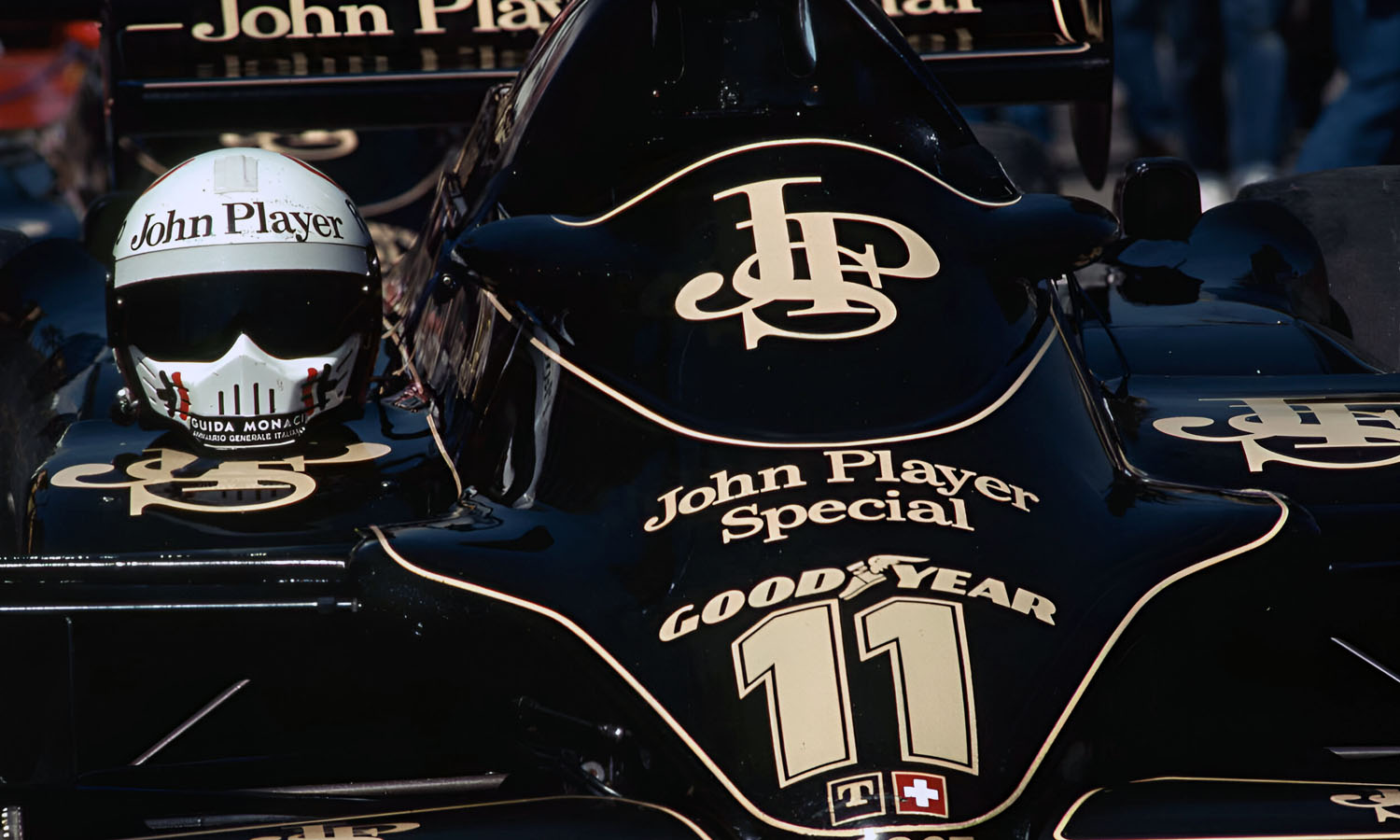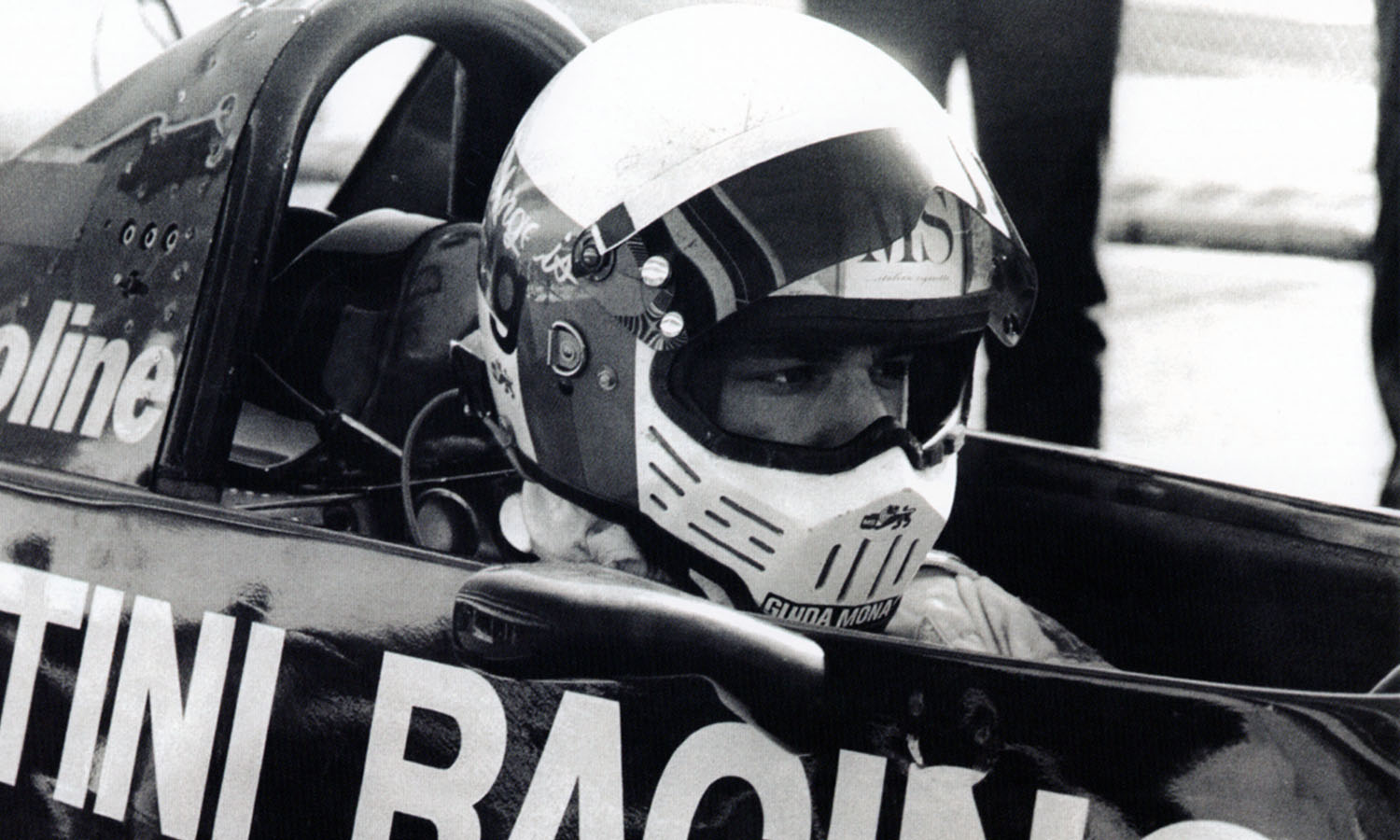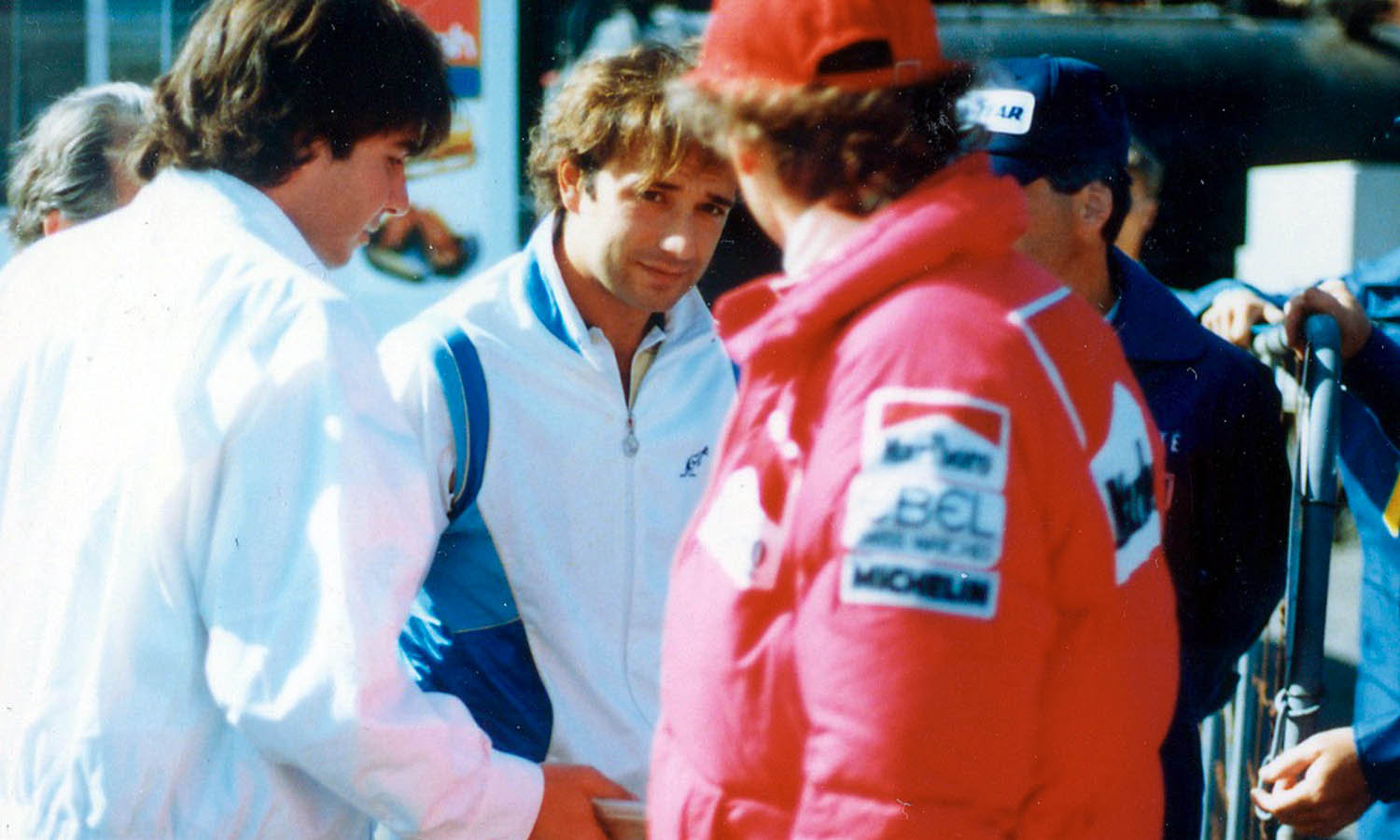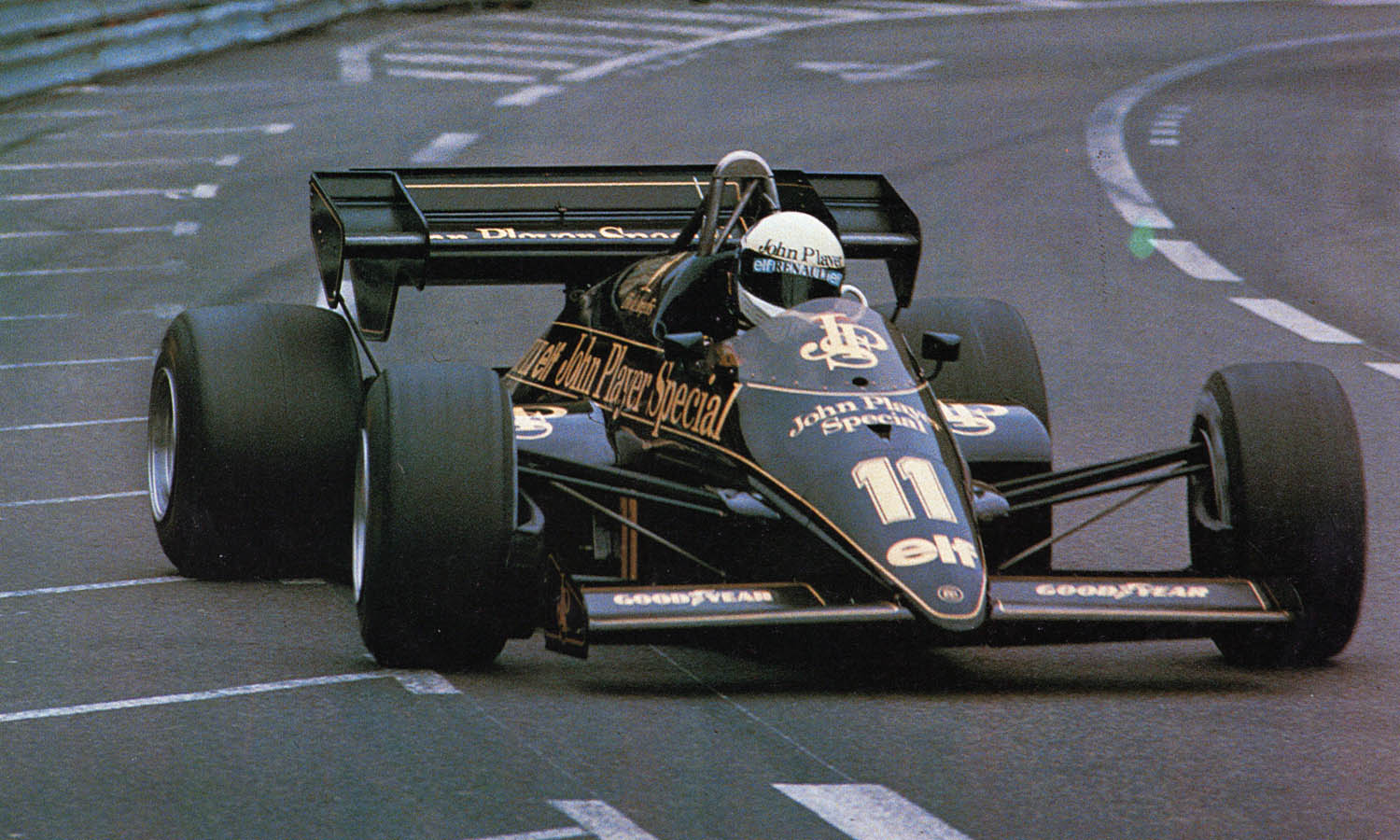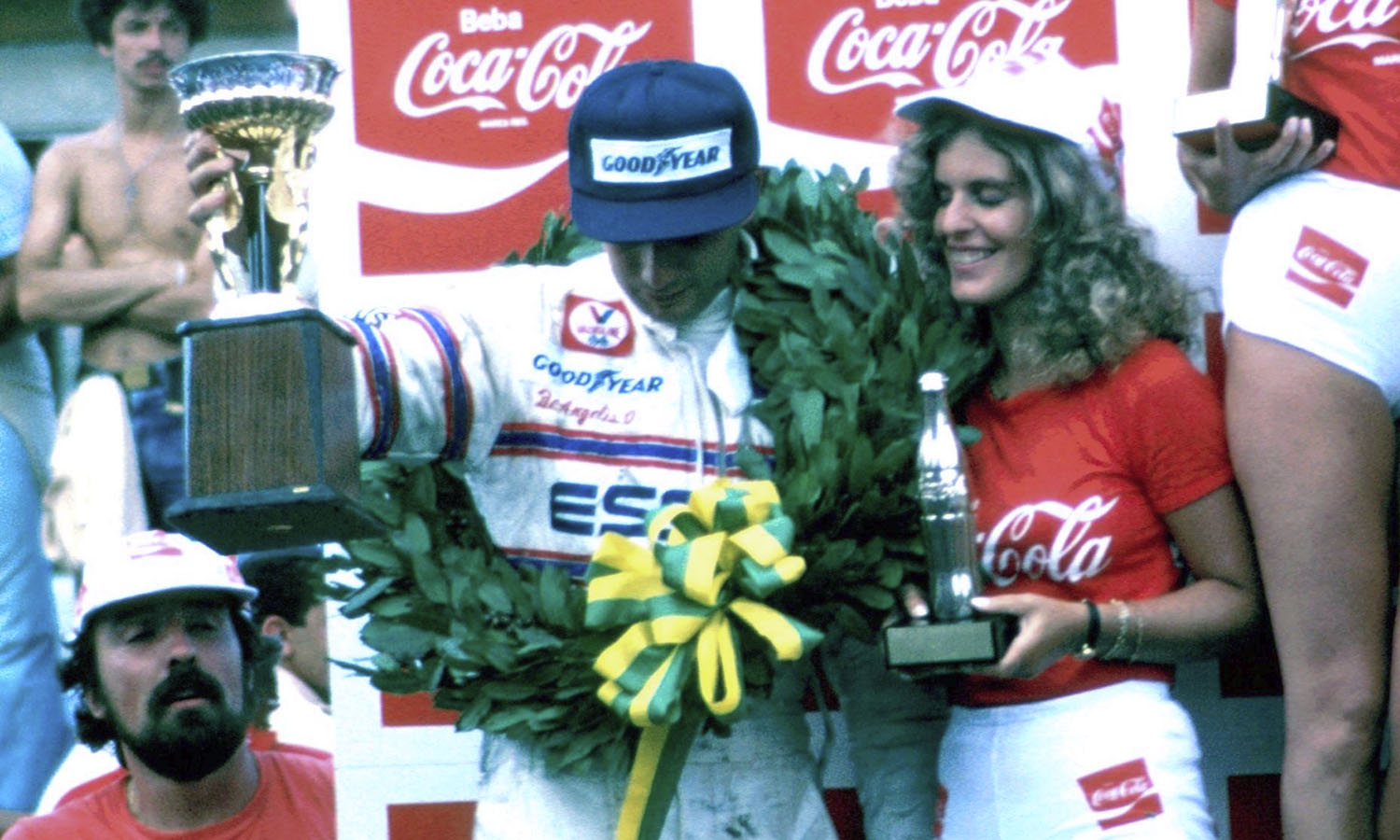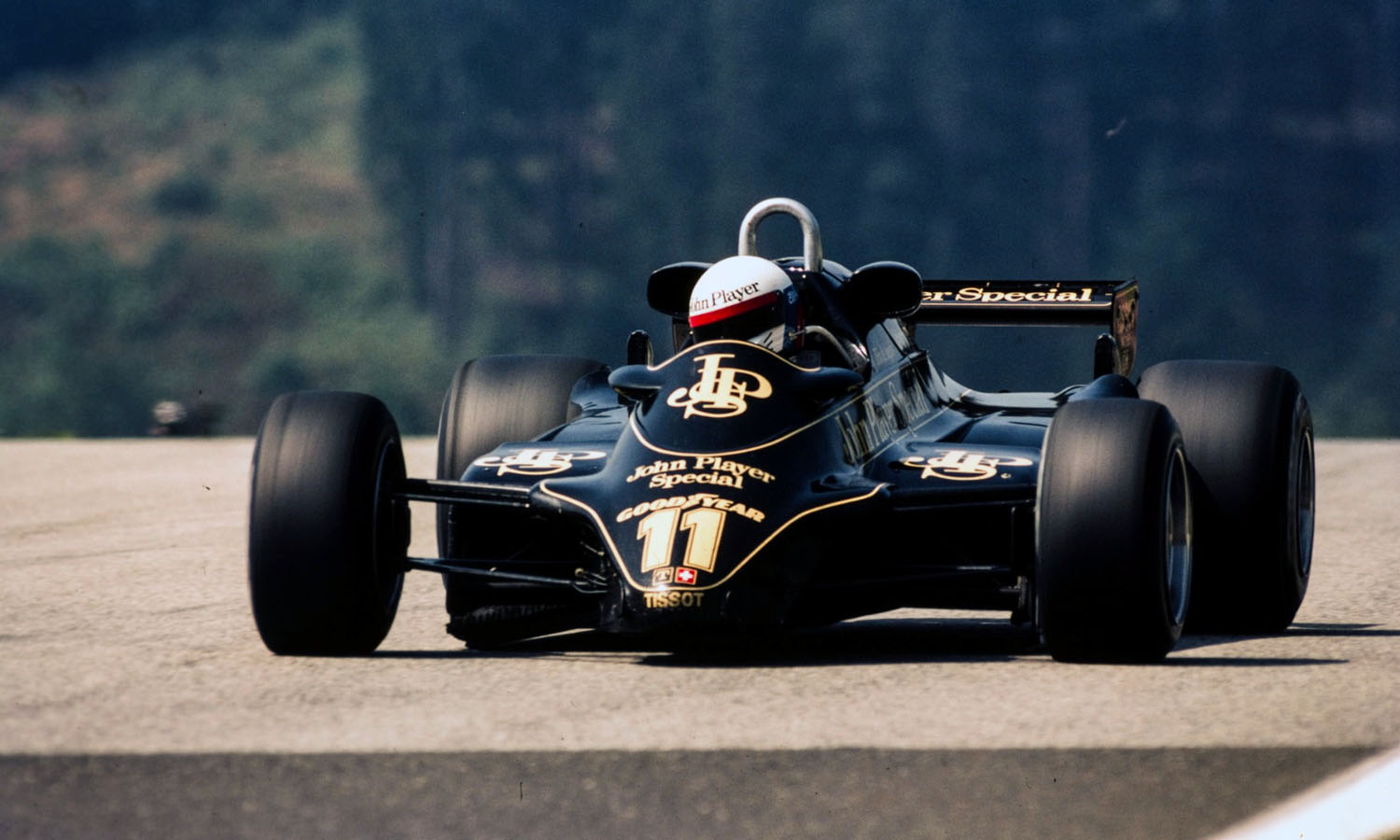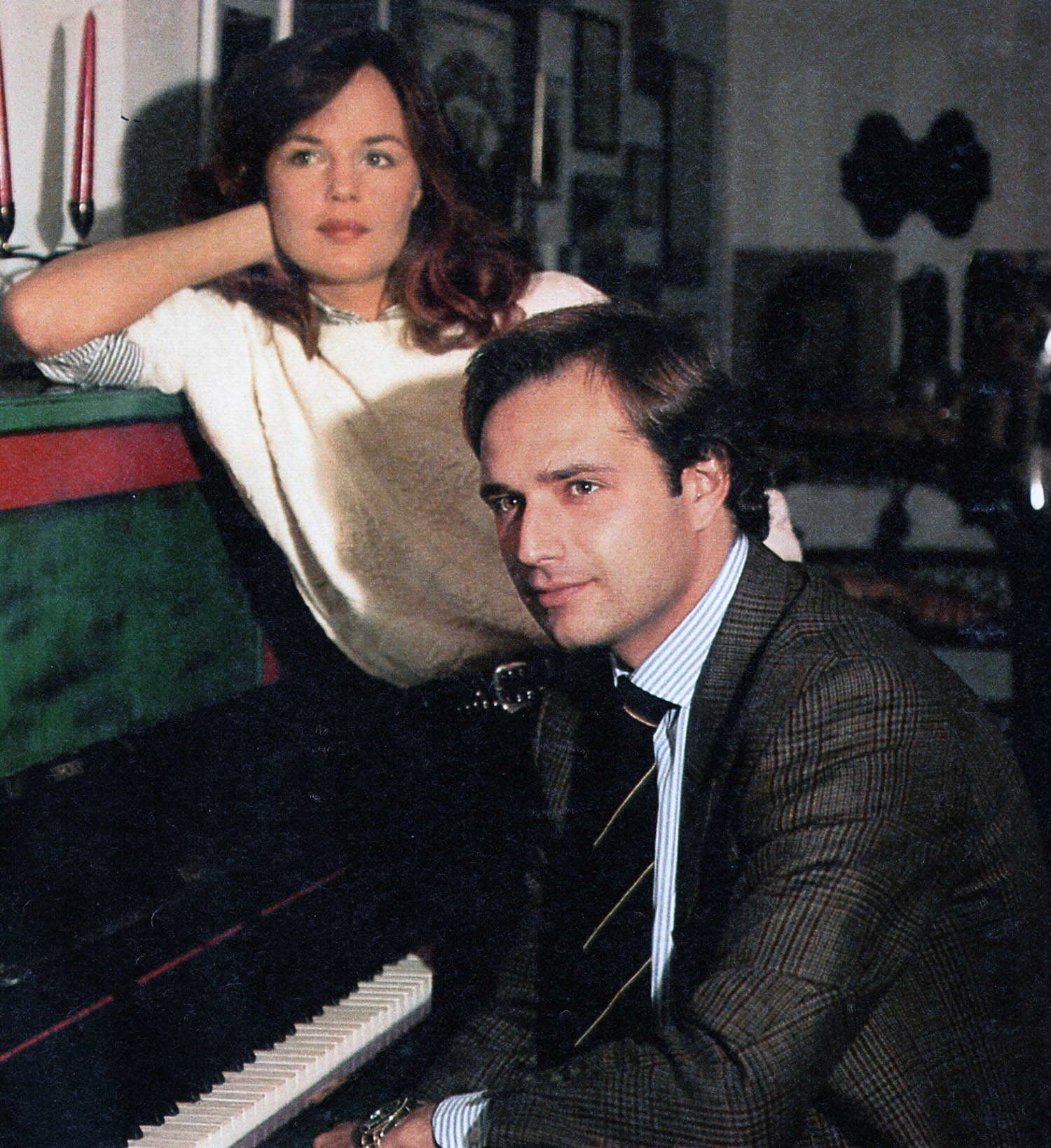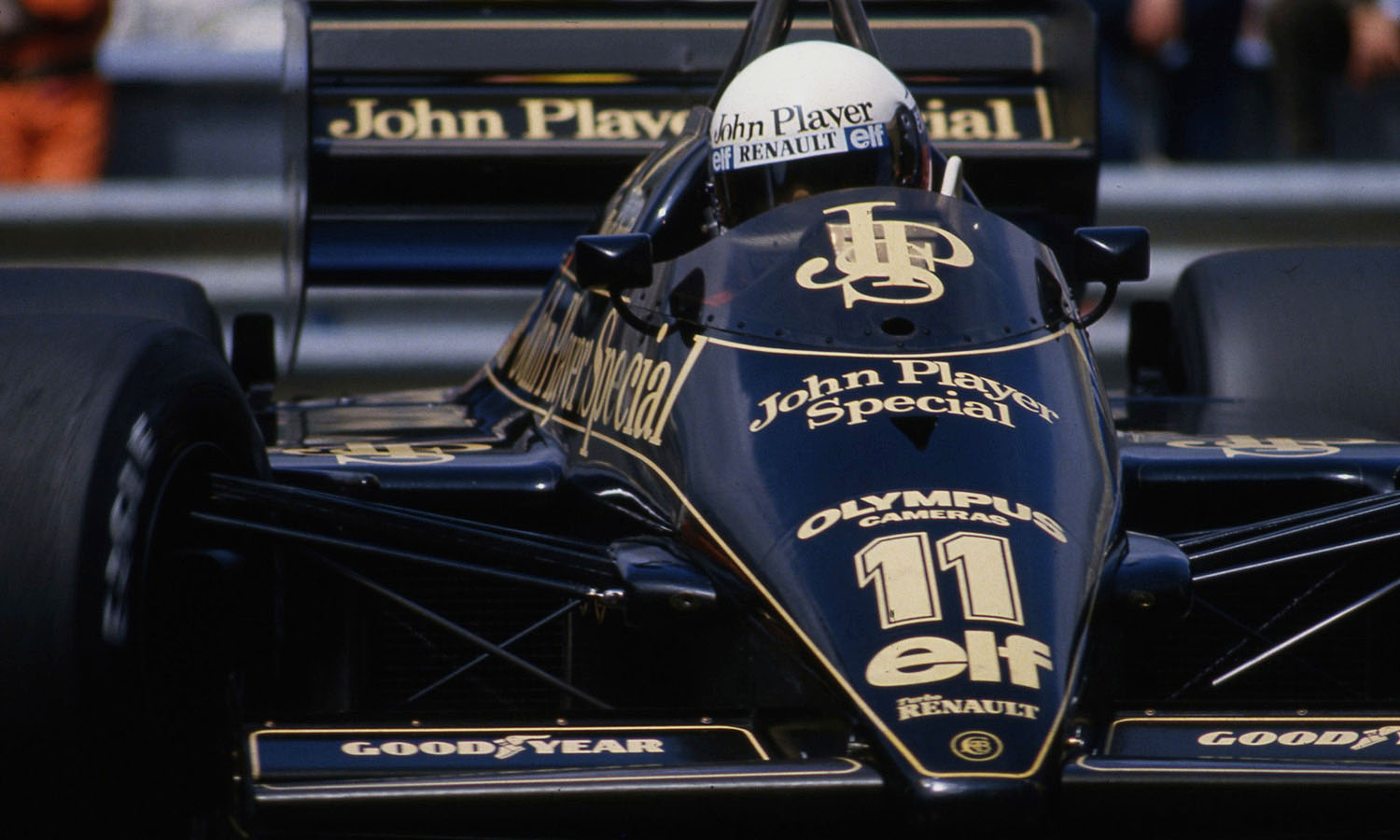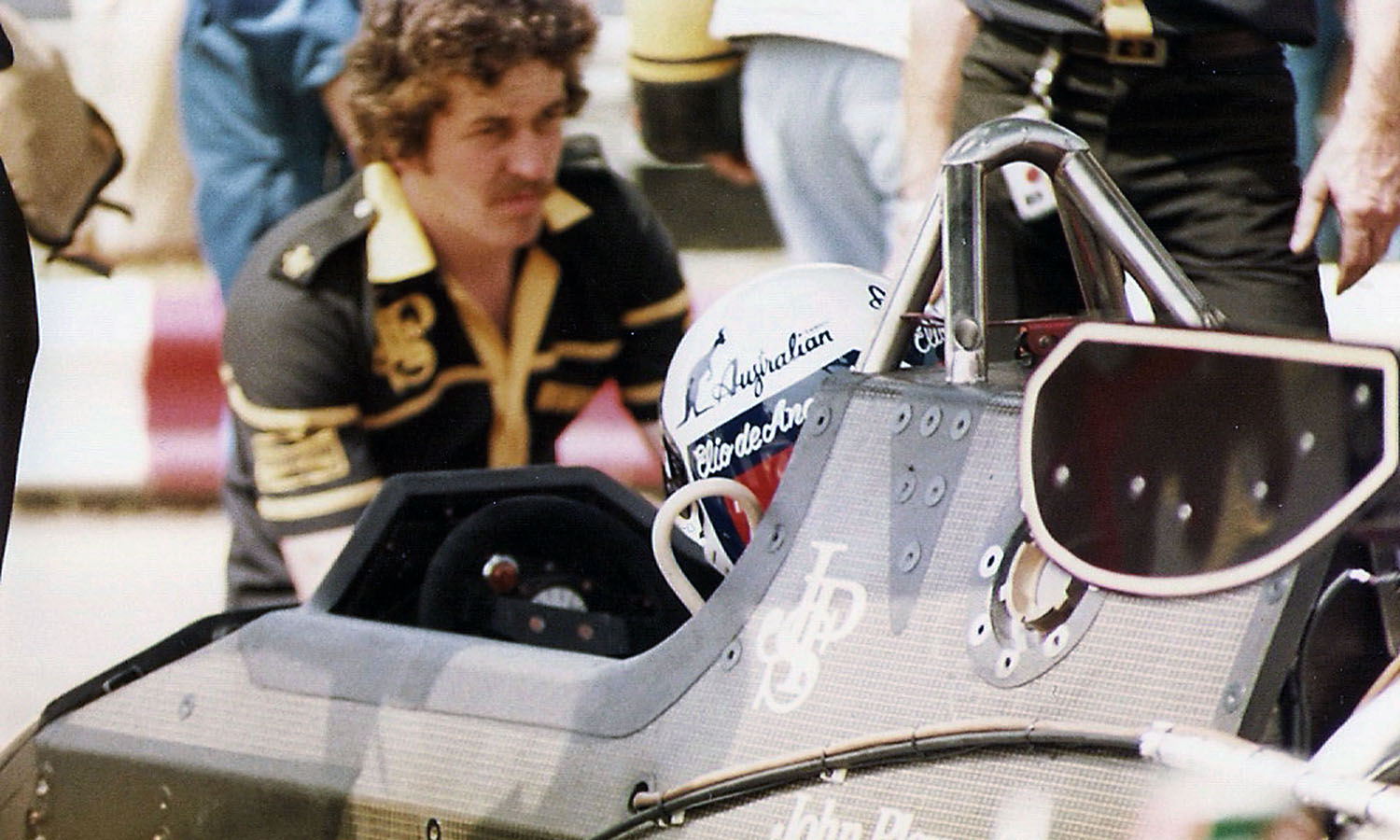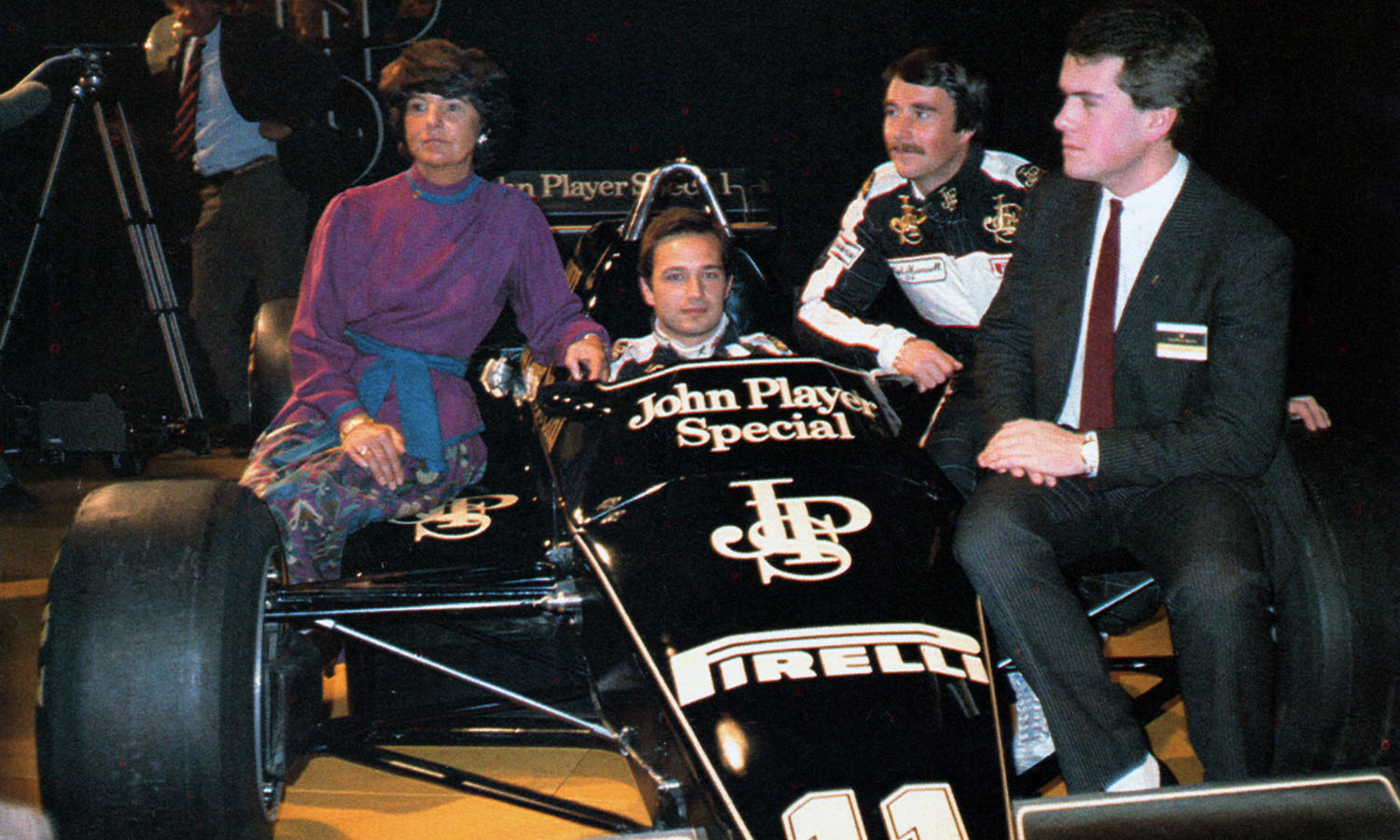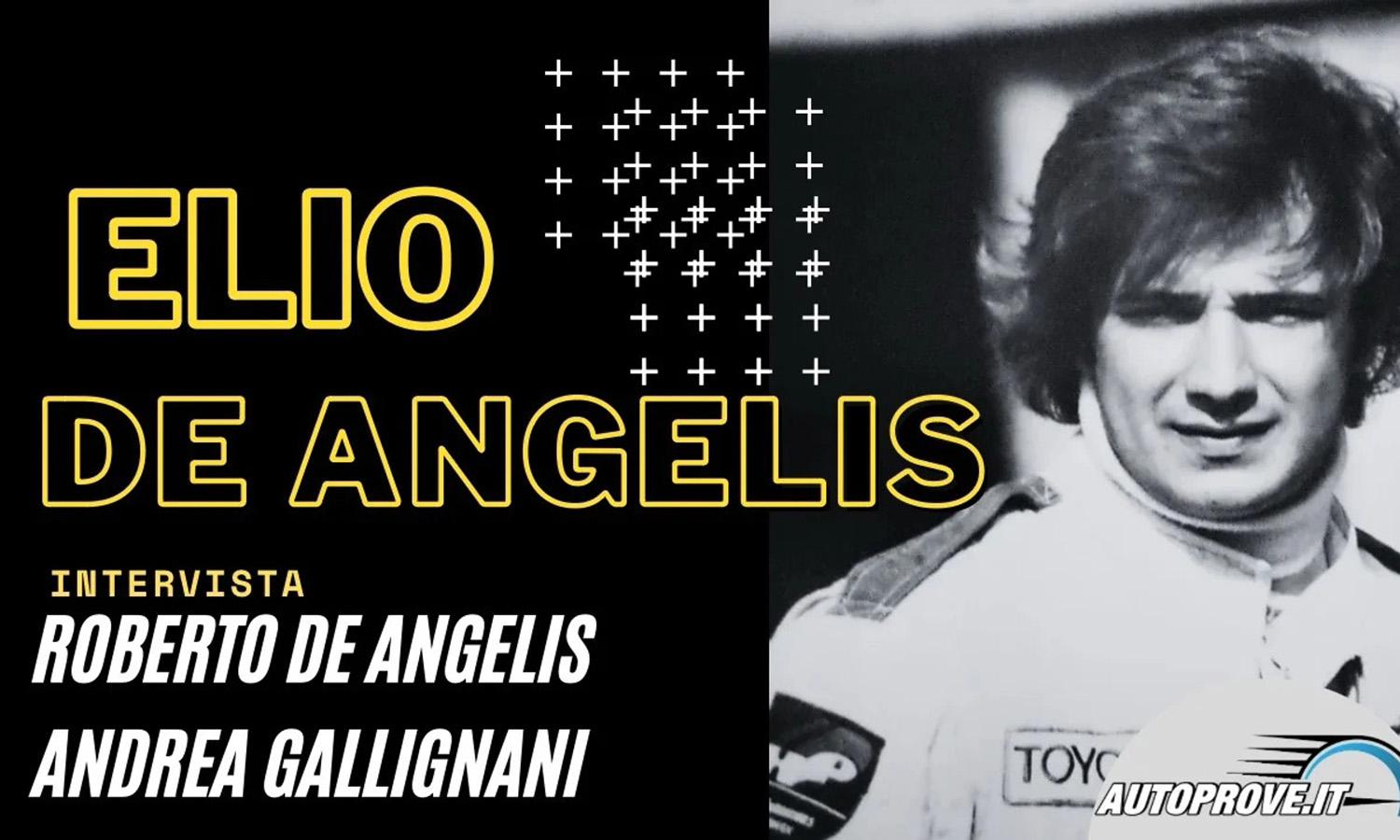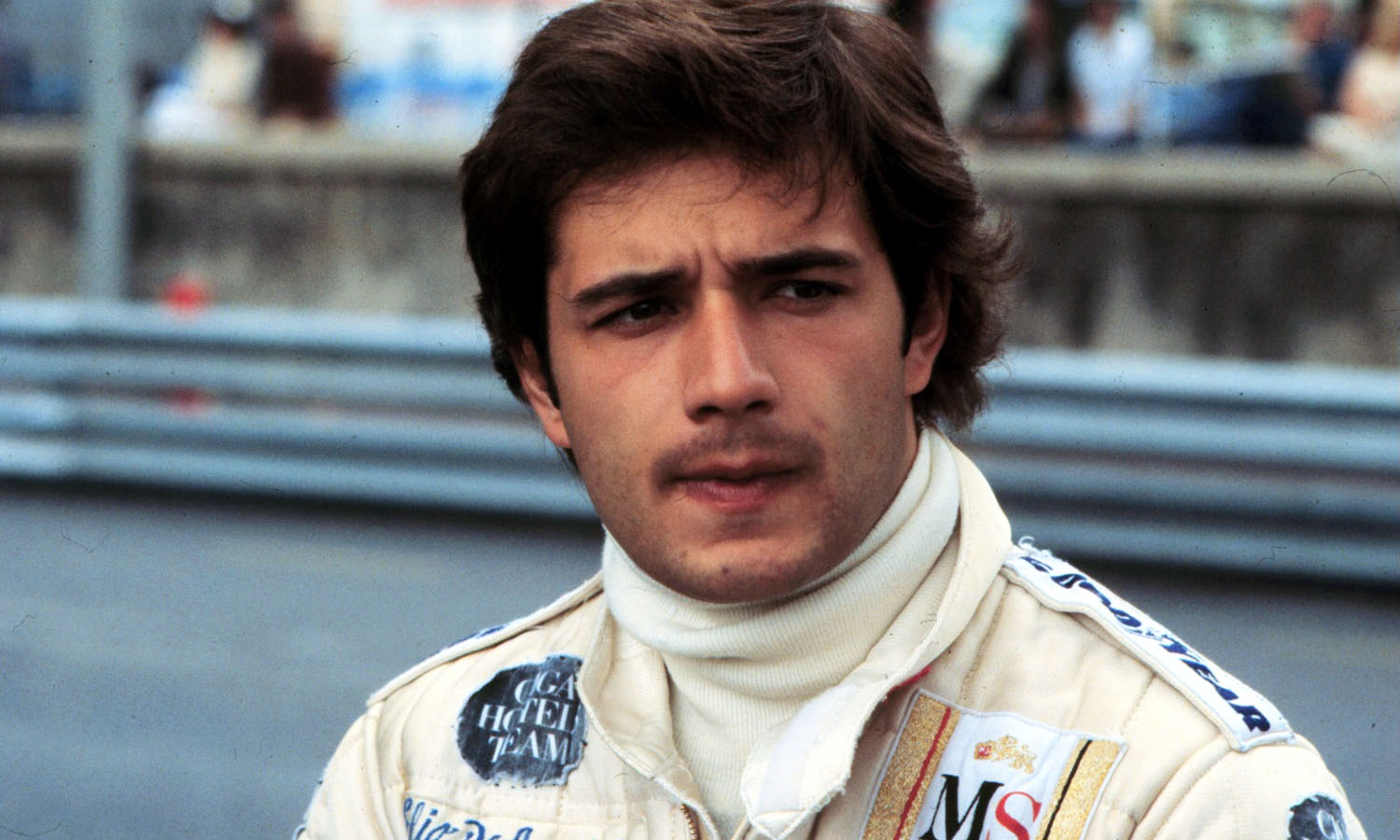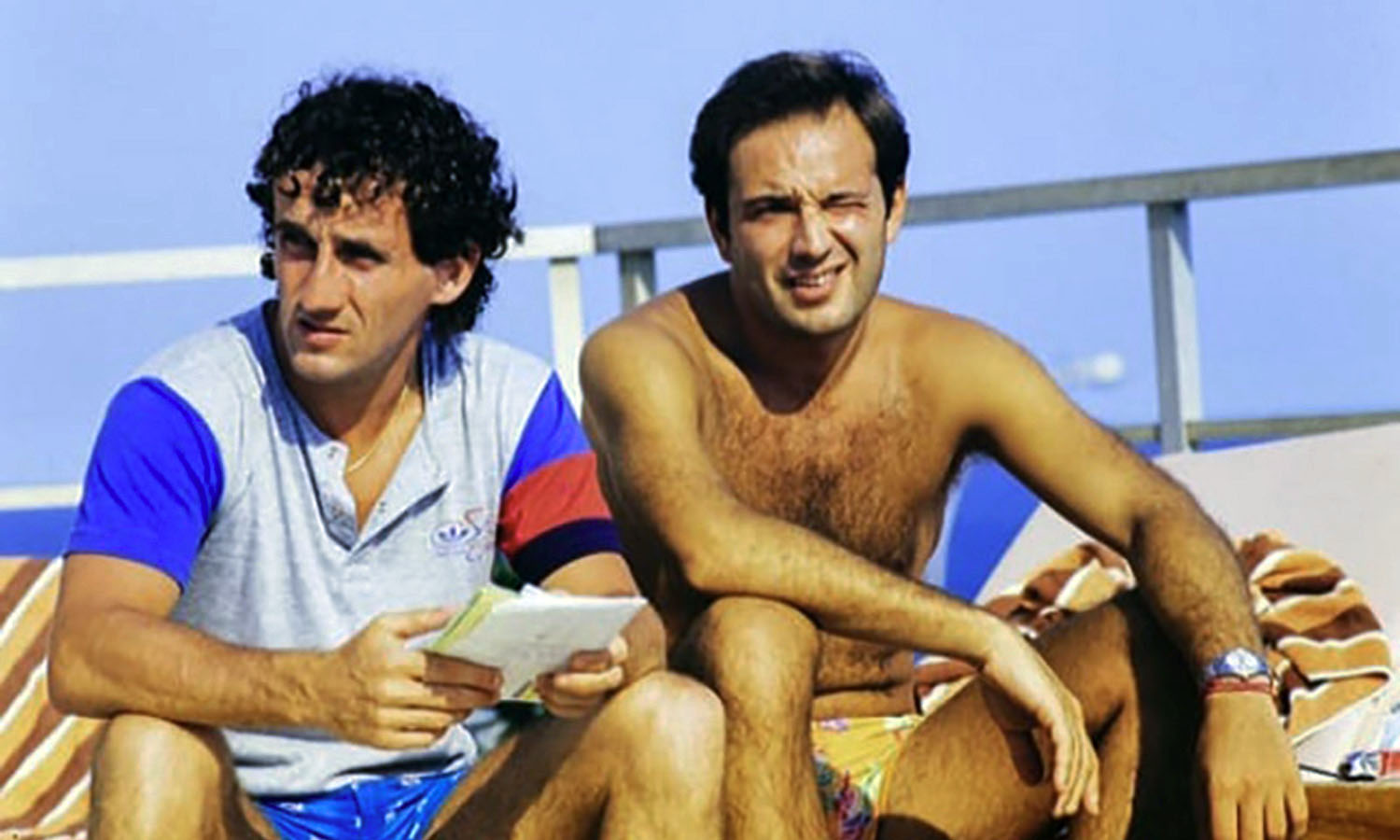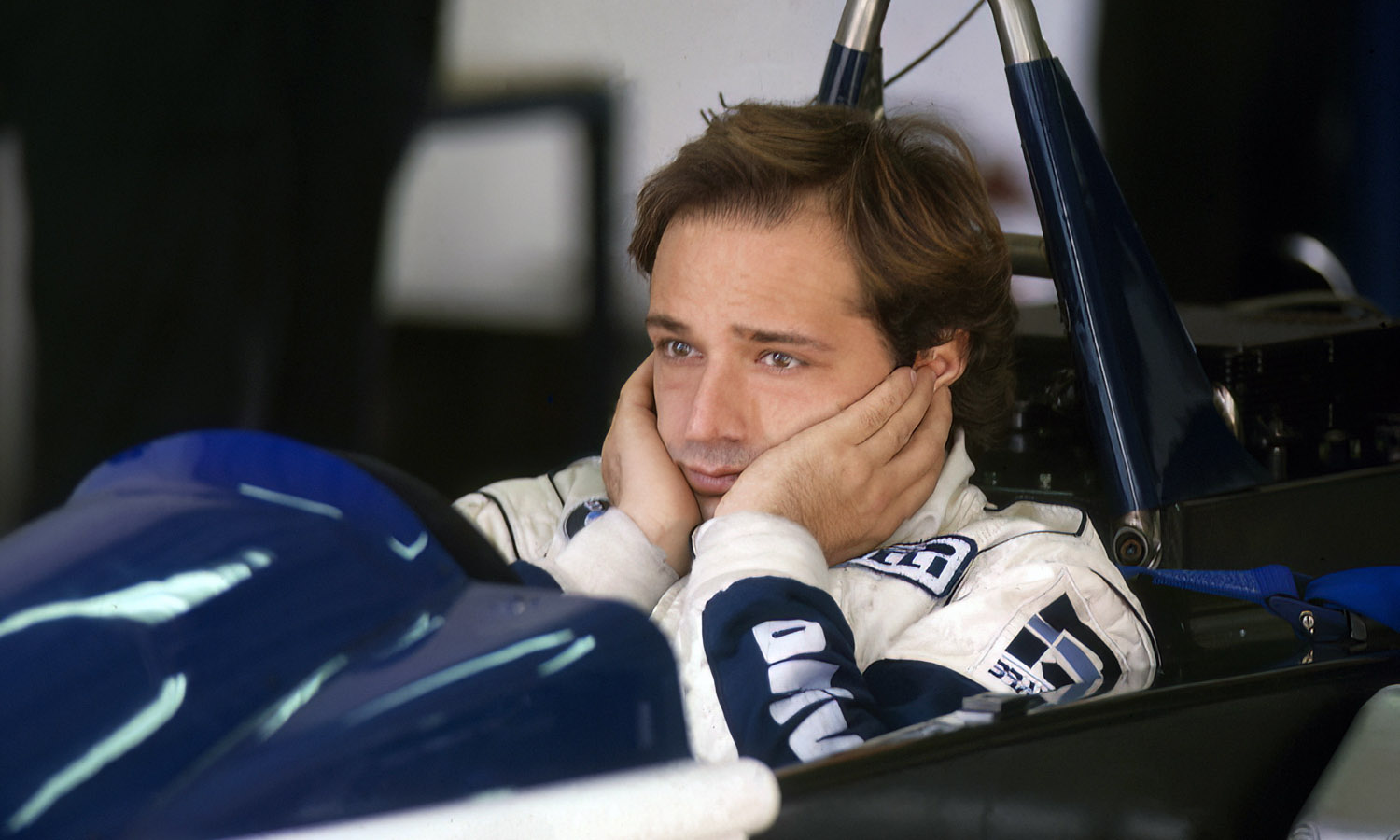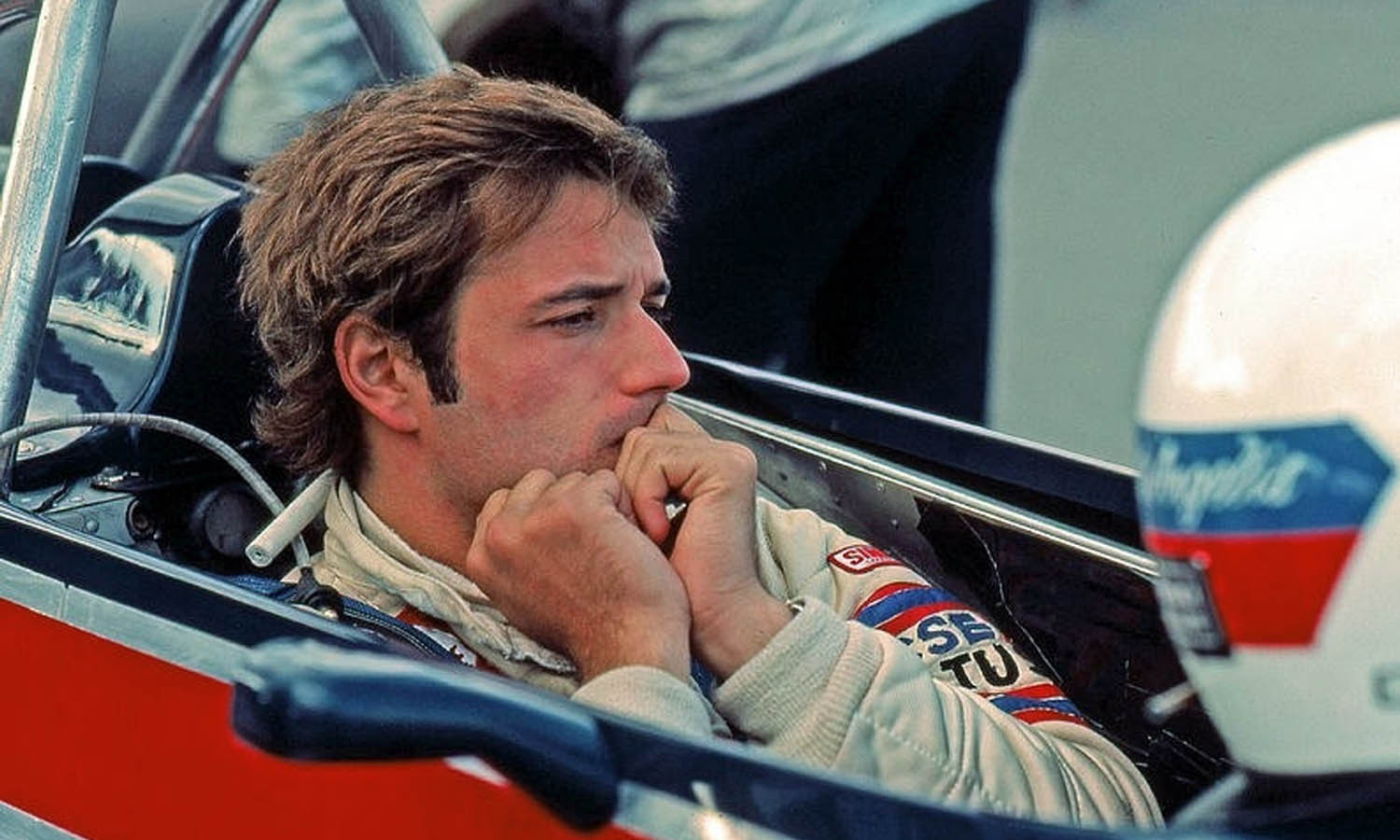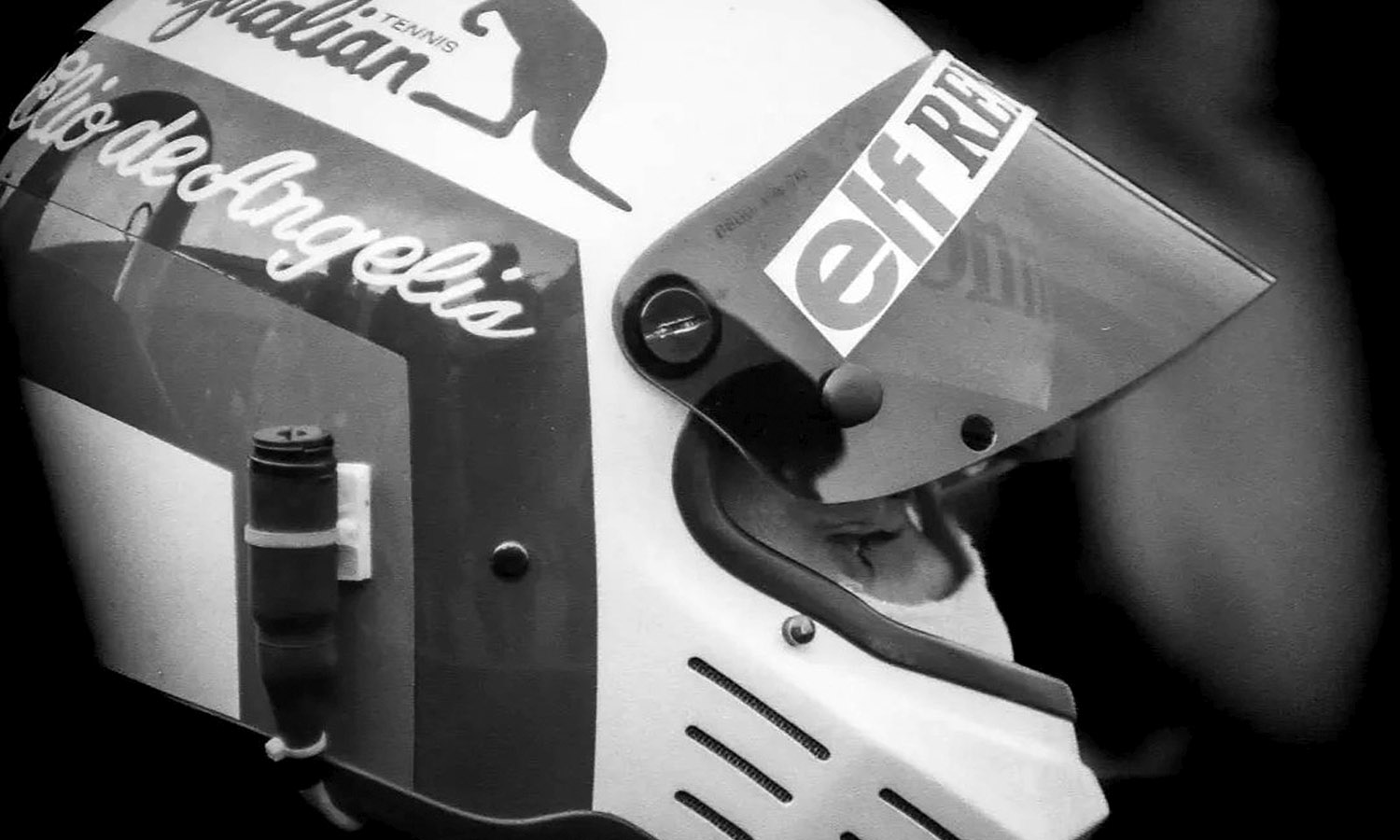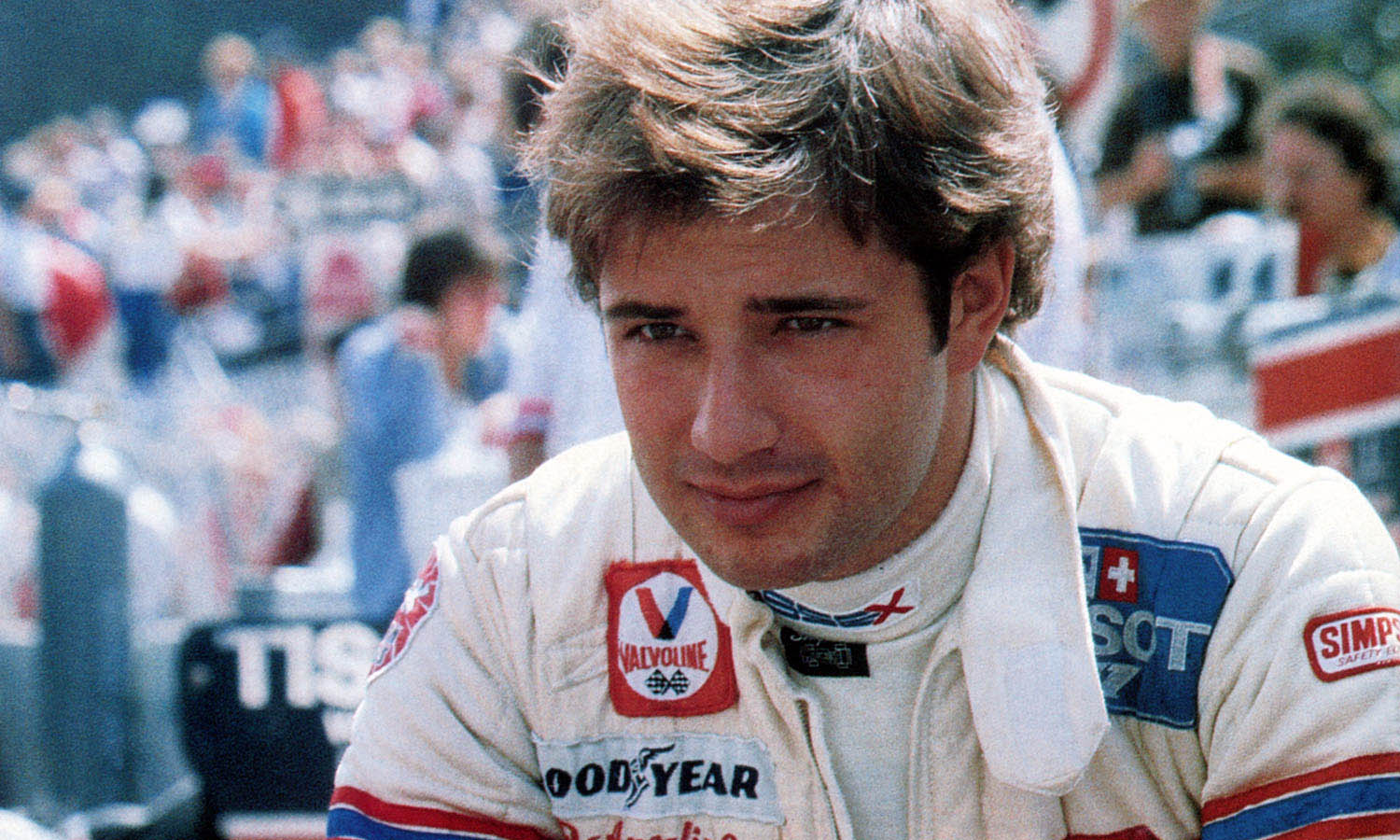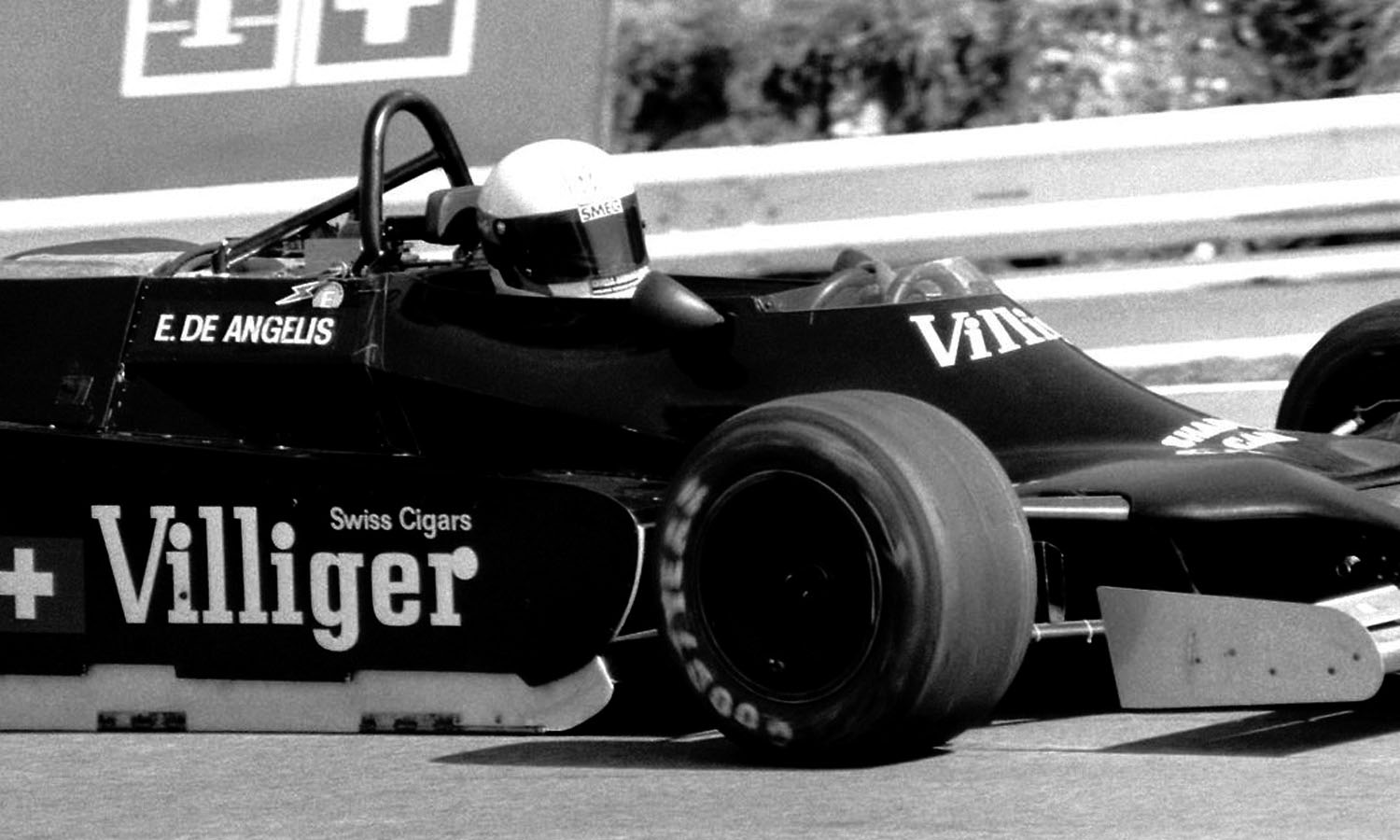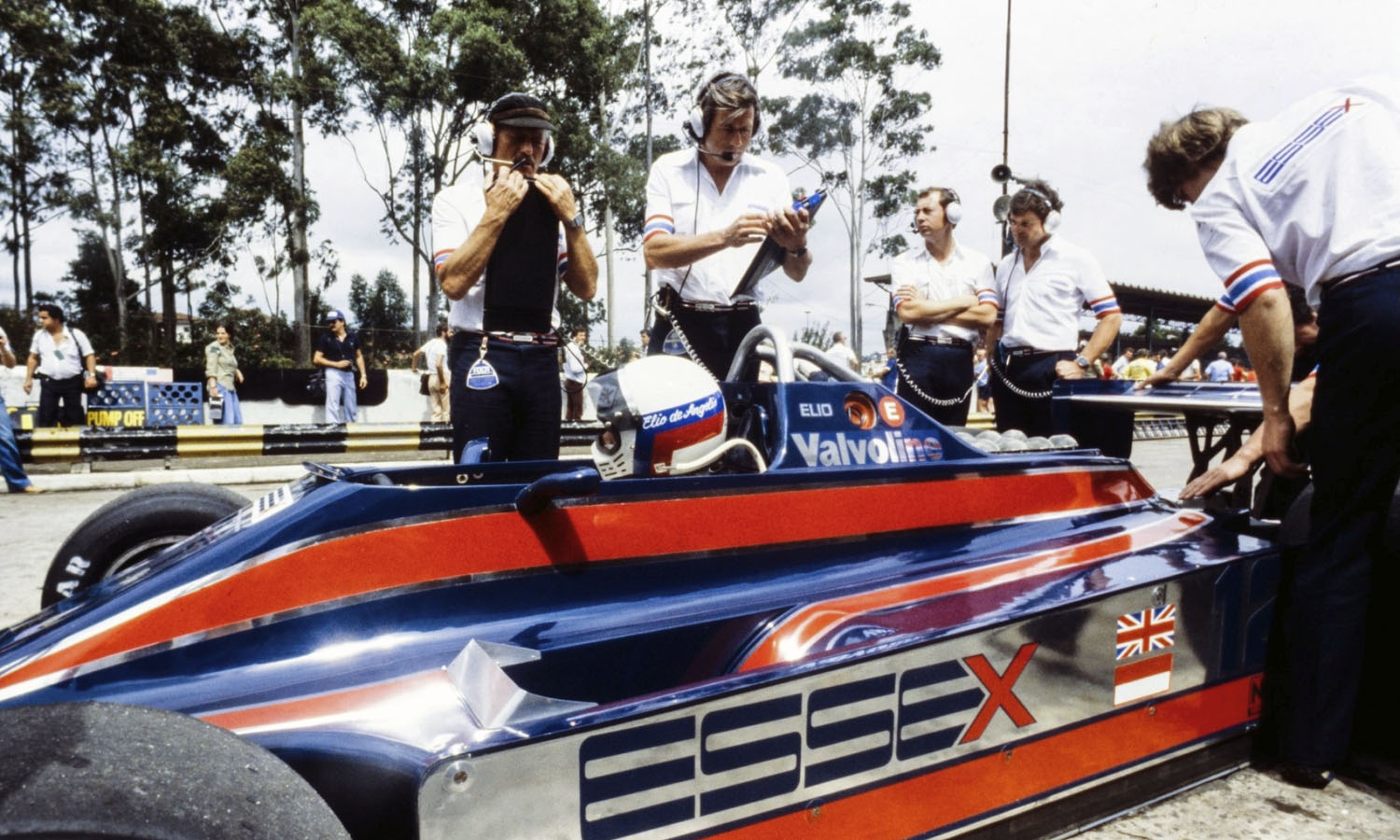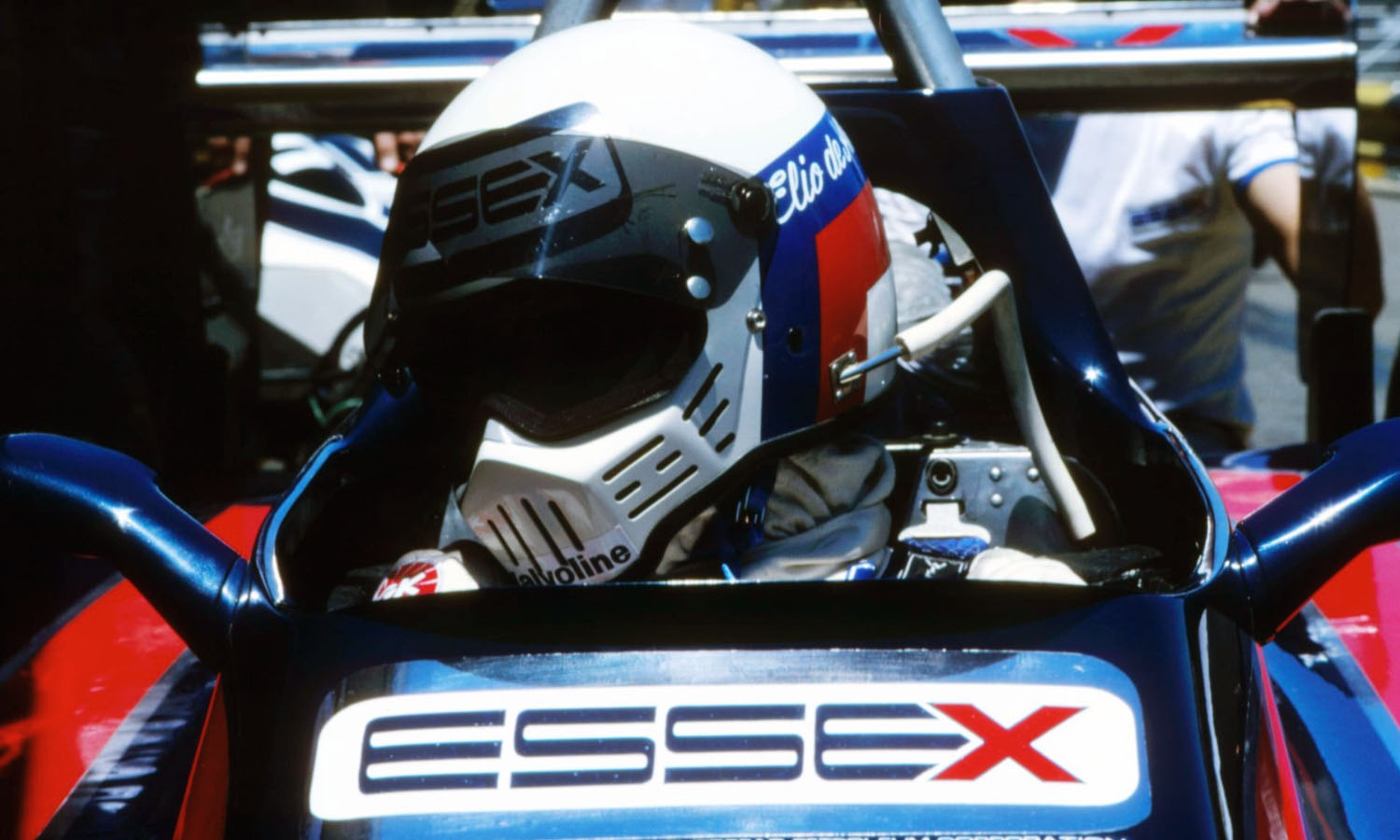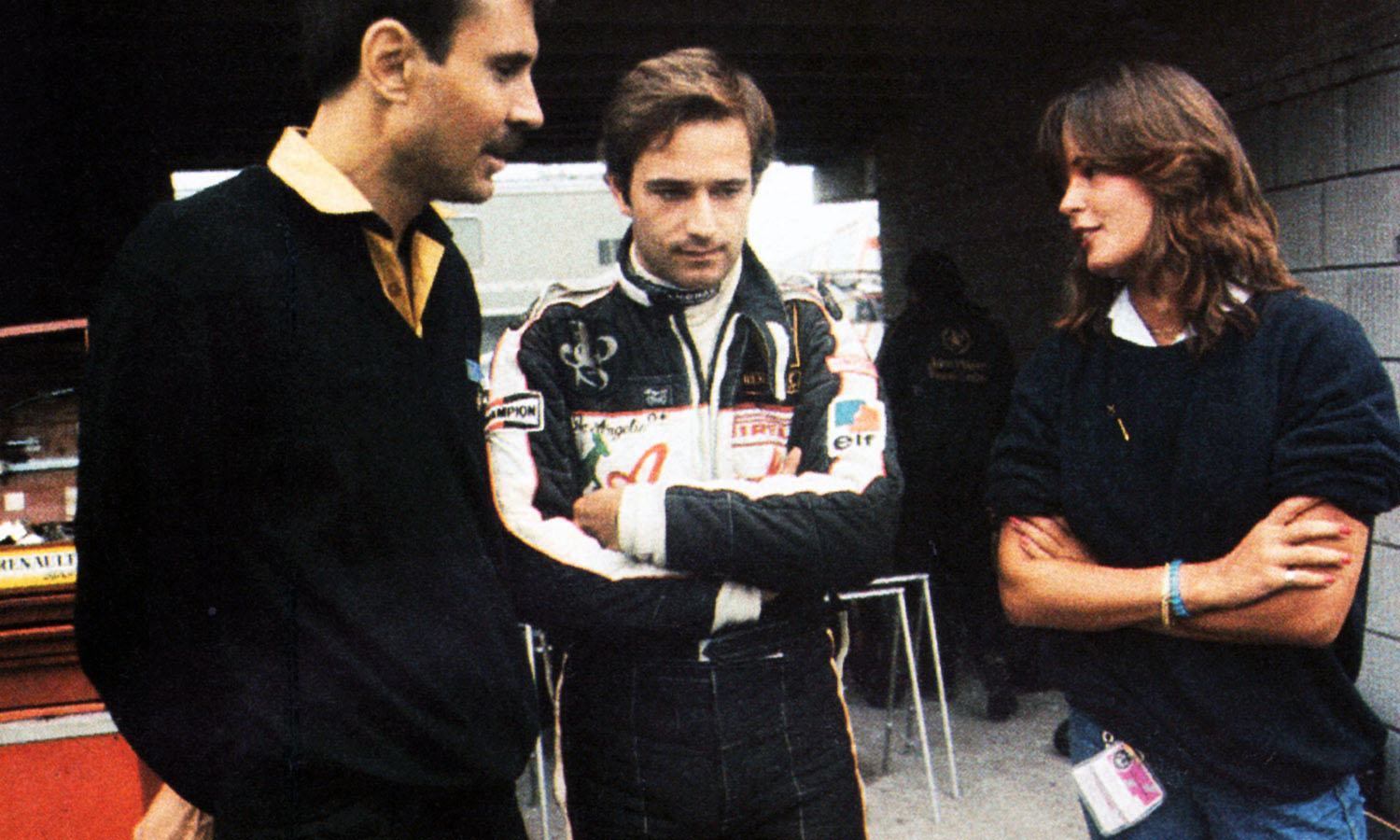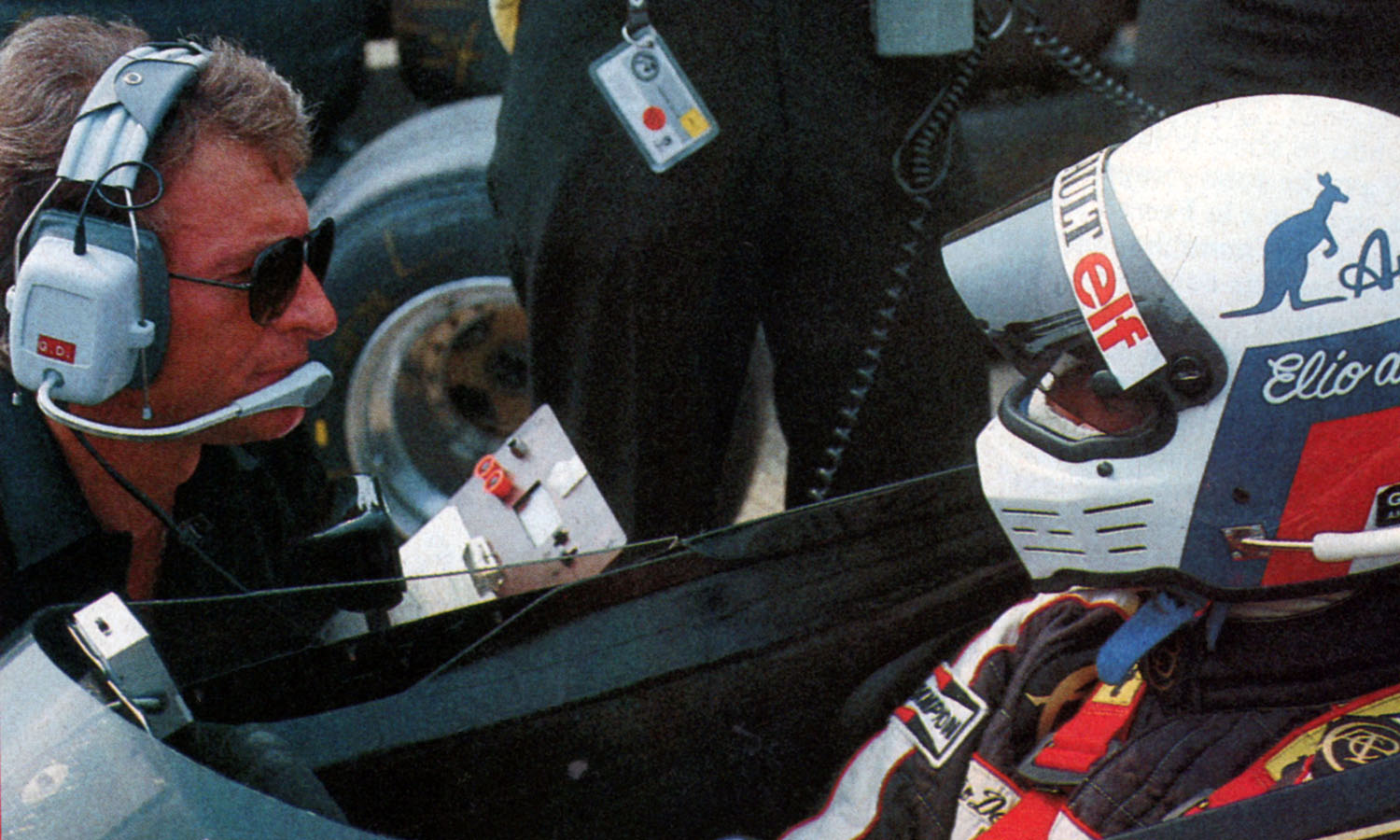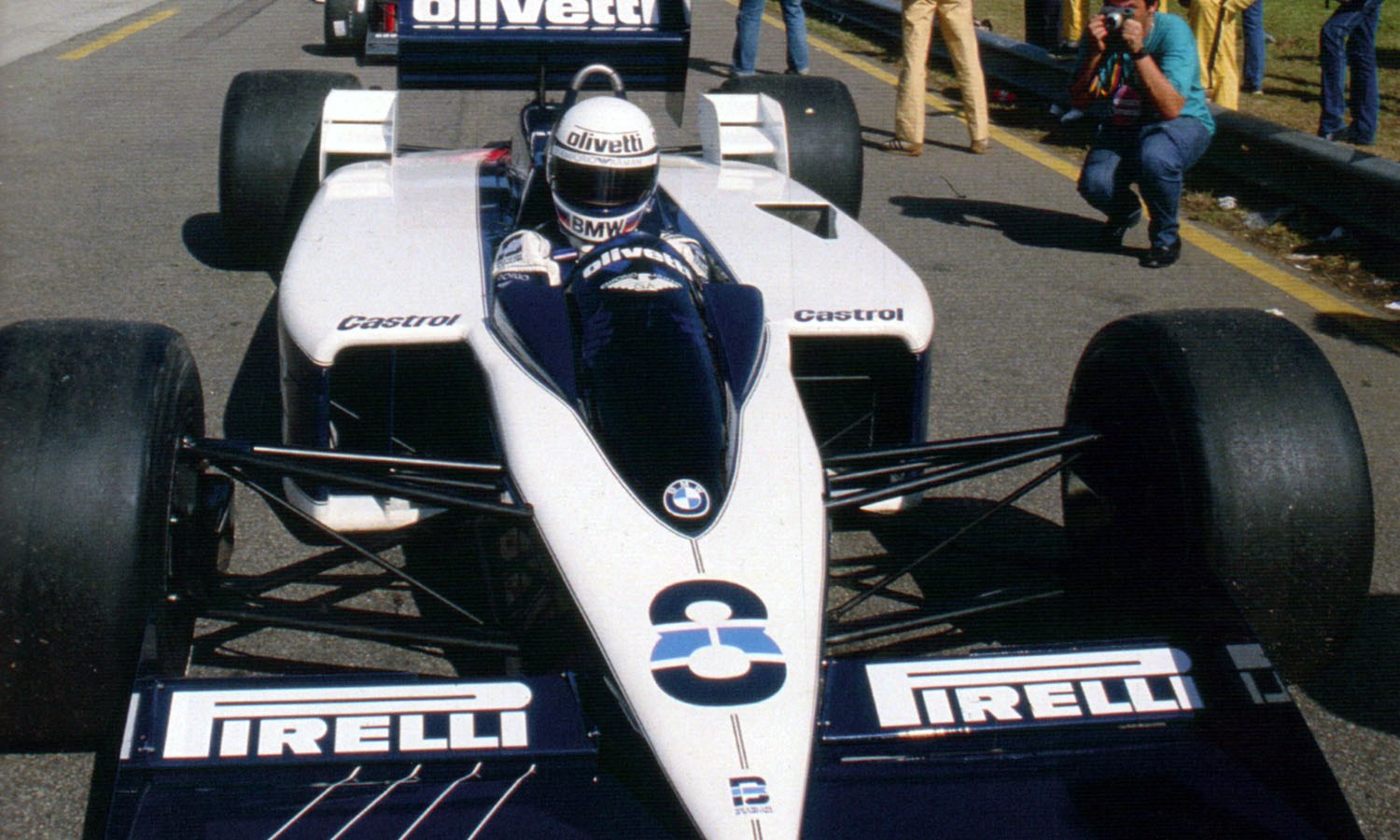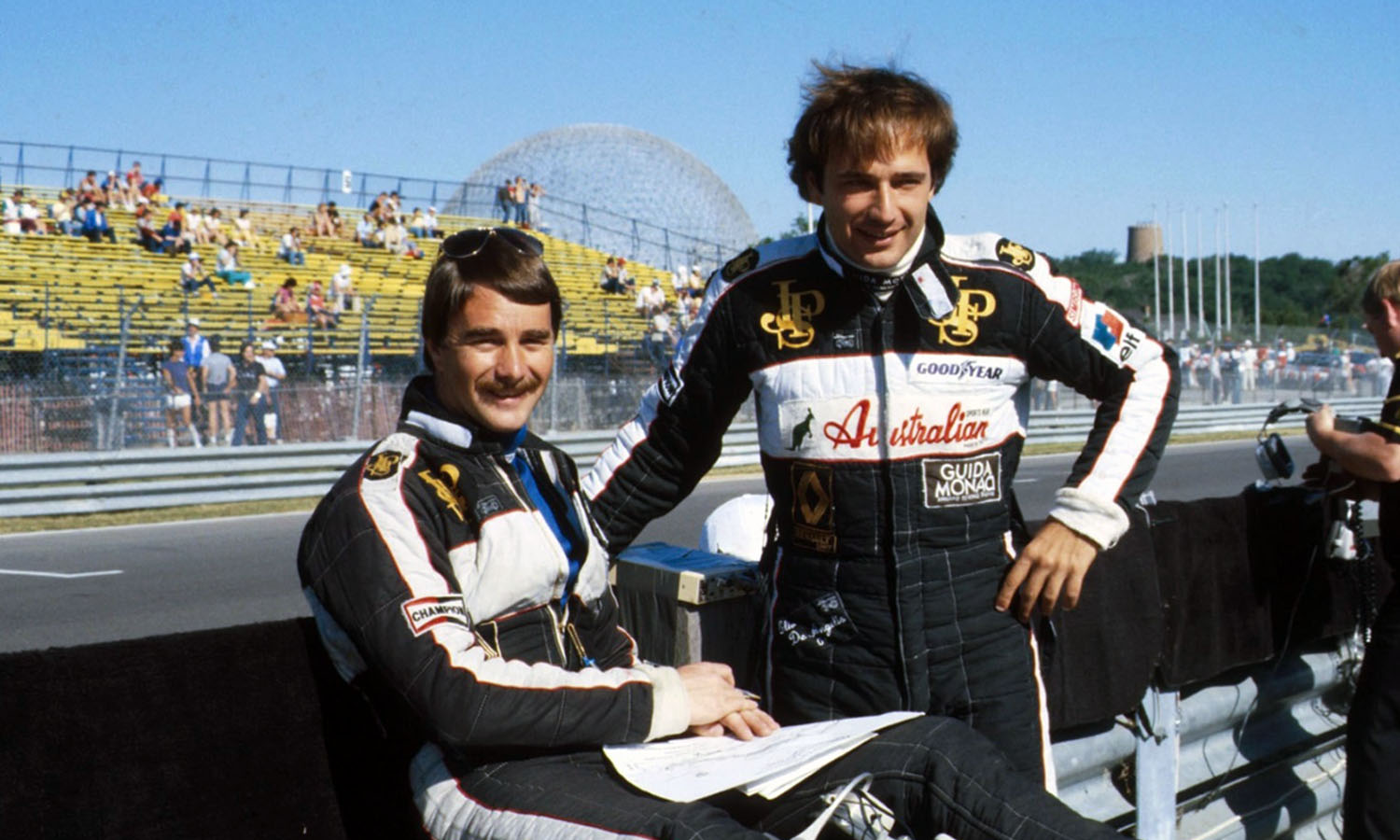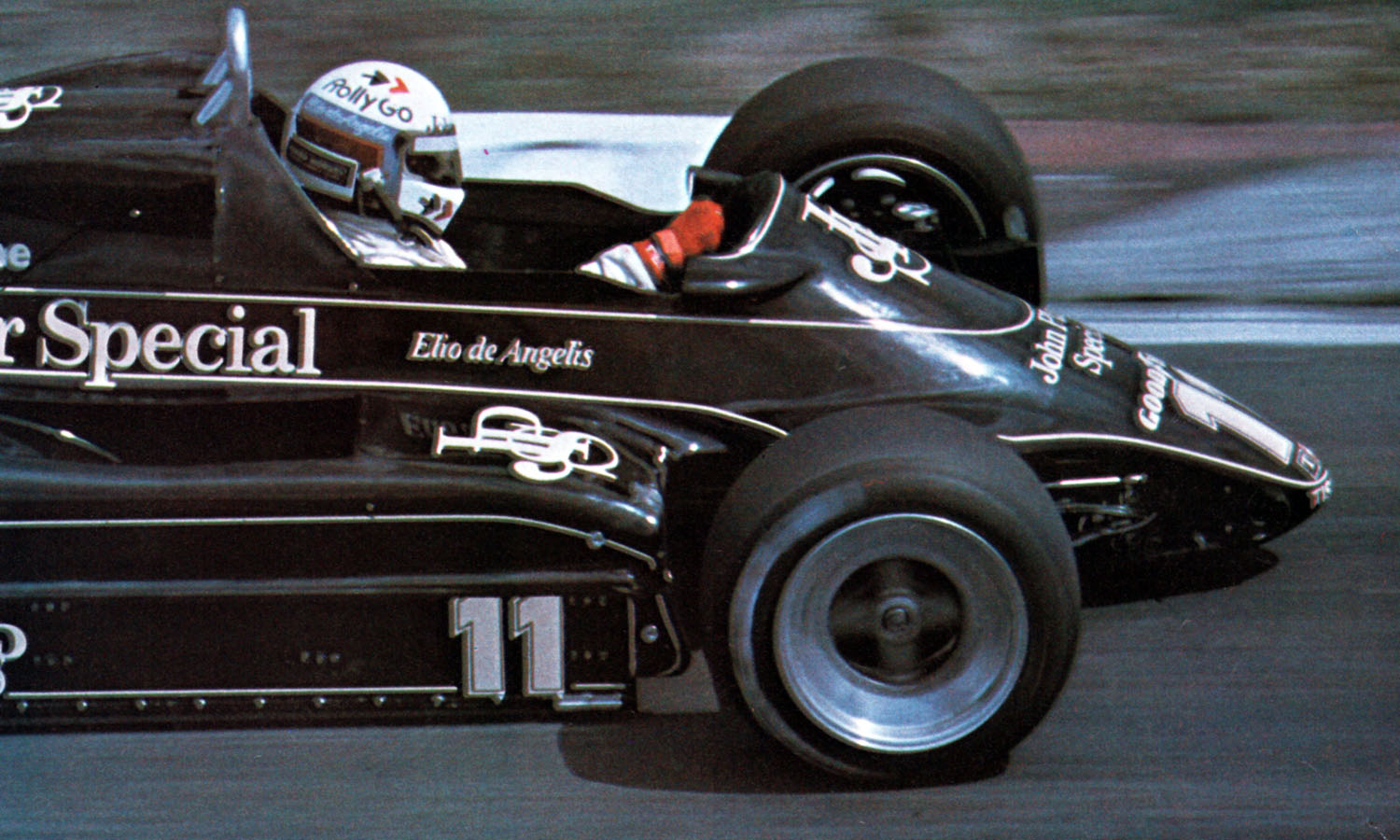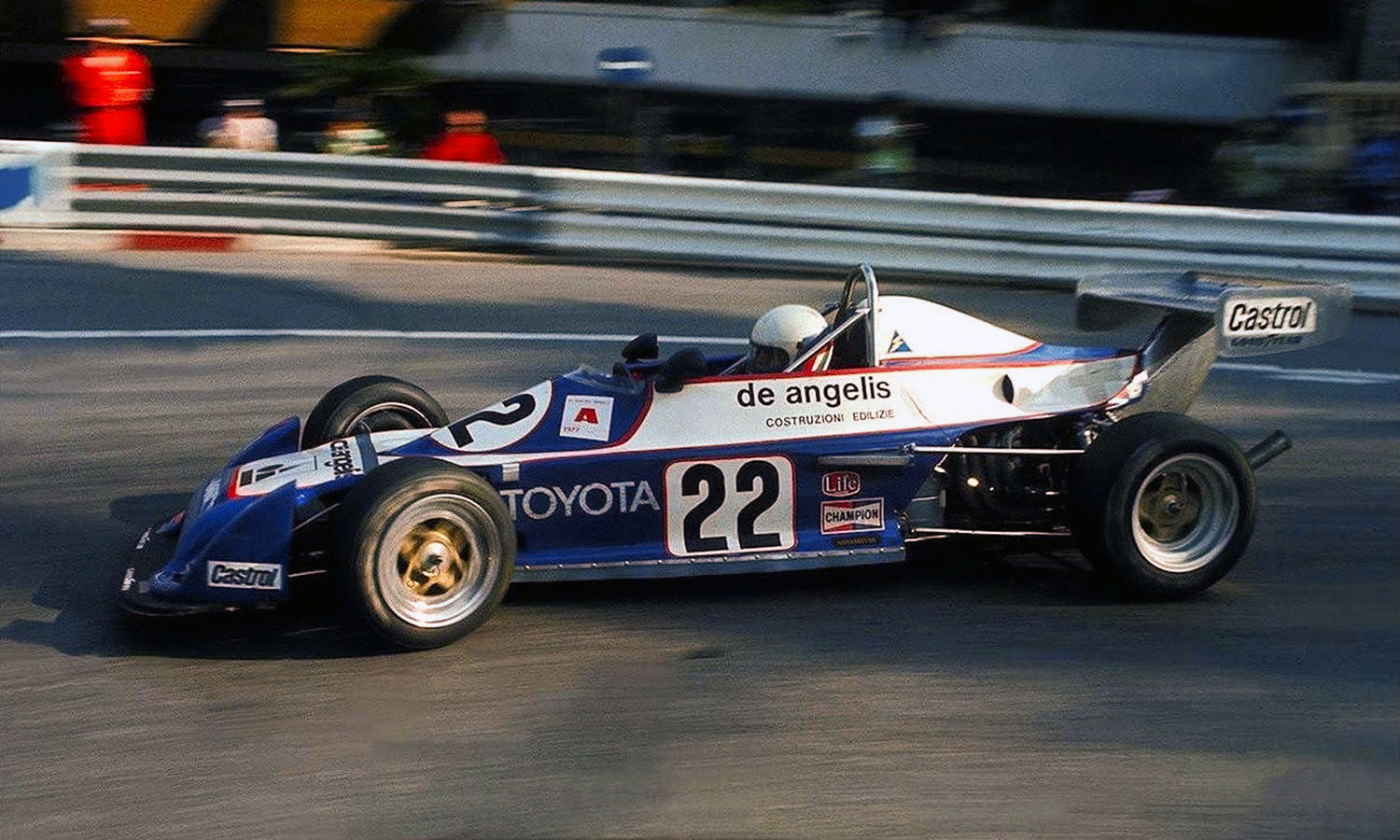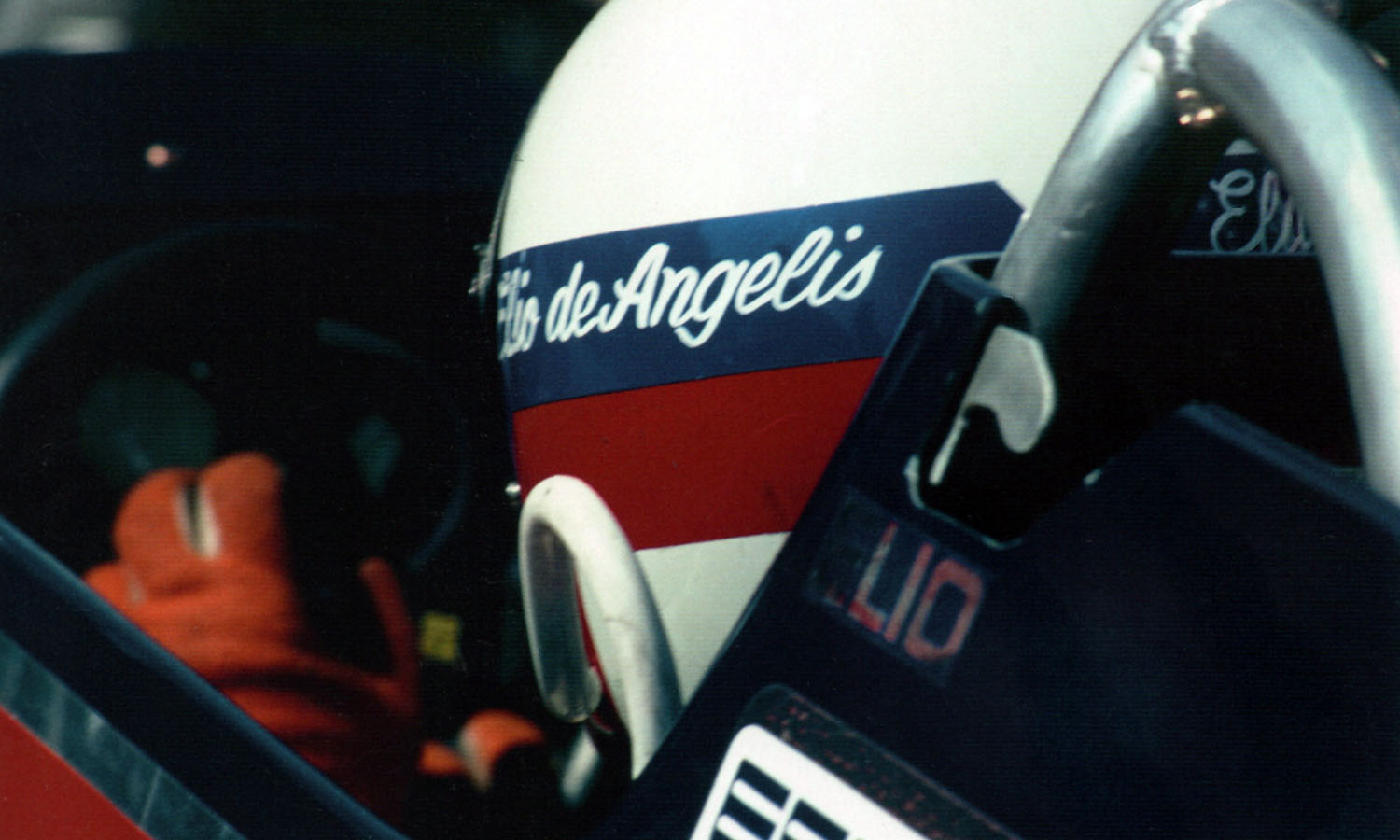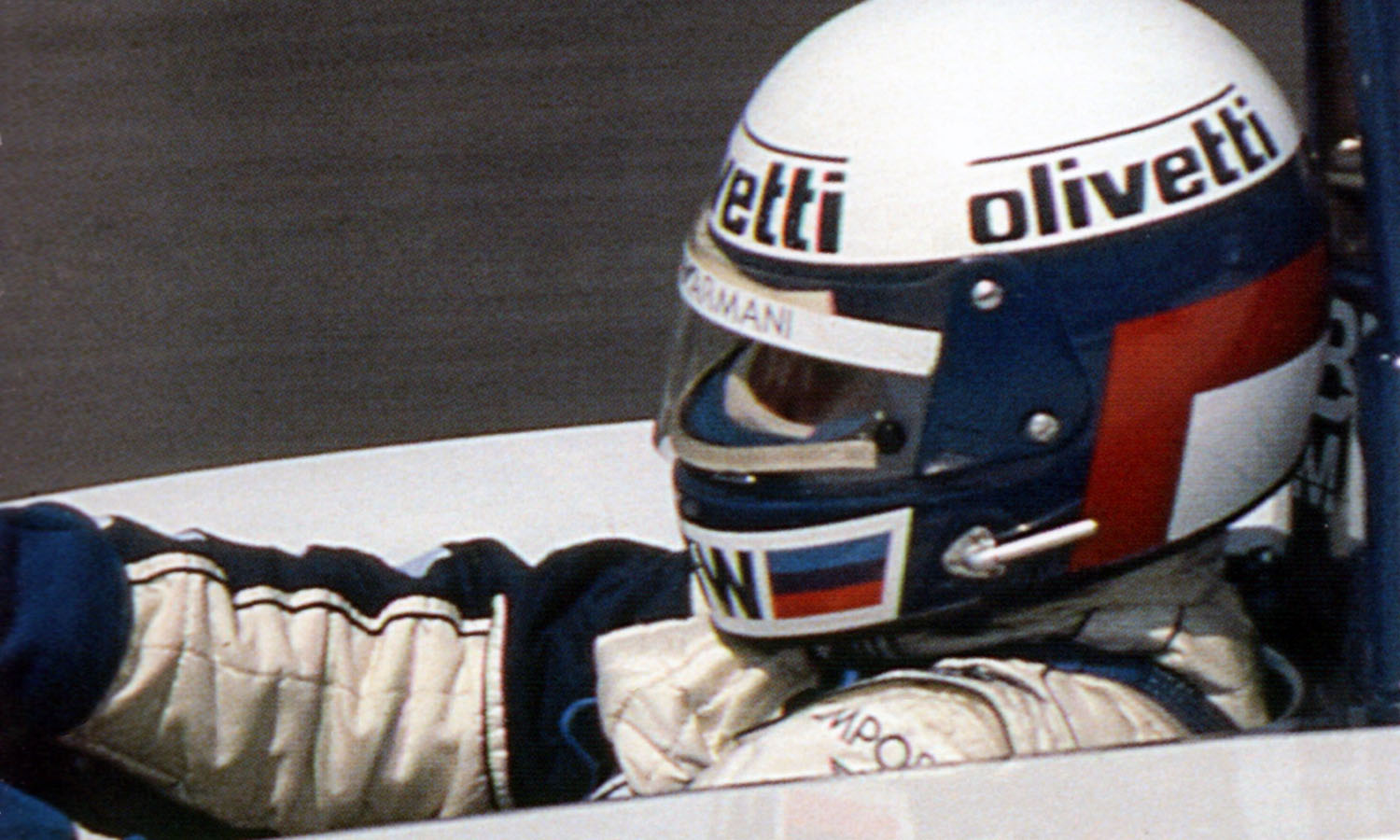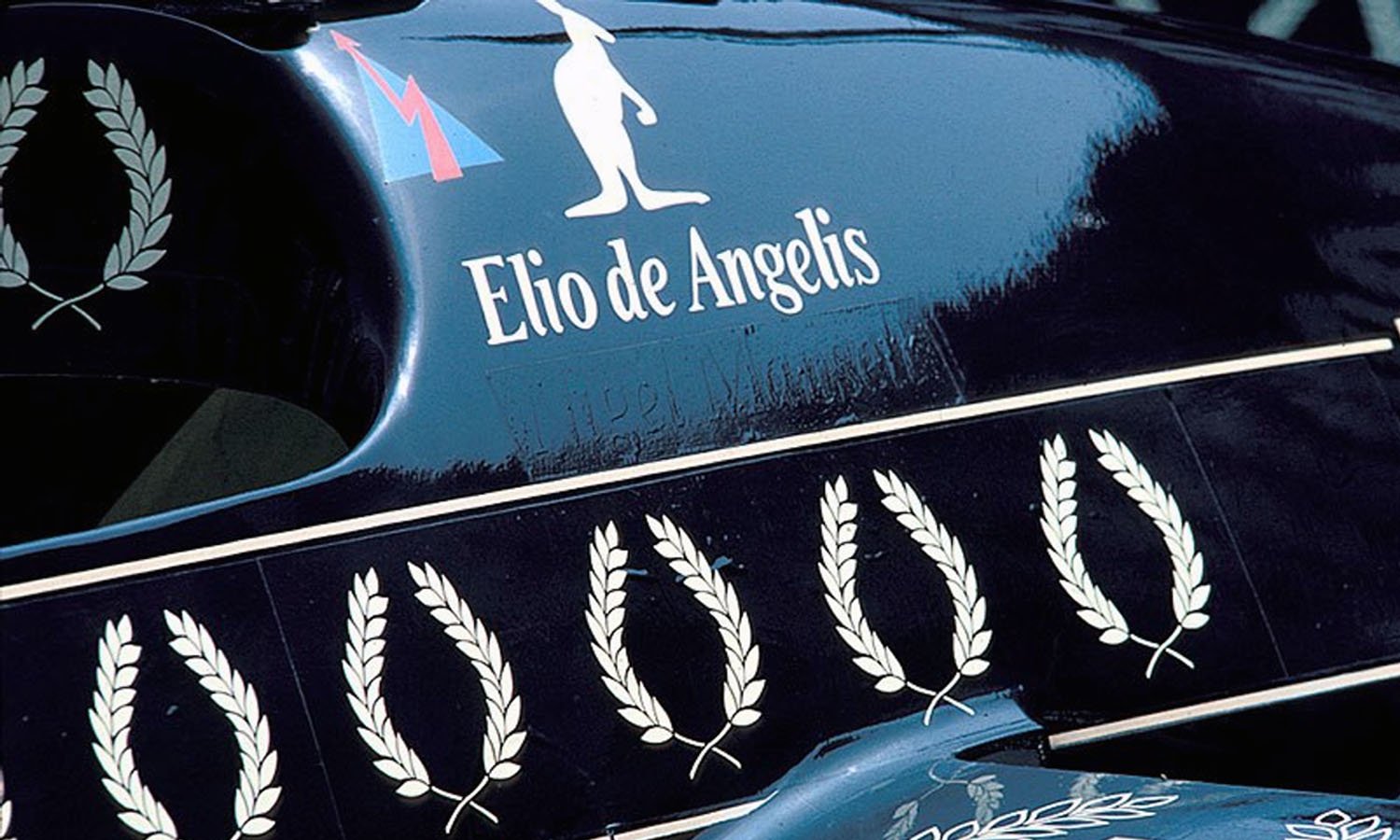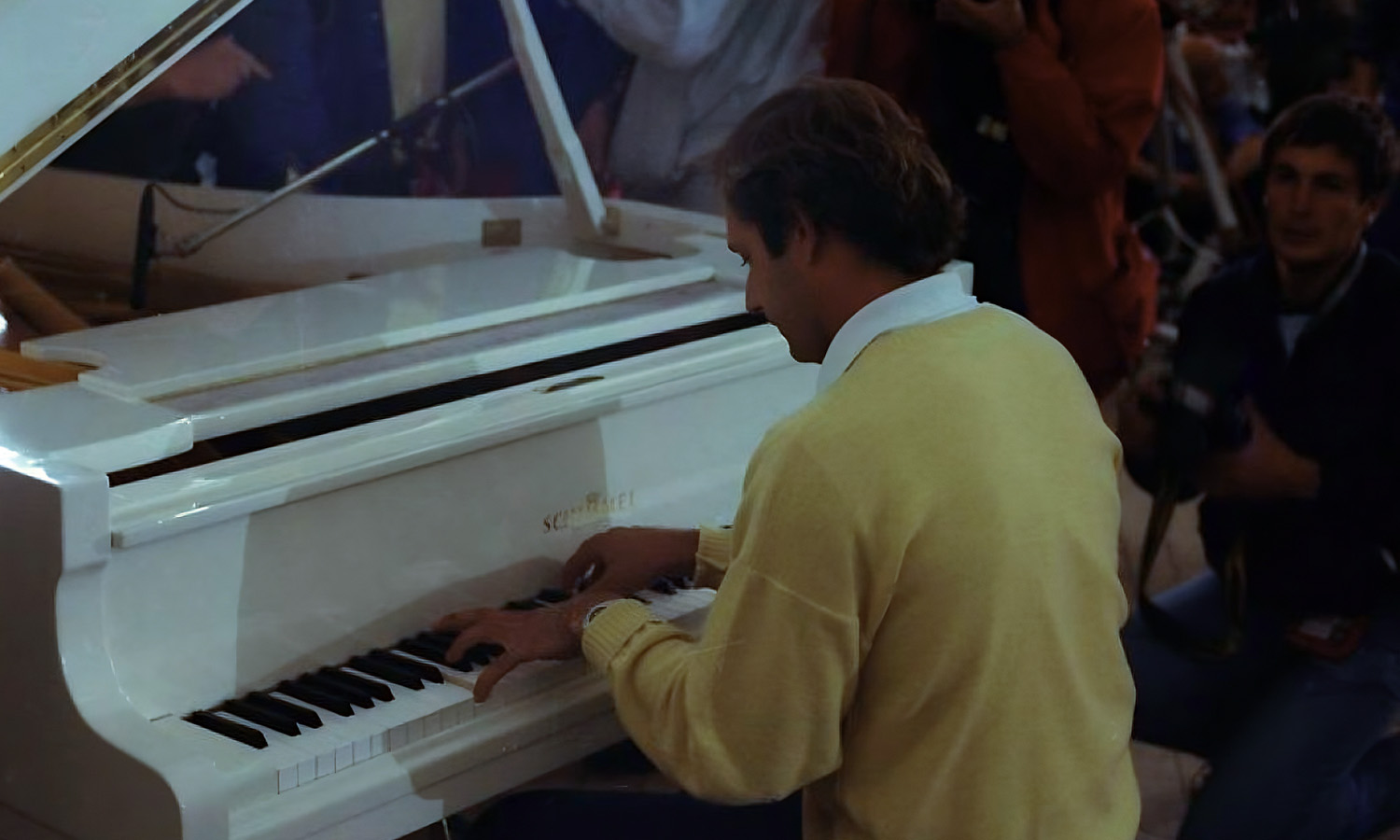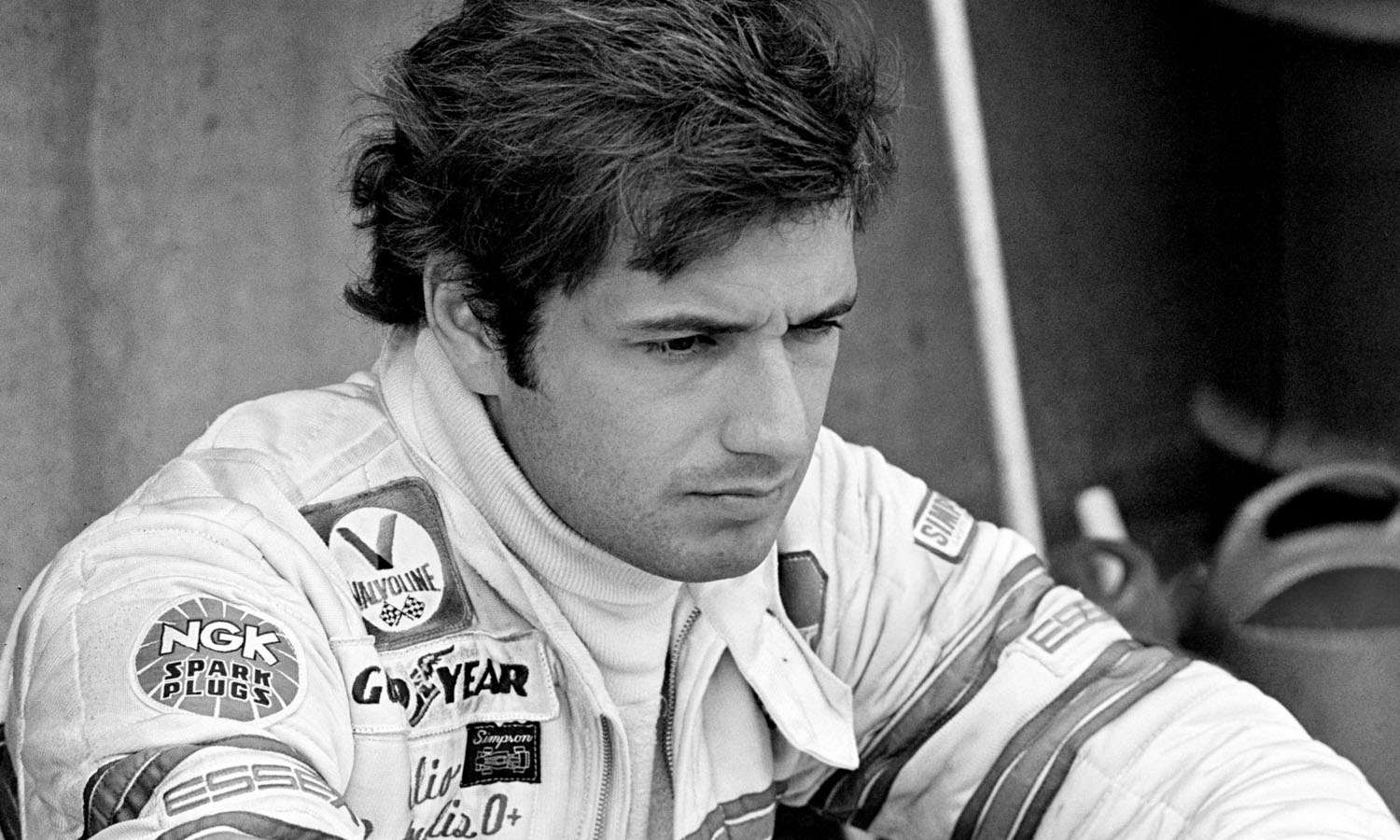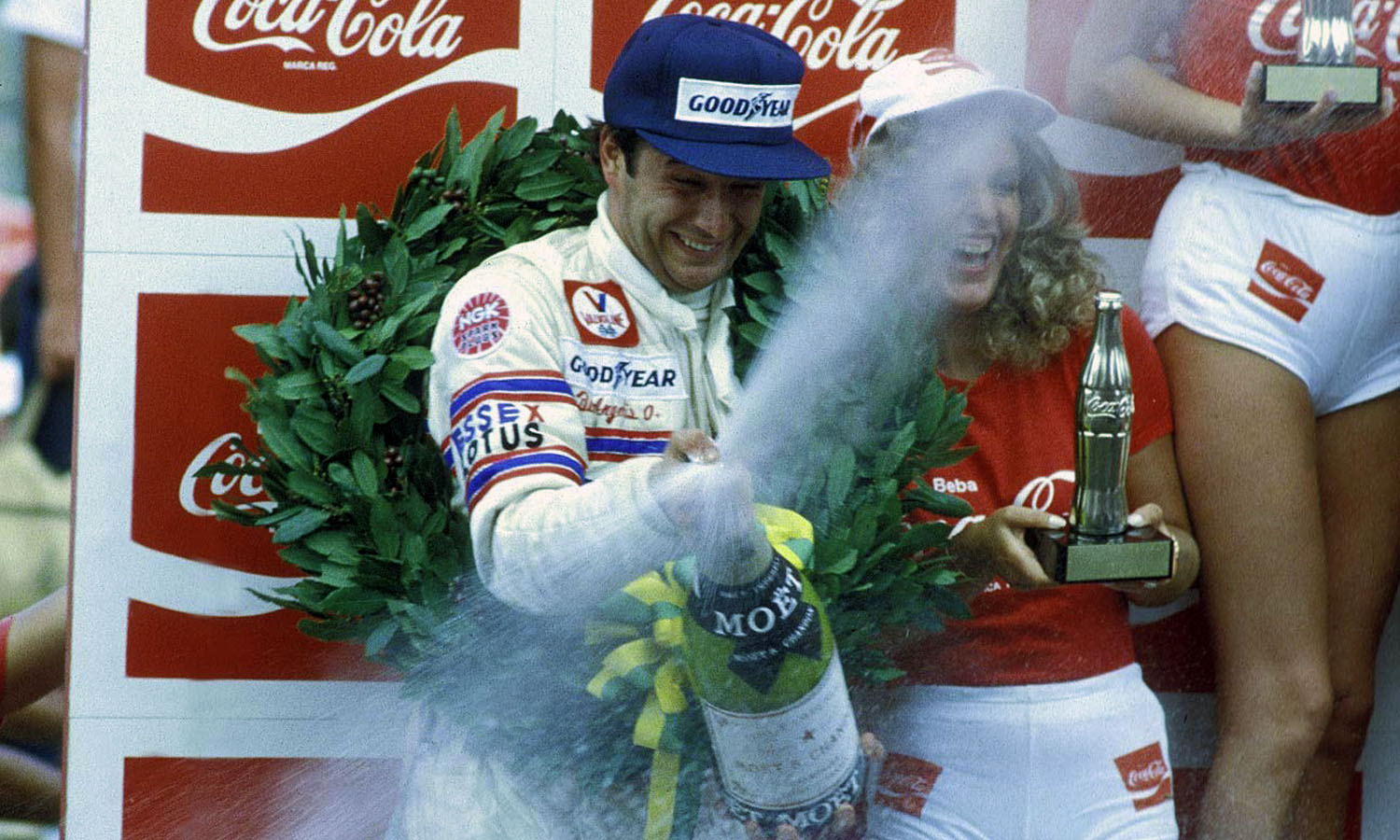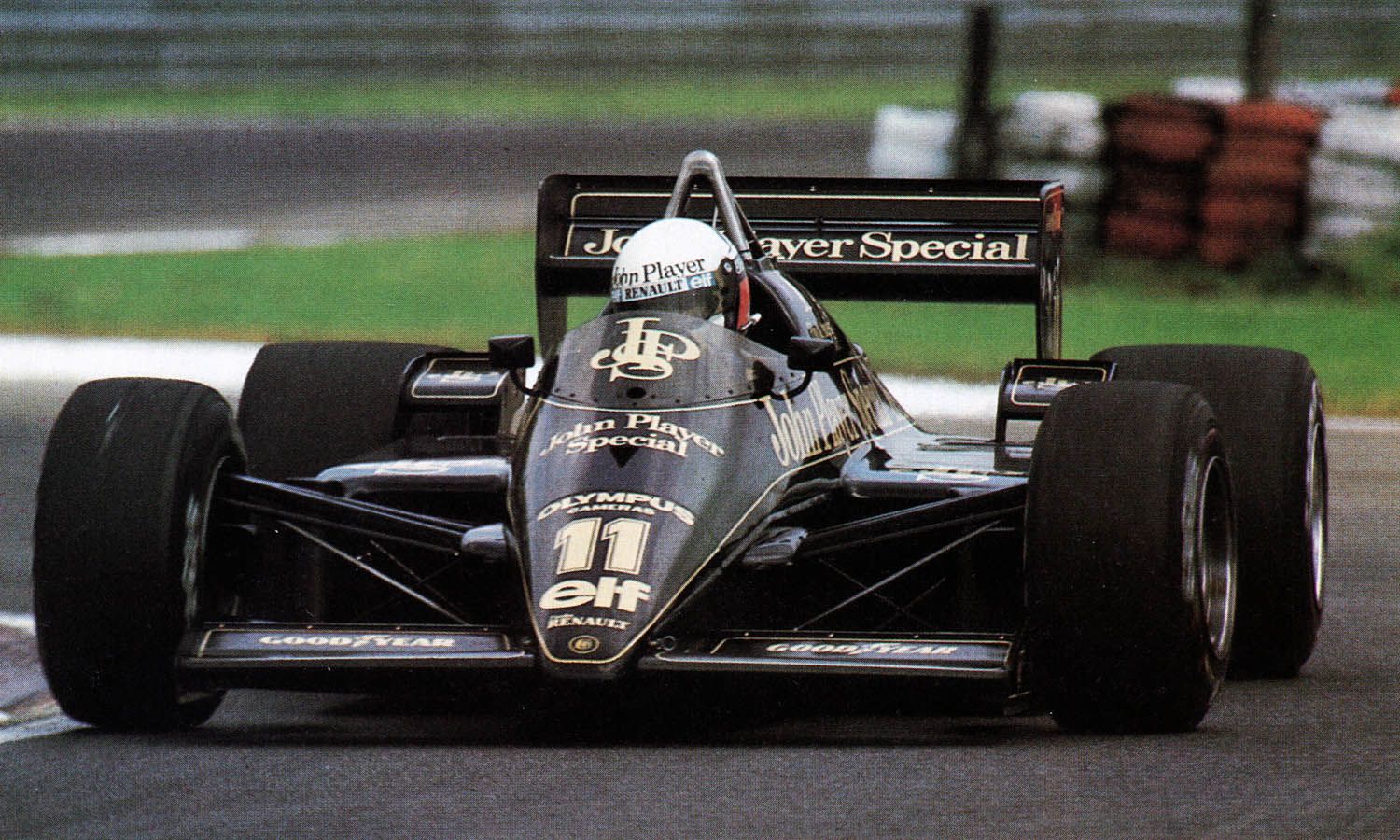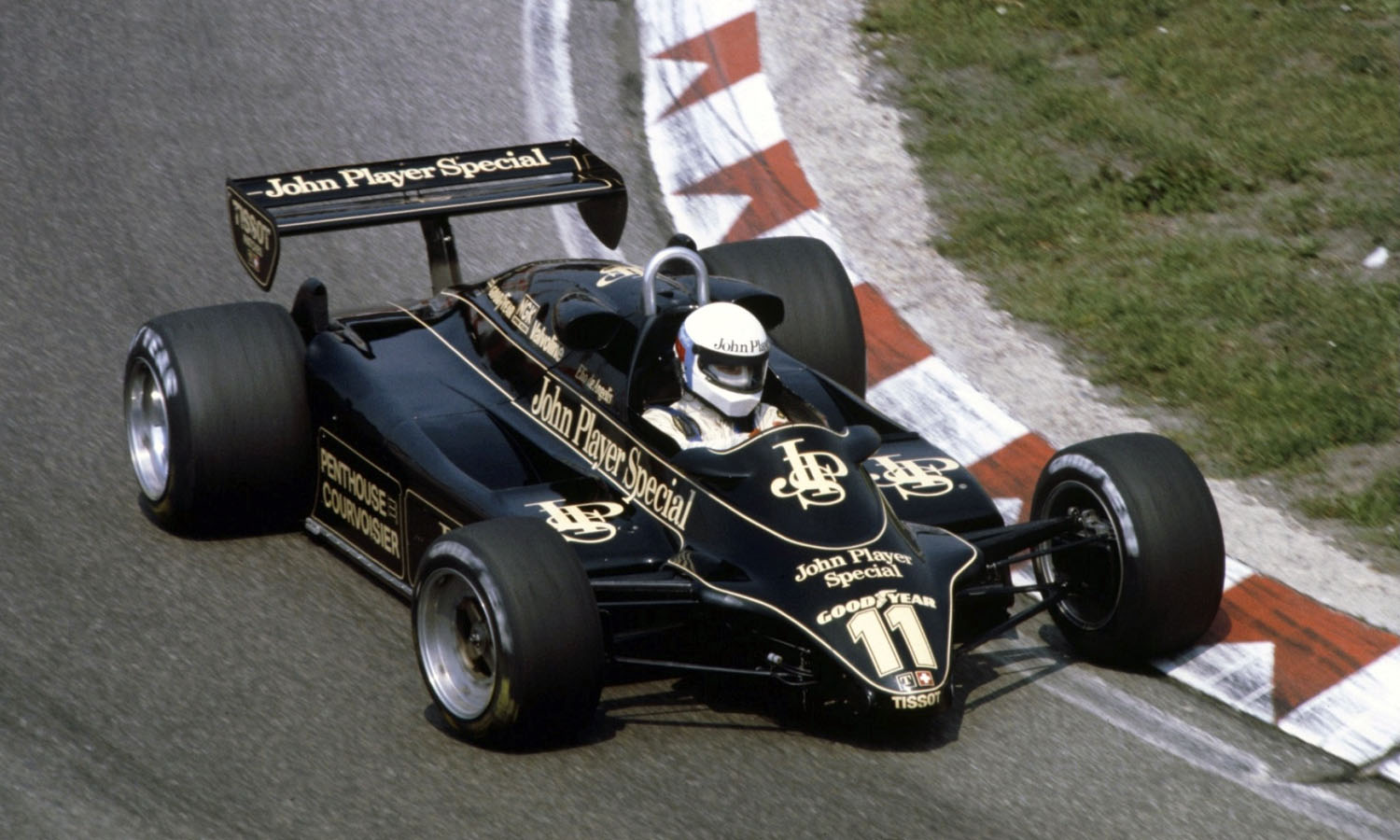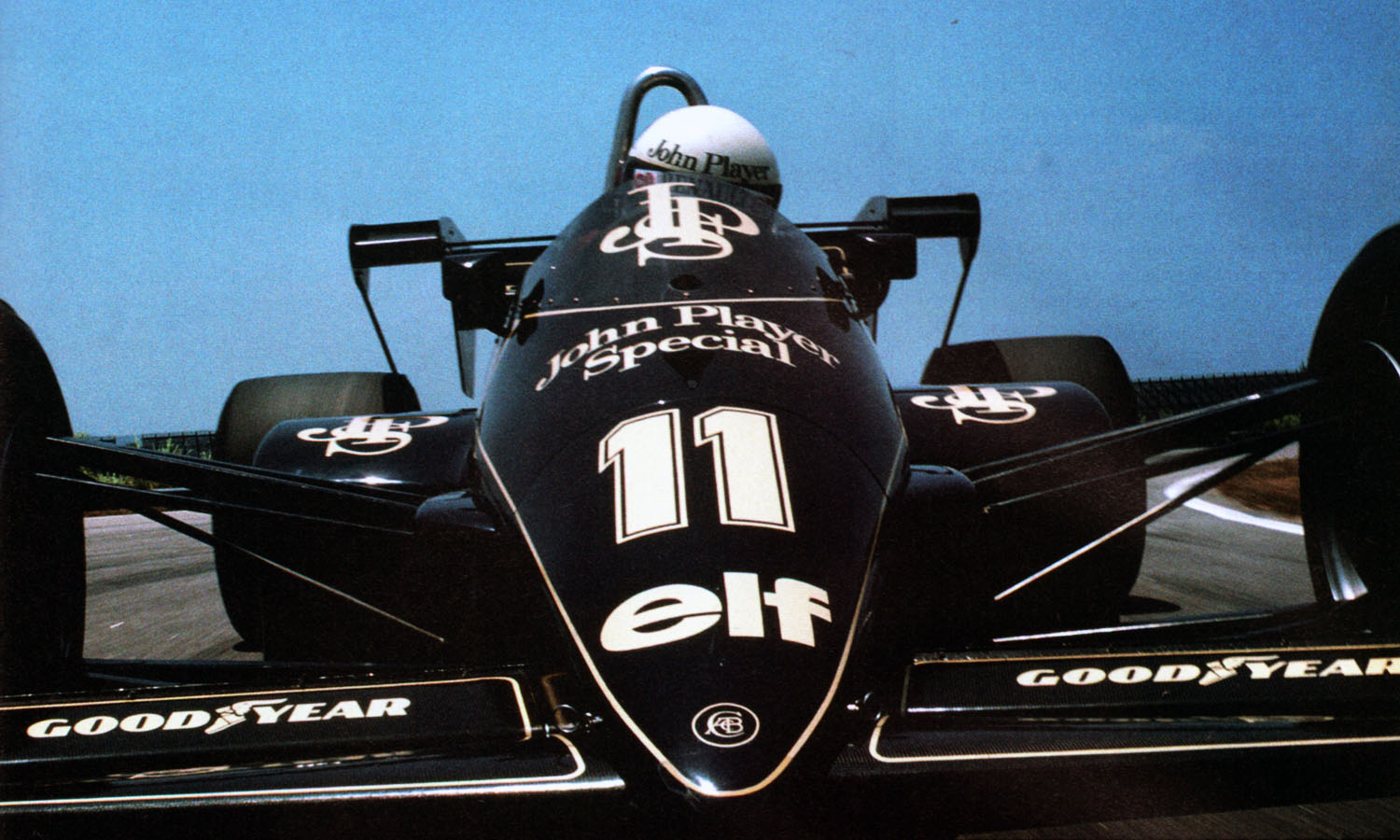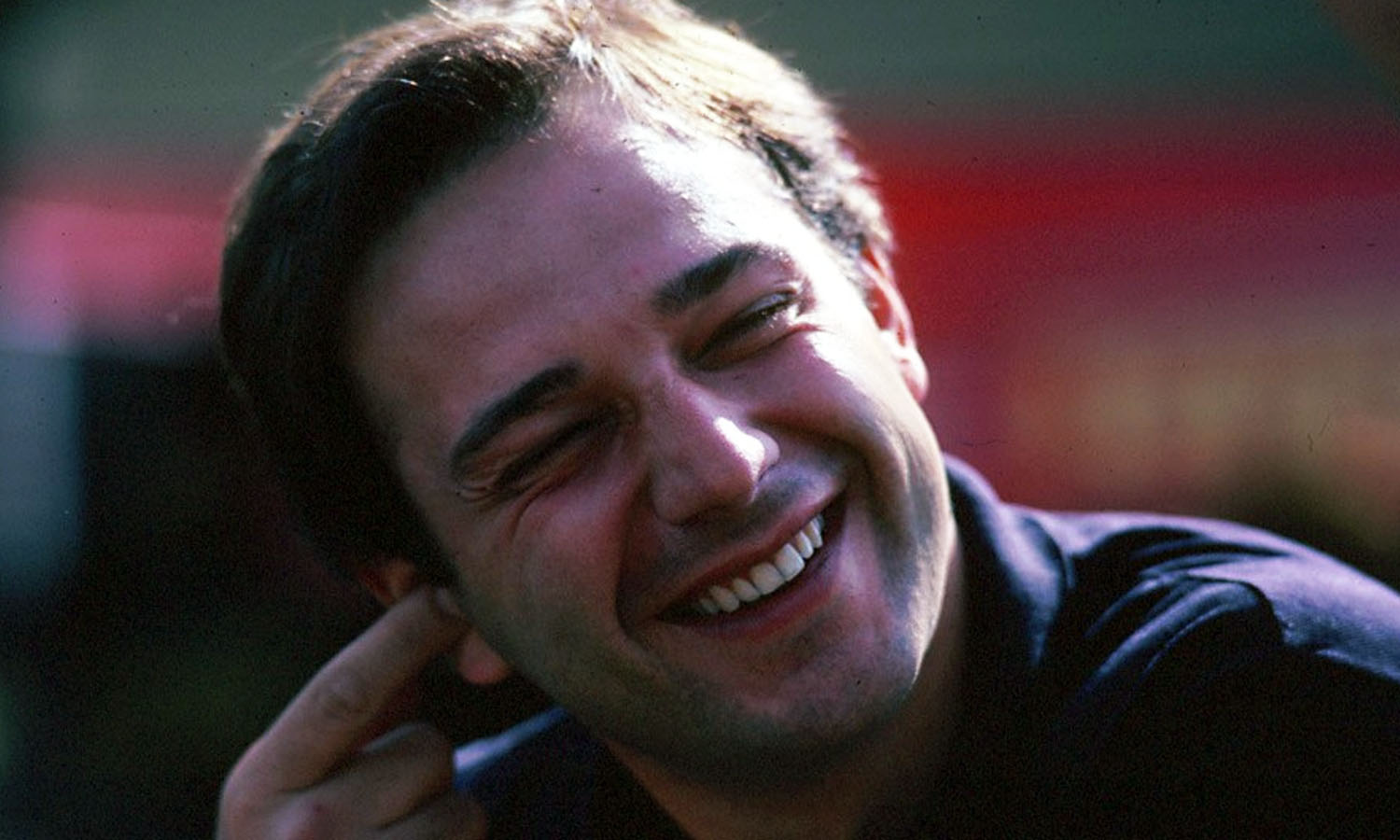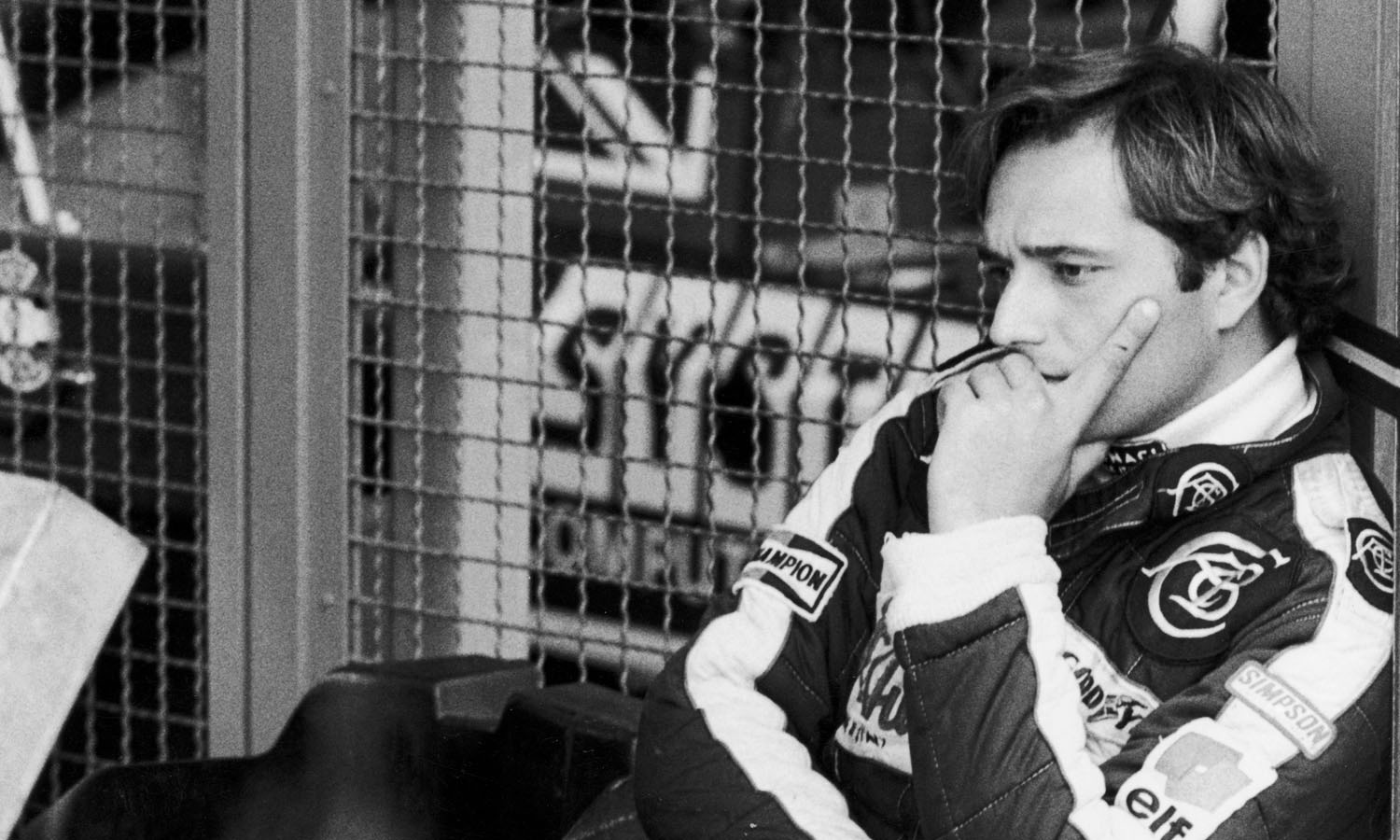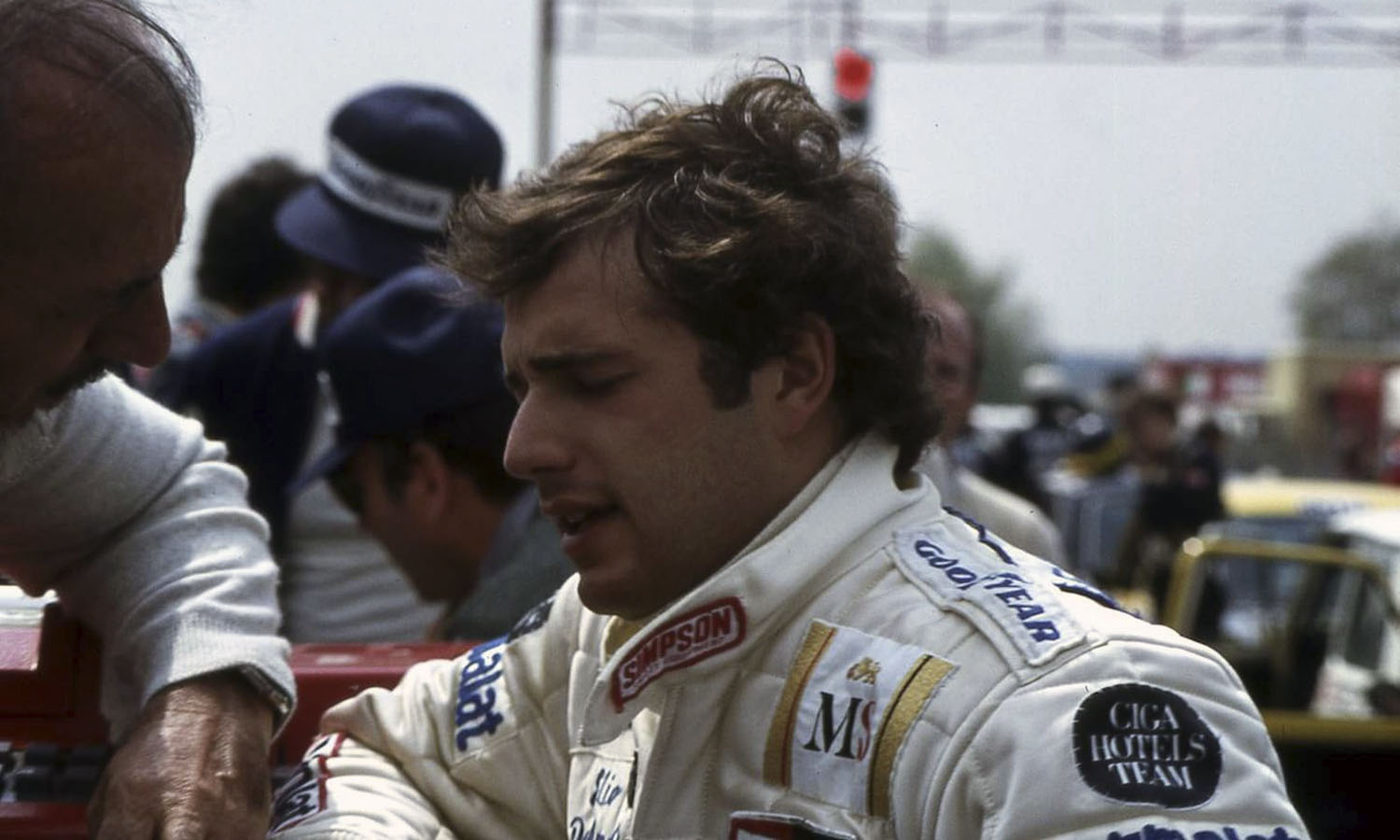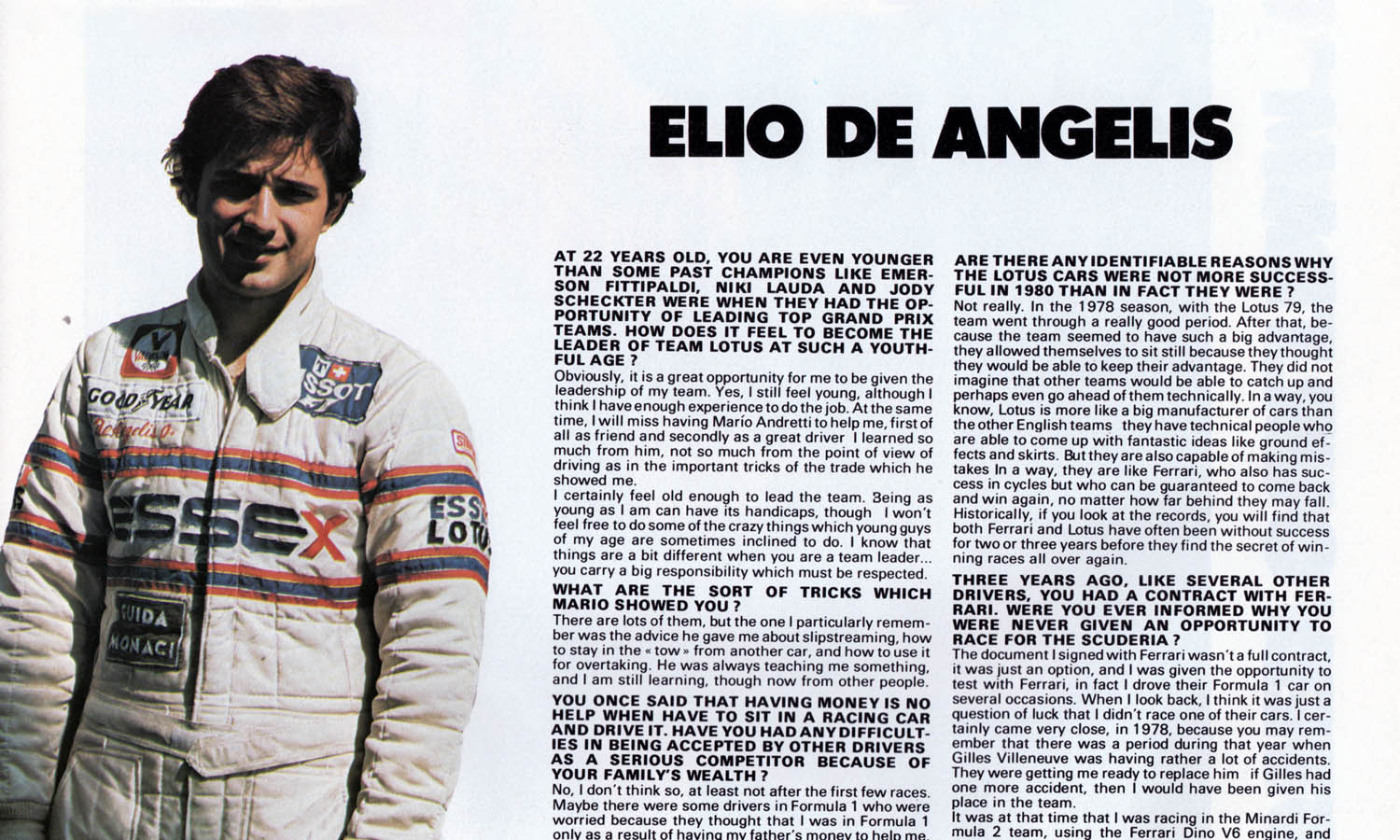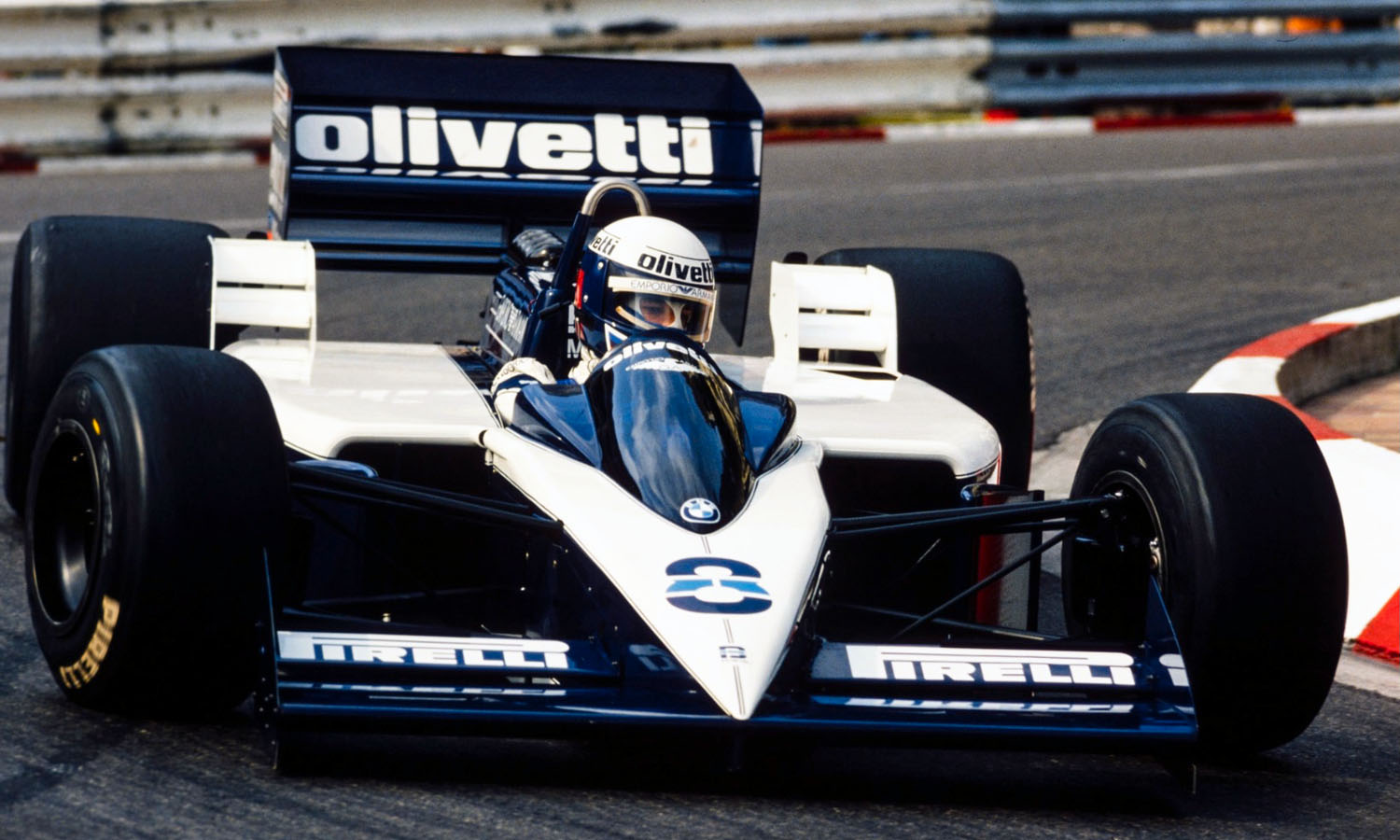According to the young Roman "Monza is a very difficult circuit" - How he drives his Lotus
Translated by this website

MONZA – Elio De Angelis. 23 years old, Roman (but resident in Monte Carlo like many Formula 1 colleagues), a very dangerous bachelor, he entered the great circus thanks to his father’s money but was able to quickly transform himself from a pay to drive into a paid driver. He has not yet won a Grand Prix (out of 39 so far) but some important placings as soon as he found himself in possession of a competitive and reliable car confirmed his skill. It is De Angelis – who will compete in the Italian Grand Prix with his Lotus 87 – to “Explain” the Monza track:
“A race of crucial importance for me. There are two reasons: emotional and career. I raced two Italian Grands Prix: Monza, in ’79 with the disastrous Shadow and last year at Imola, where I finished fourth, satisfied because in front of me and my Lotus 81 there were only cars, like Piquet’s Brabham and the two Williams of Jones and Reutemann. I will try to improve this fourth place in Monza, a difficult circuit that requires a lot of a car. A dose of aerodynamic load, exasperated top speed on straights and powerful brakes are essentials”.
“You reach the three chicanes at high speed and you shouldn’t have any problems slowing down. Lacking brakes at Monza means being cut off and it’s the most frustrating feeling”.
“The first chicane after the pits consists of two corners joined by a short straight. I don’t like it, because you are at the mercy of some stupid mistake made by others. You enter second but immediately put the third as soon as you have straightened the car at the exit. Then take a fourth to enter the bend, very fast, where for nothing you are wrong. You arrive quickly at the variant of the Roggia, hoping to pass the opponent in braking if you were in the correct position, downshifting and braking until you find yourself in second gear. Then take the third off the canal and enter the fourth when you enter the first part of the double curve of Lesmo”.
“Leaving it – continues De Angelis – you throw yourself into the fifth and go straight on up to the Ascari variant, in my opinion one of the best chicanes of all circuits. If you have a manageable car at Lesmo you can gain a couple of lengths over the opponent, get close to him on the straight and pass him on the Ascari variant”.
“This too is tackled in second, the exit is fast and you have to put in third as soon as you are out. Quickly, then, fourth and fifth between two wings of spectators on the straight that leads to the Parabolica, the final curve before the start-finish straight. Here you can choose two trajectories: enter narrow and then widening or face it by entering wide and exiting narrow.
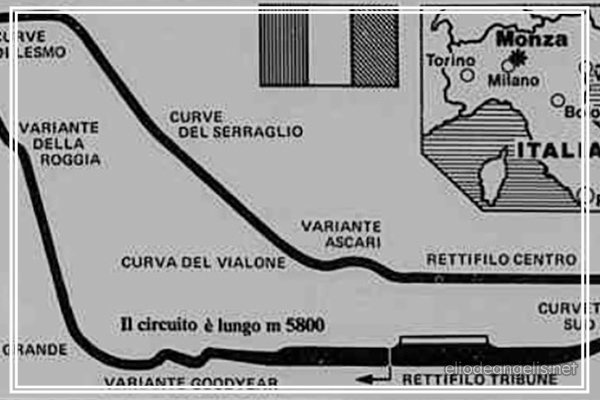
It depends on whether you are trying to overtake or if you must defend your position from the attacks of others. I race the Parabolica in third, slap in the fourth on the way out and then the fifth and hit the pits again”.
“There is nothing to do” – concludes De Angelis -. “I love to drive on home tracks. The crowd joins the race with you. And I think my Lotus 87 will make a good impression on the long Monza straights”.
© 1981 La Stampa (September 13, 1981) • By Gian Dell’Erba • Published for entertainment and educational purposes, no copyright infringement is intended.


